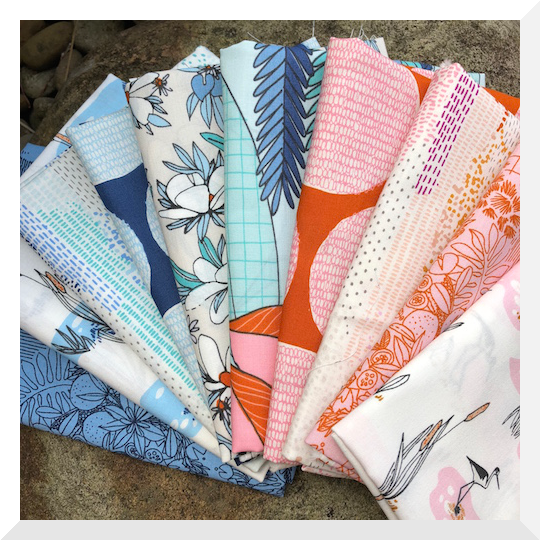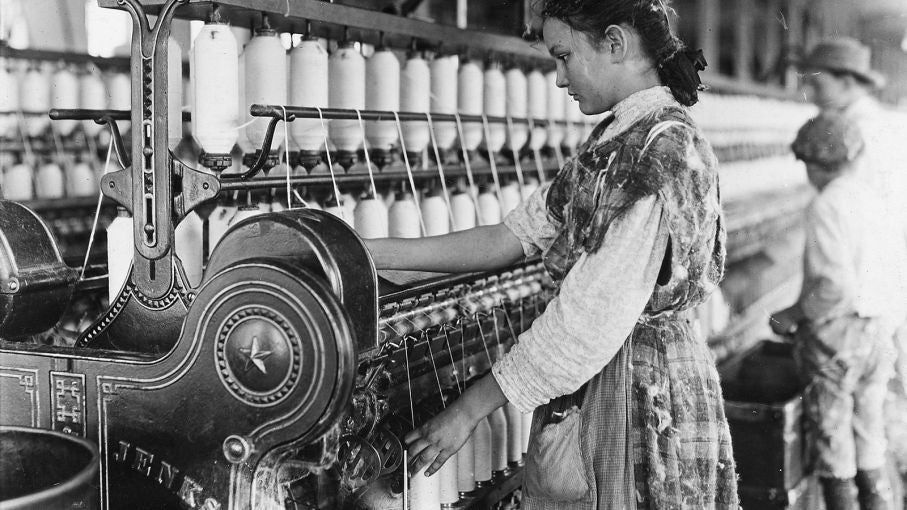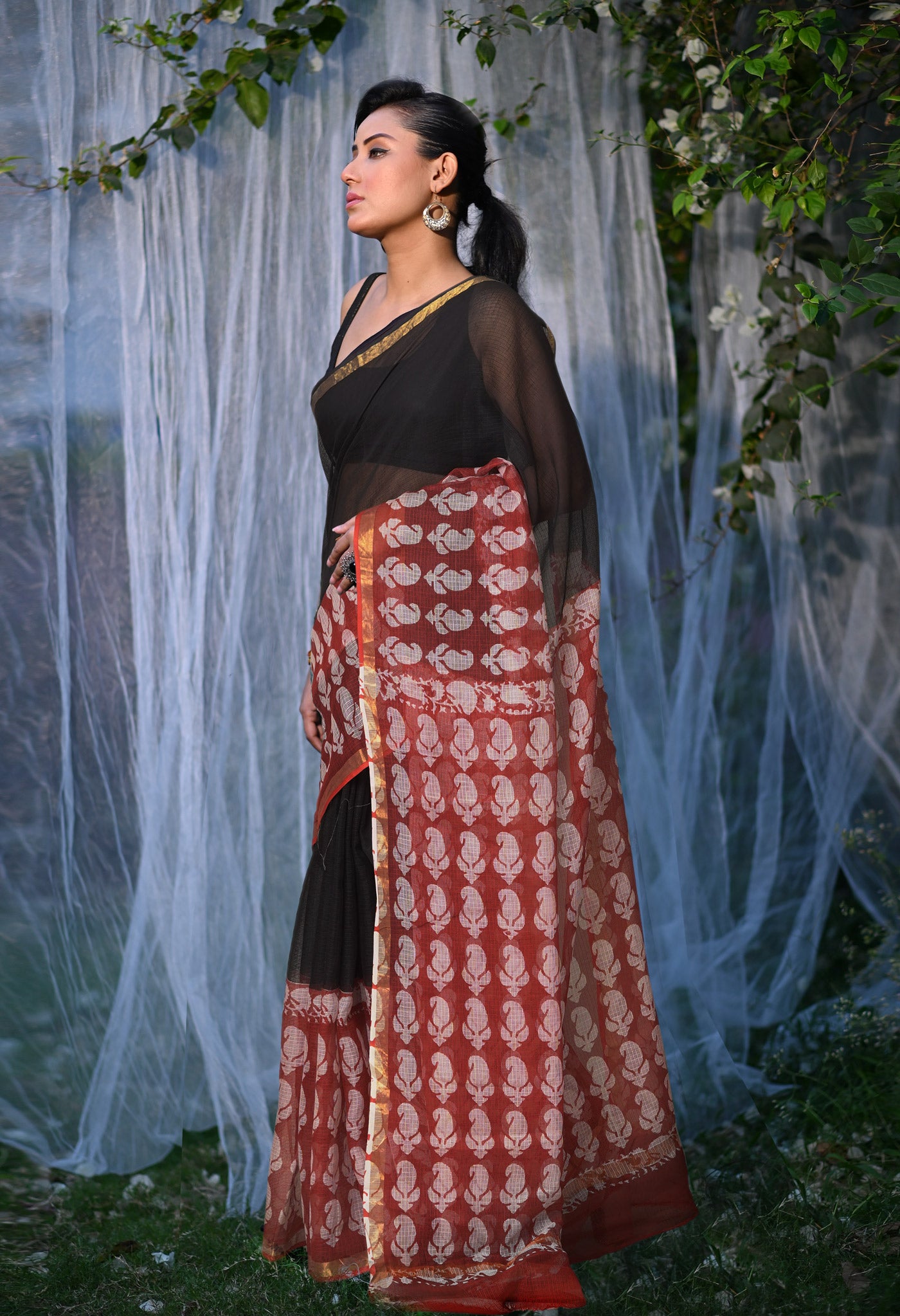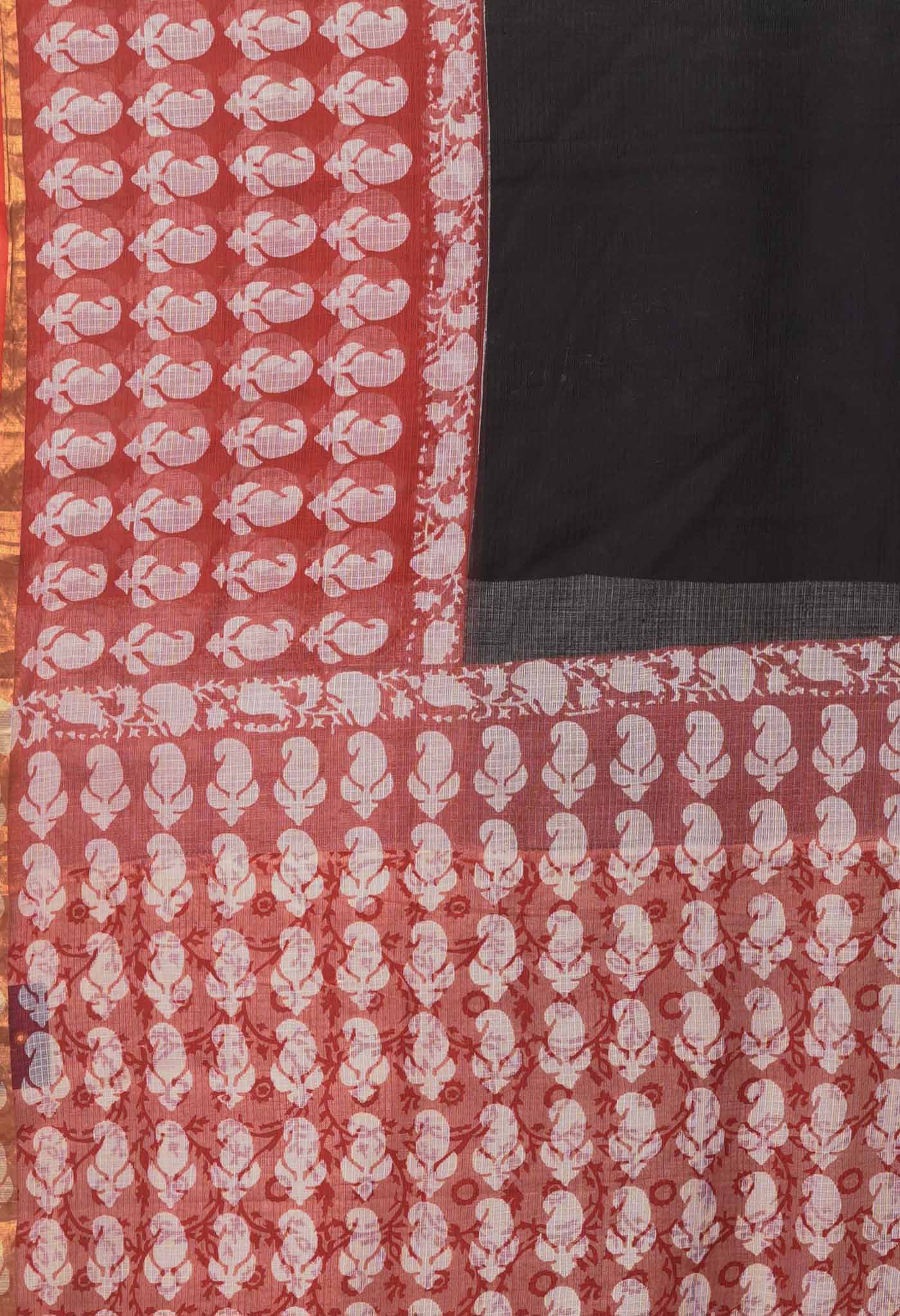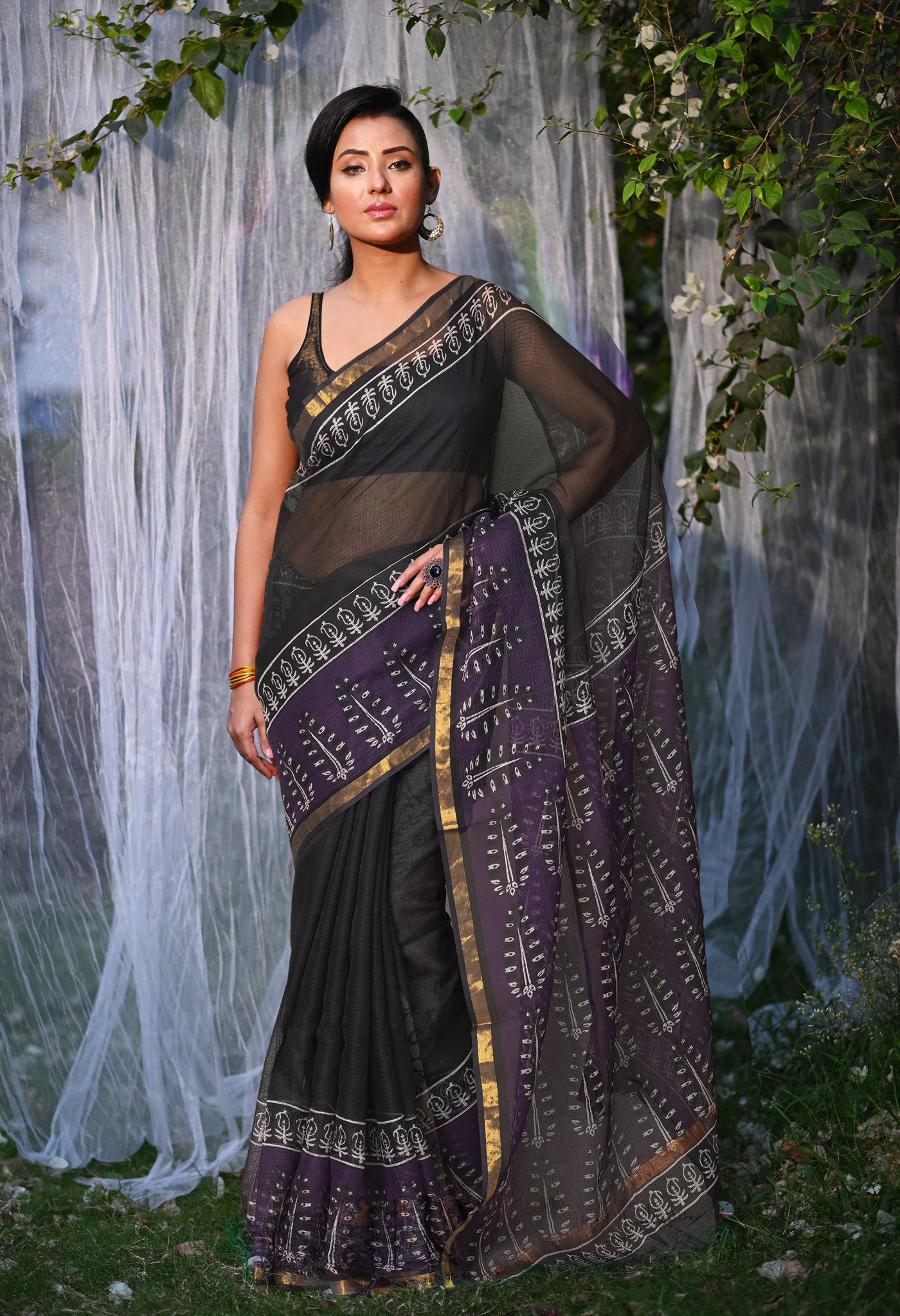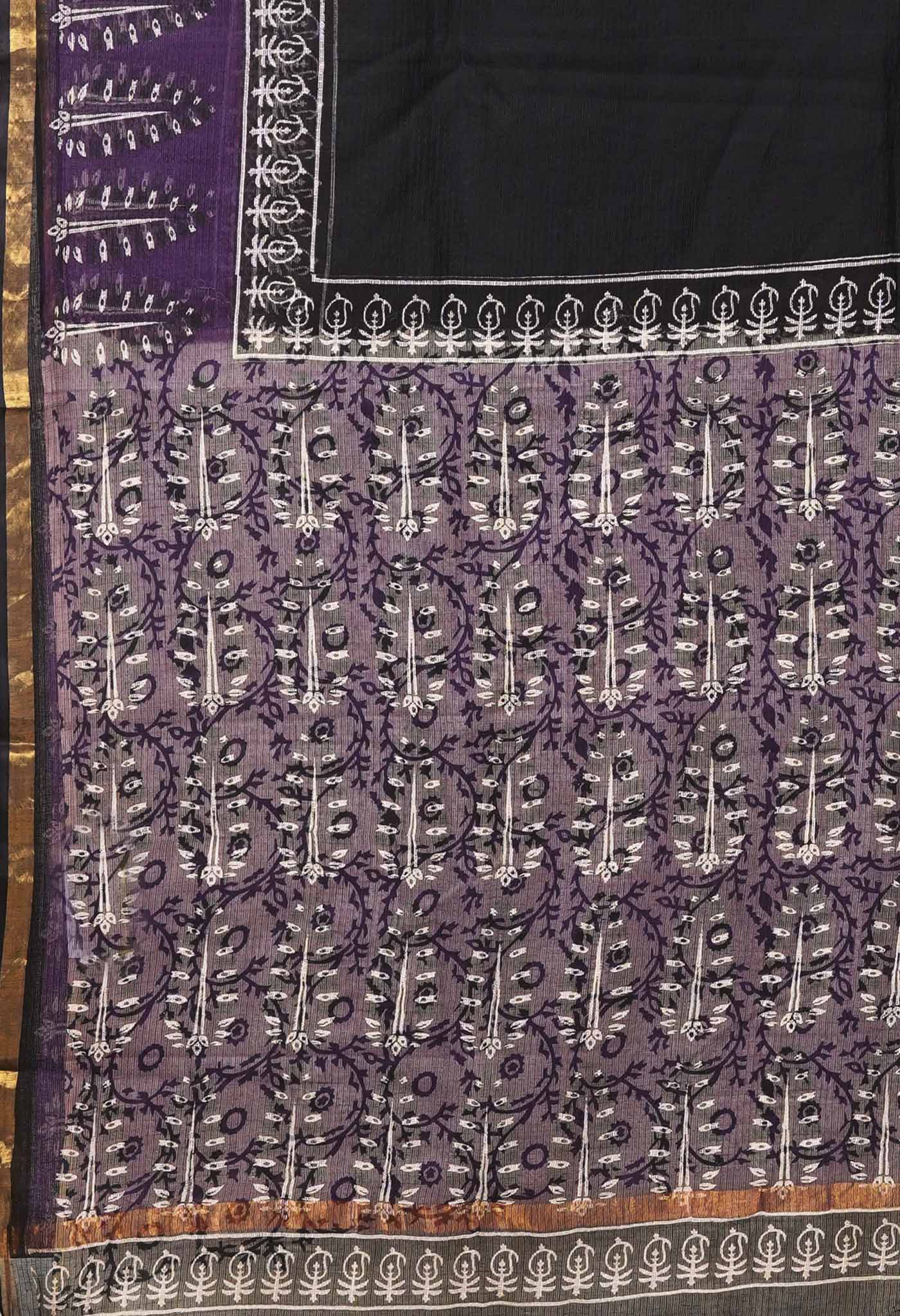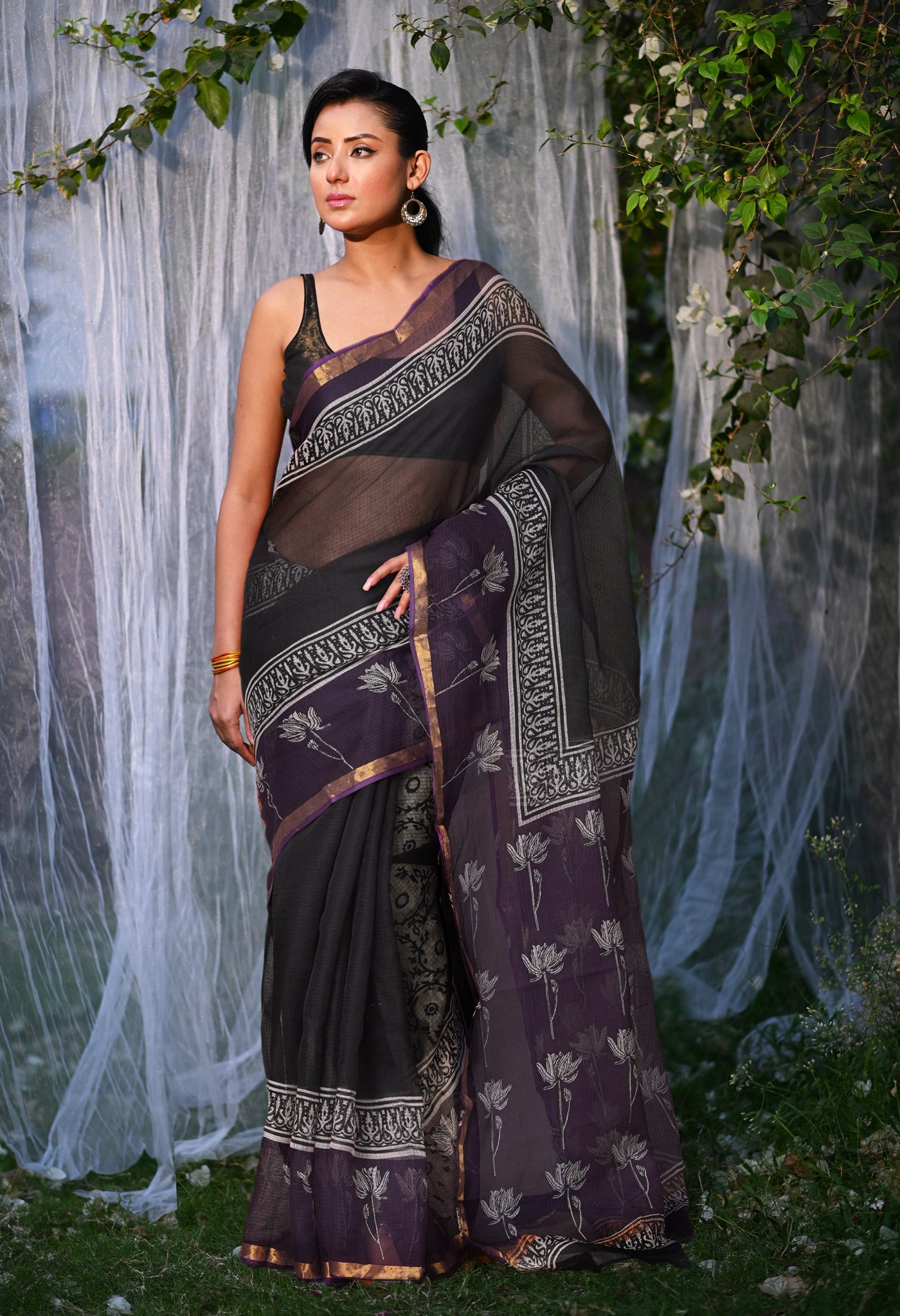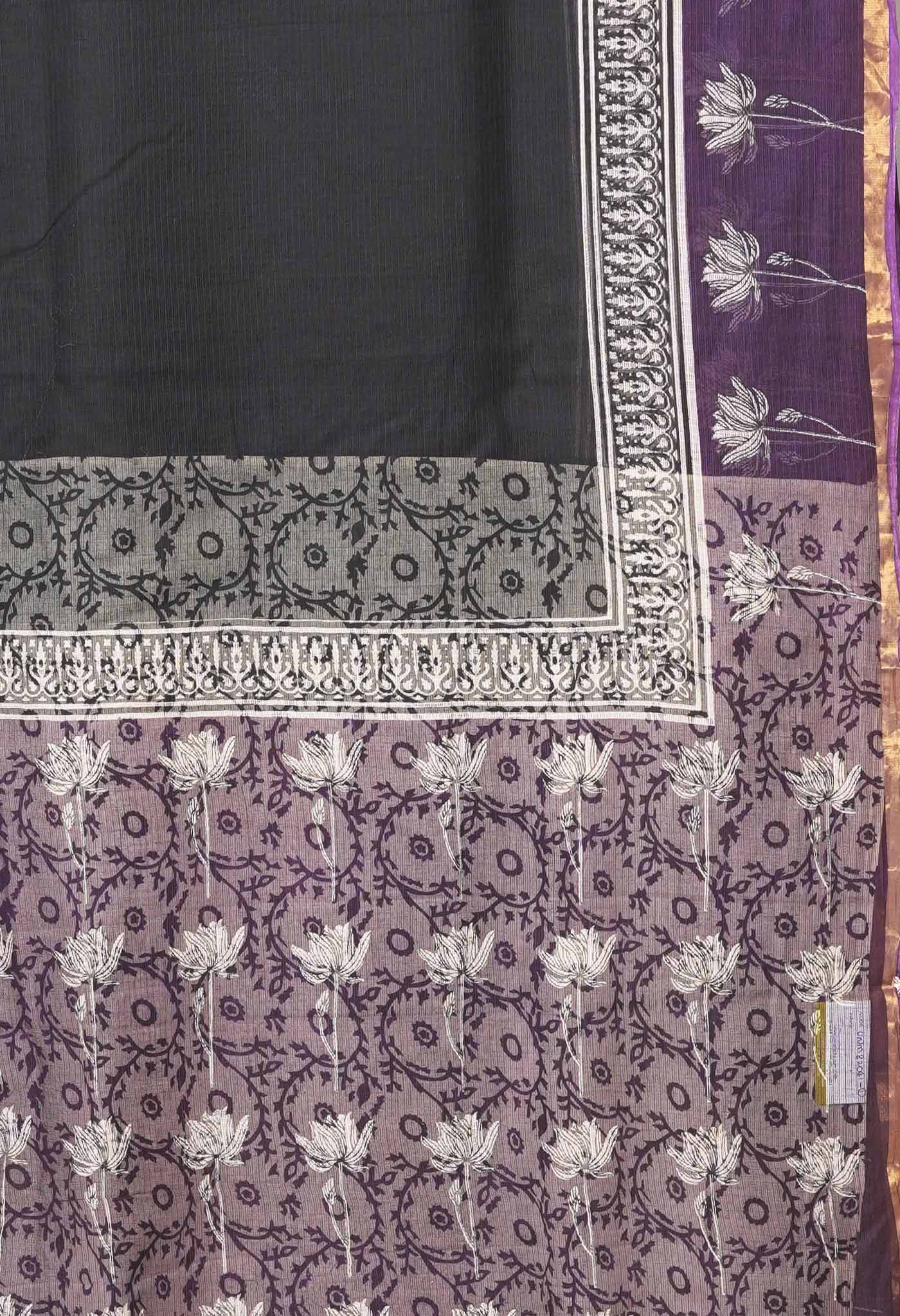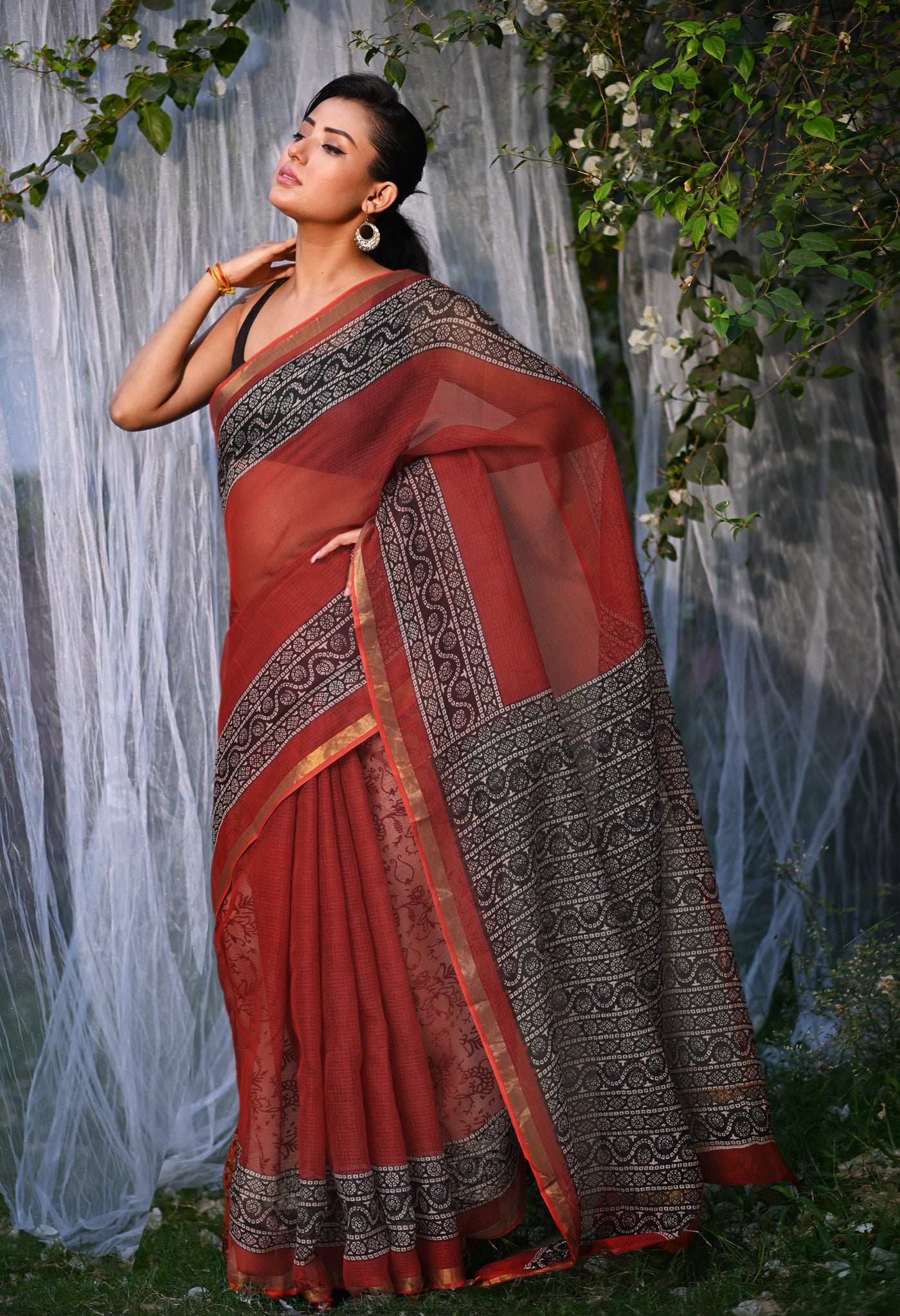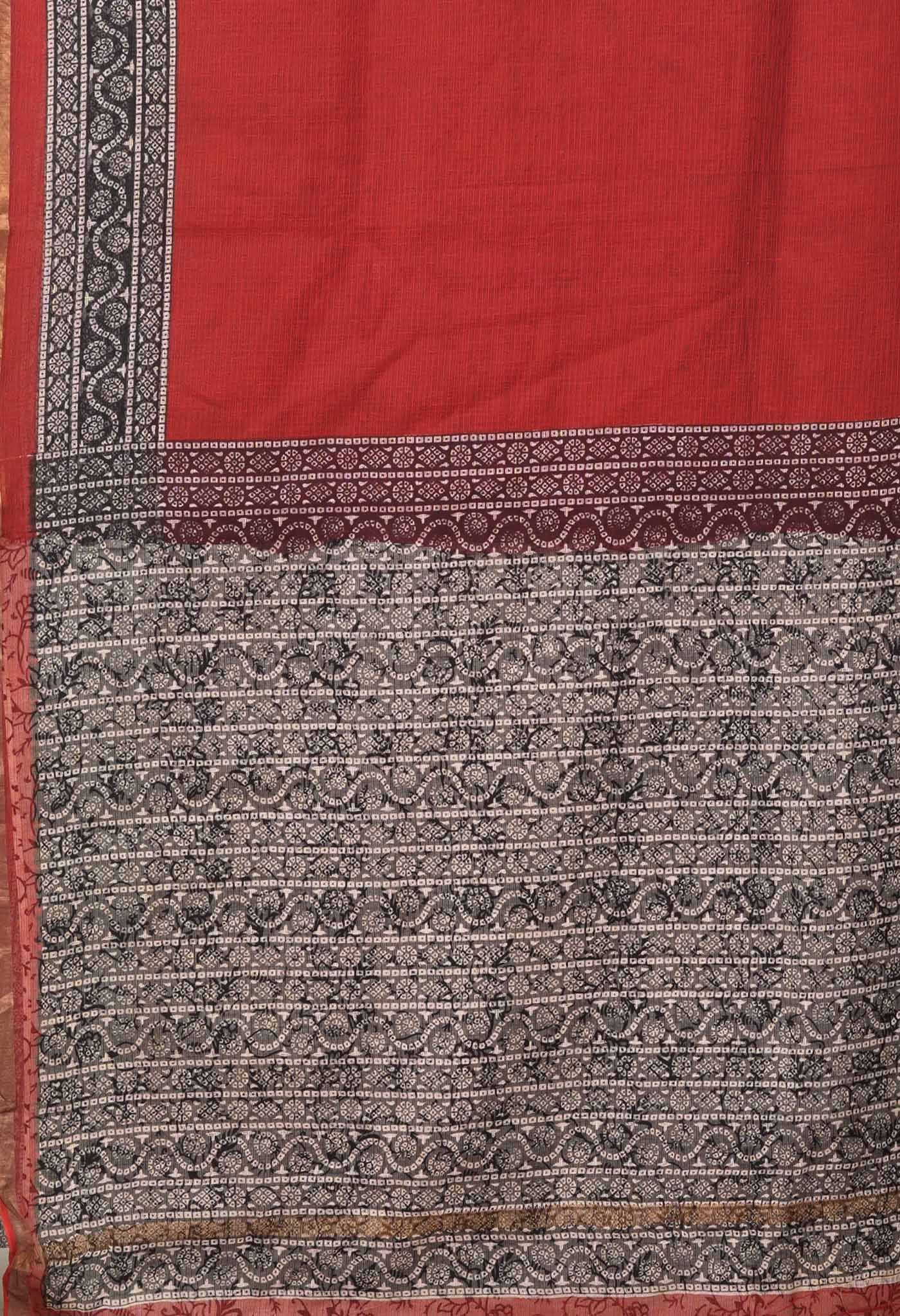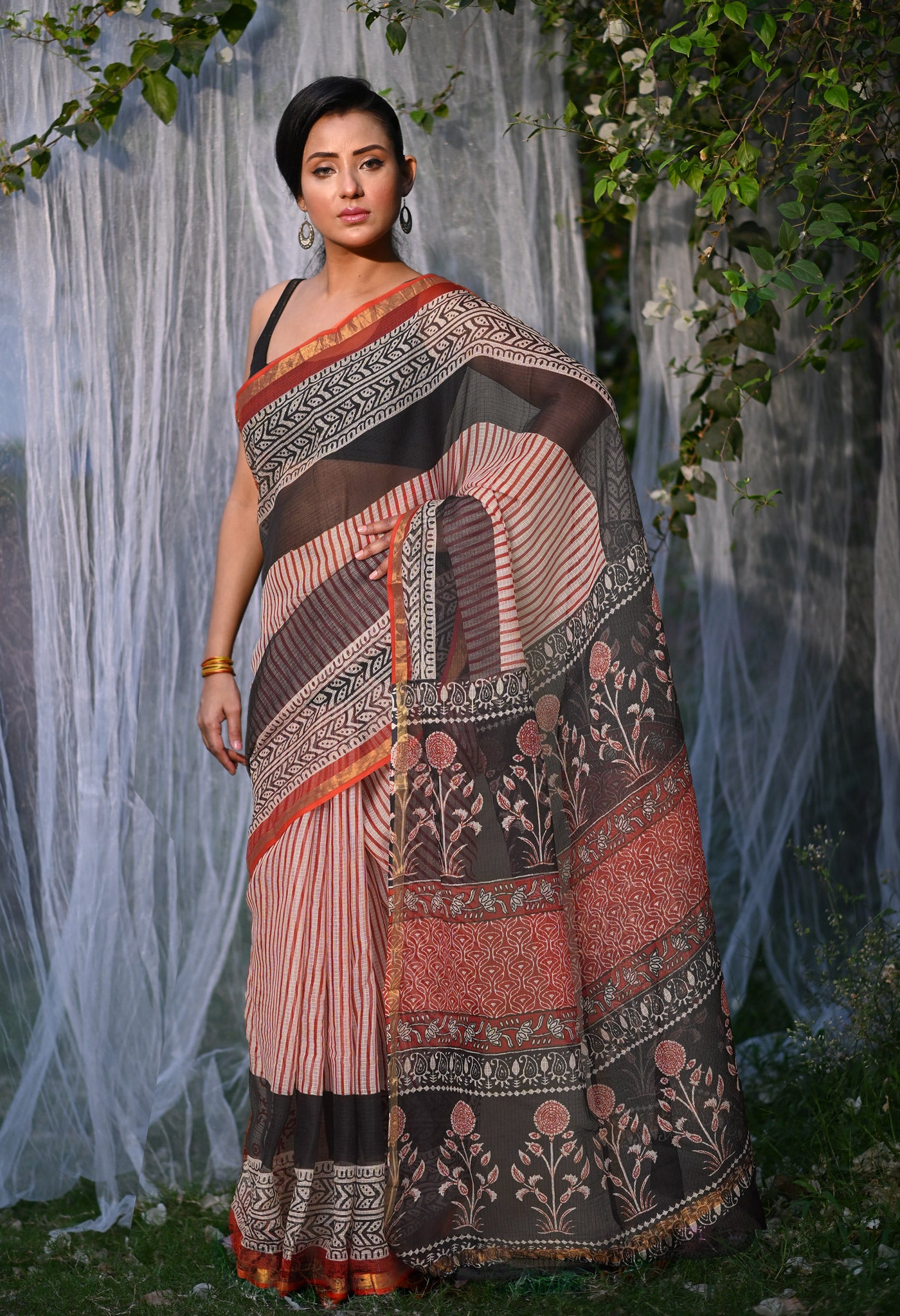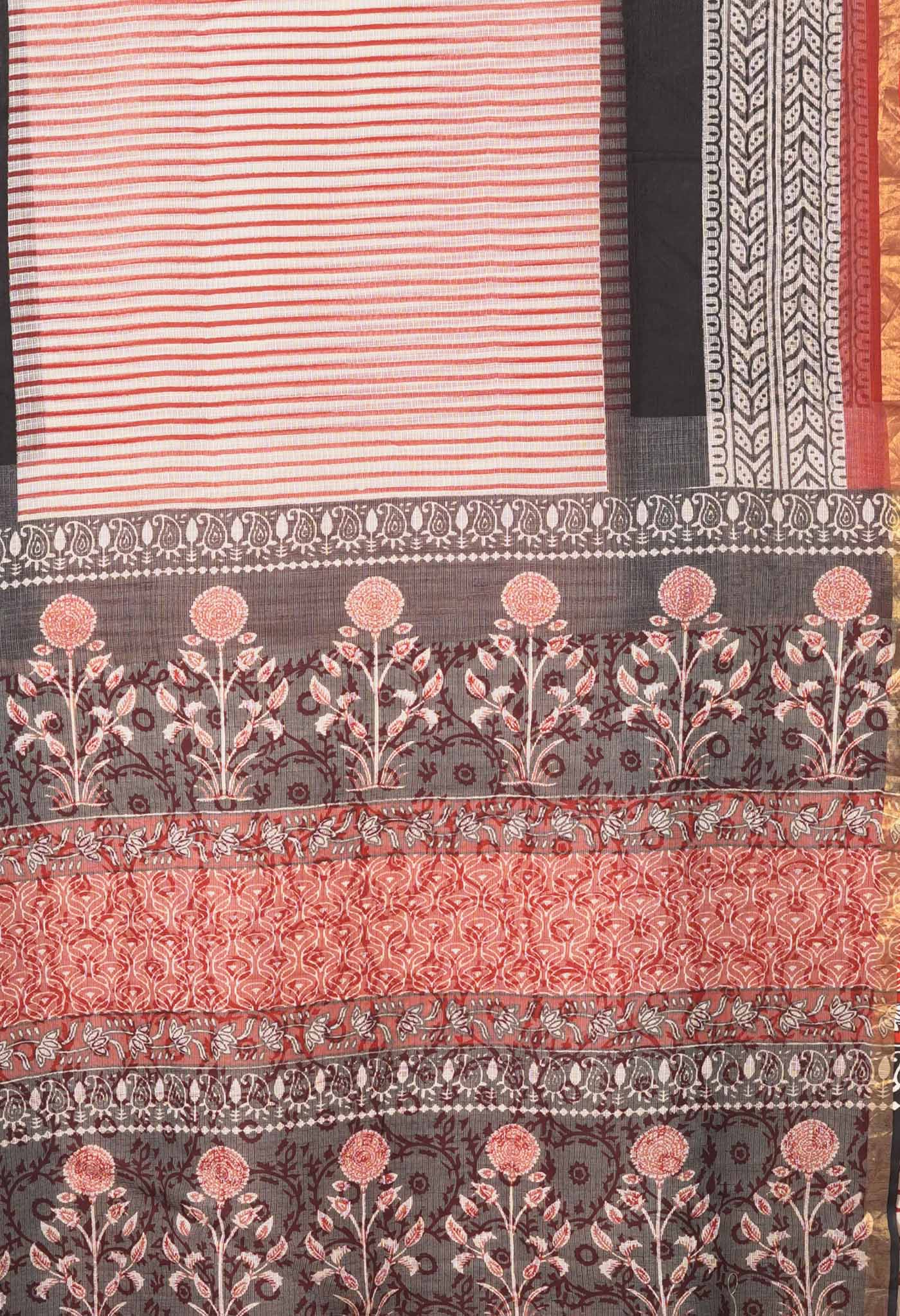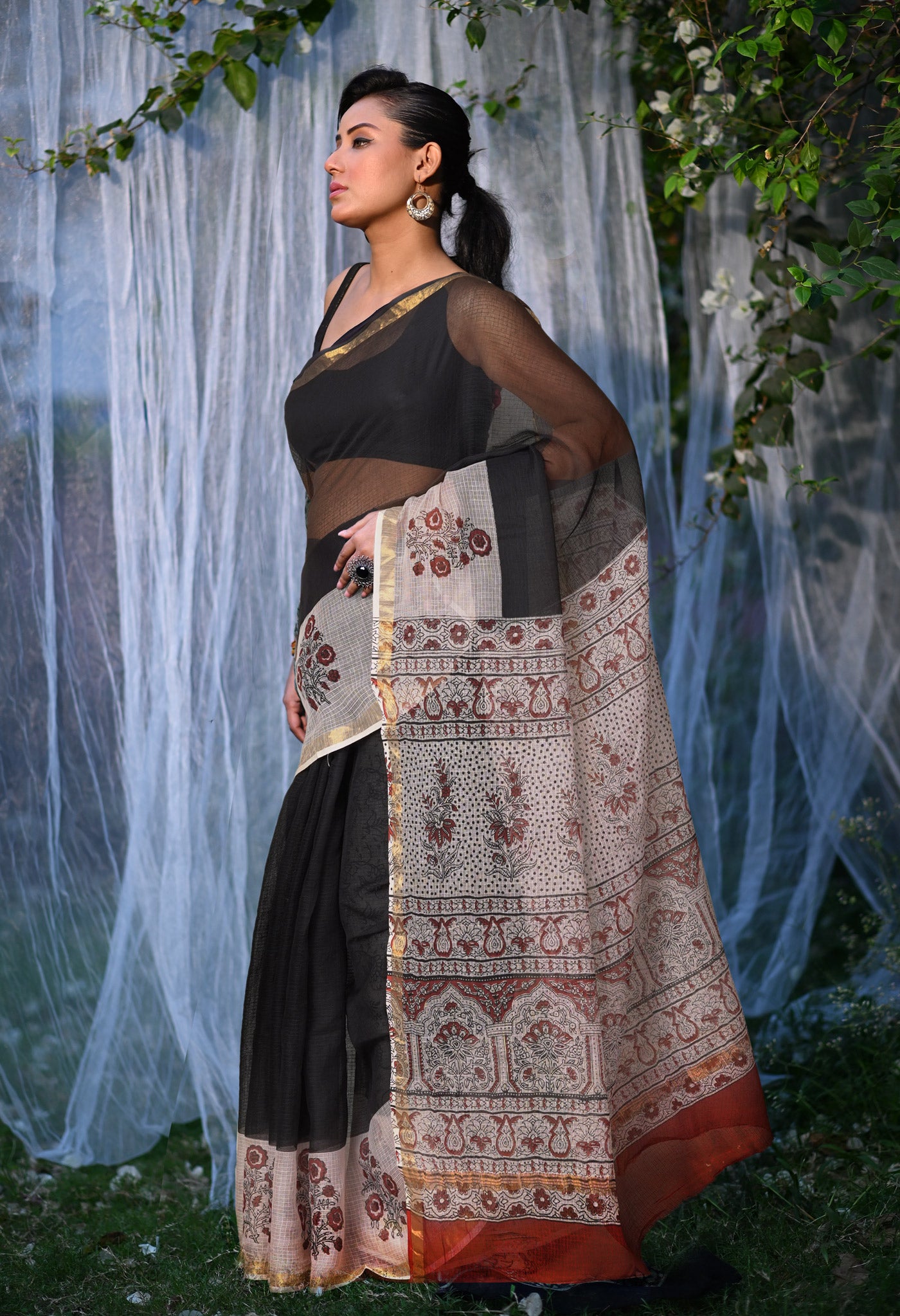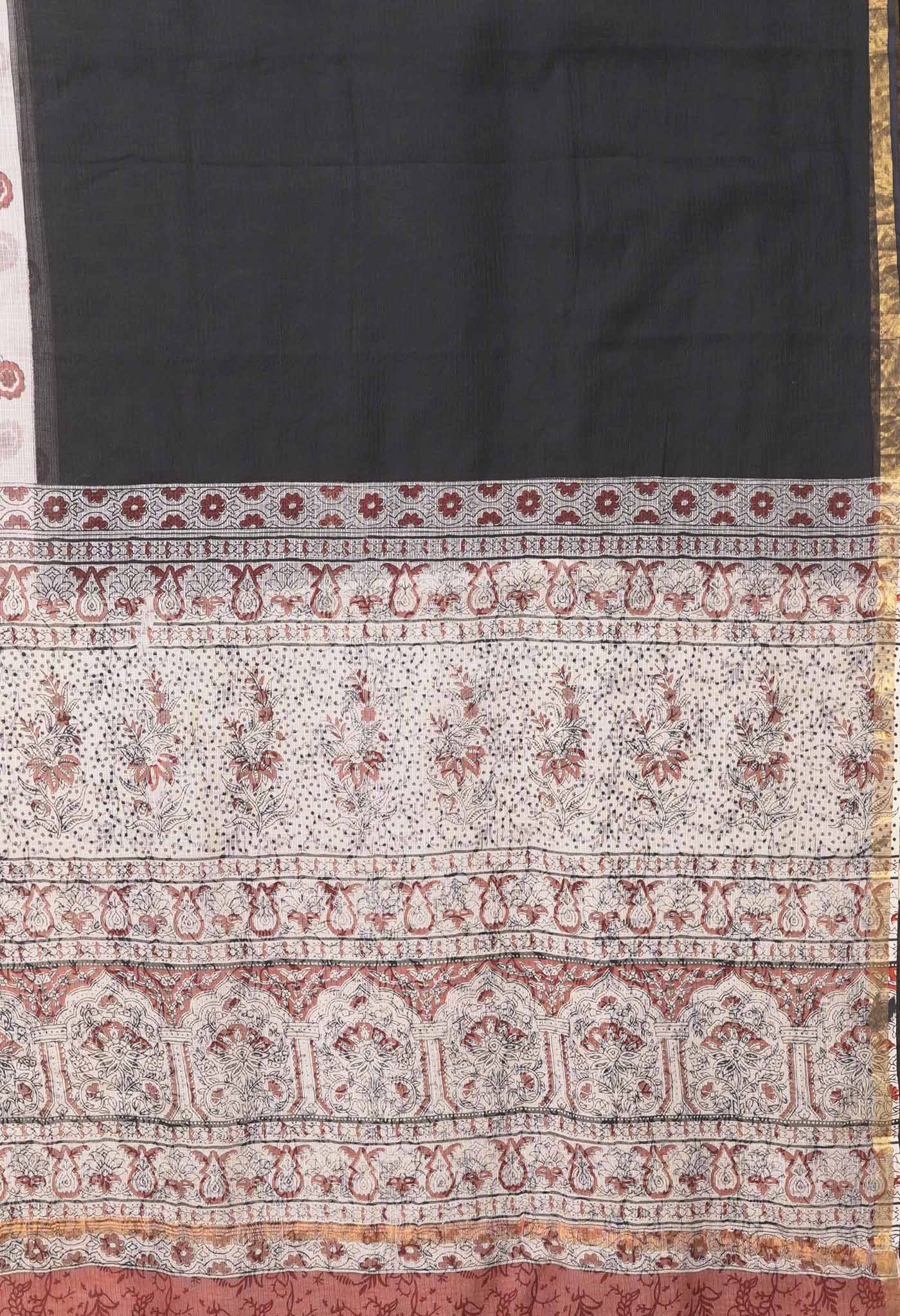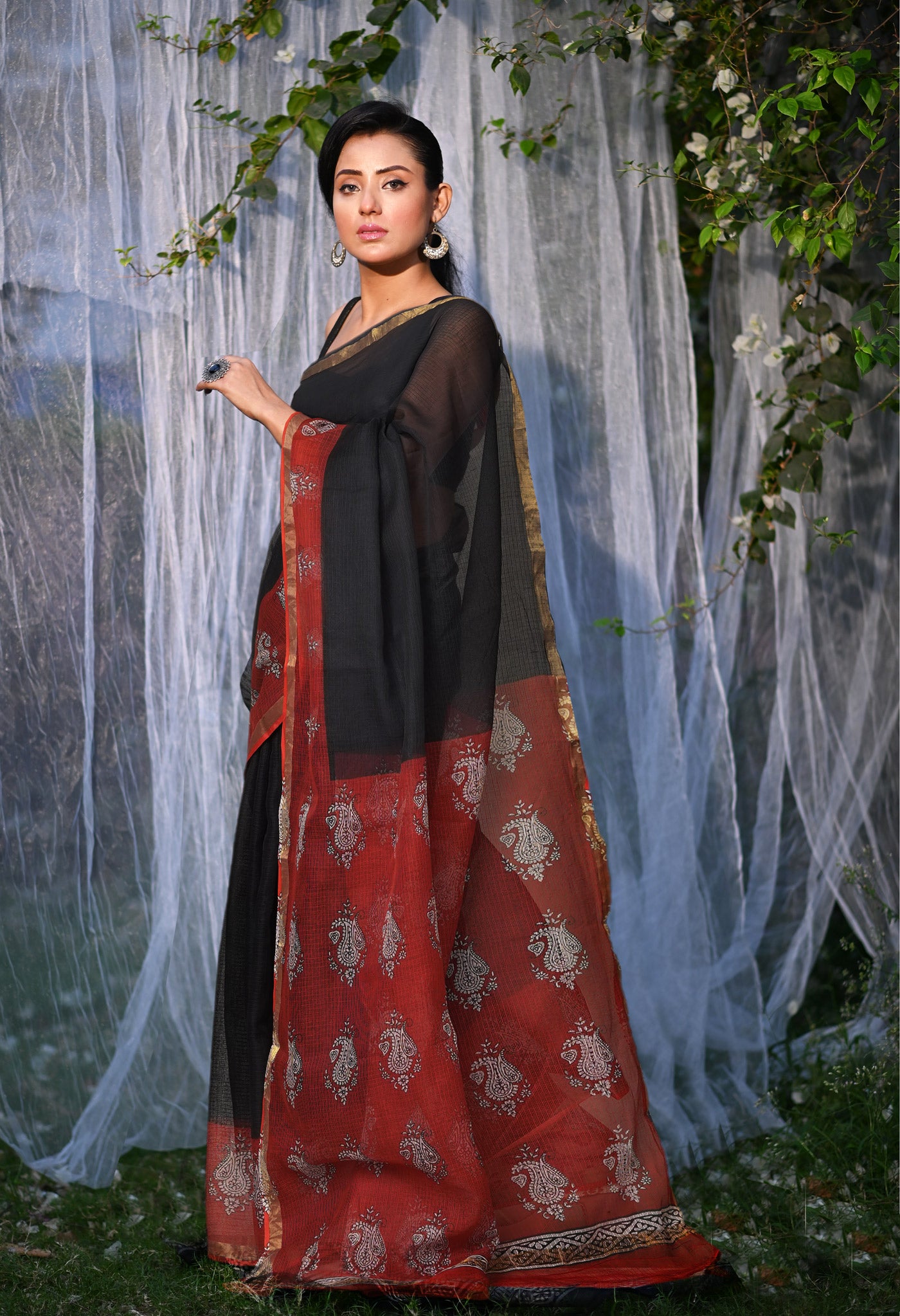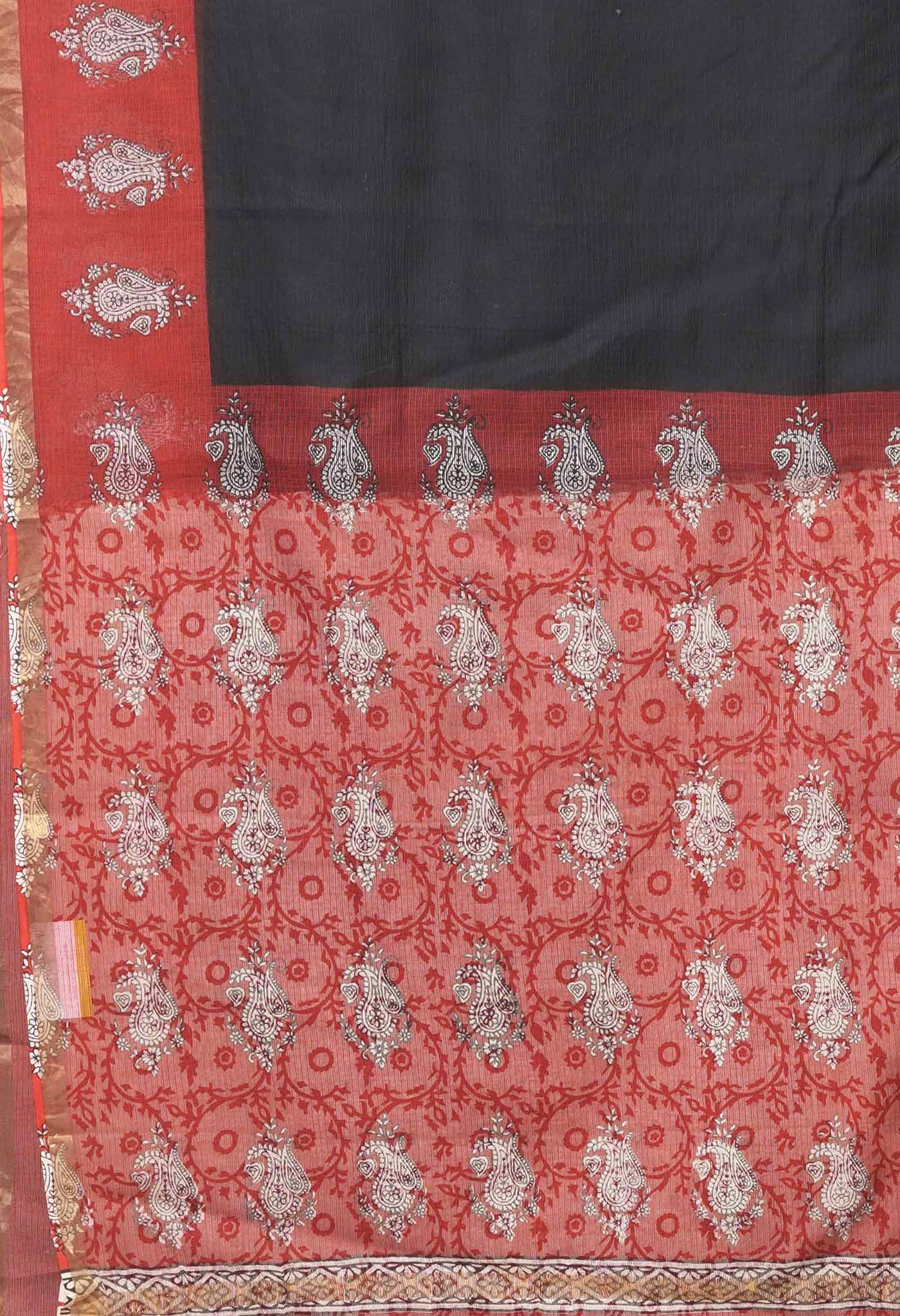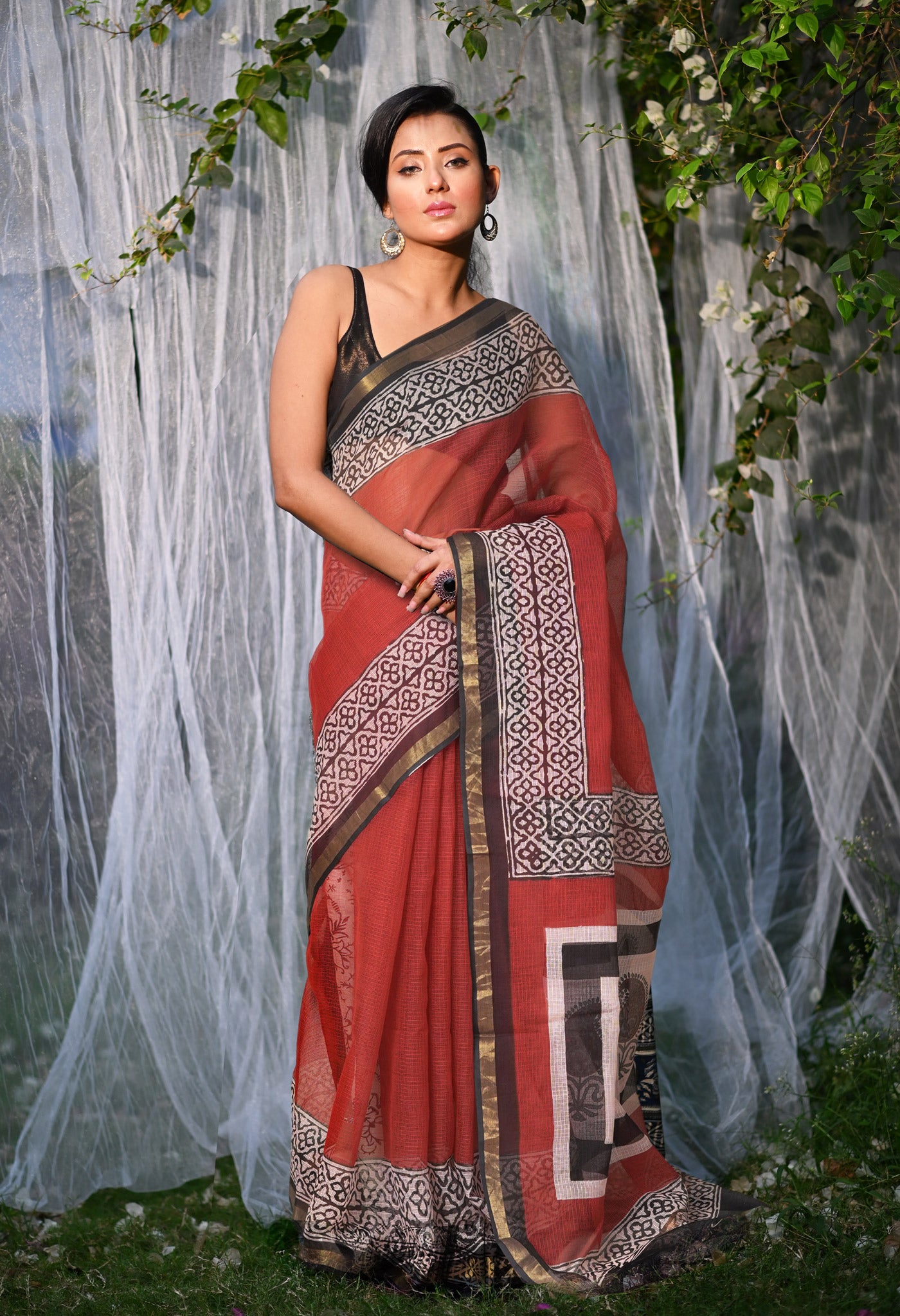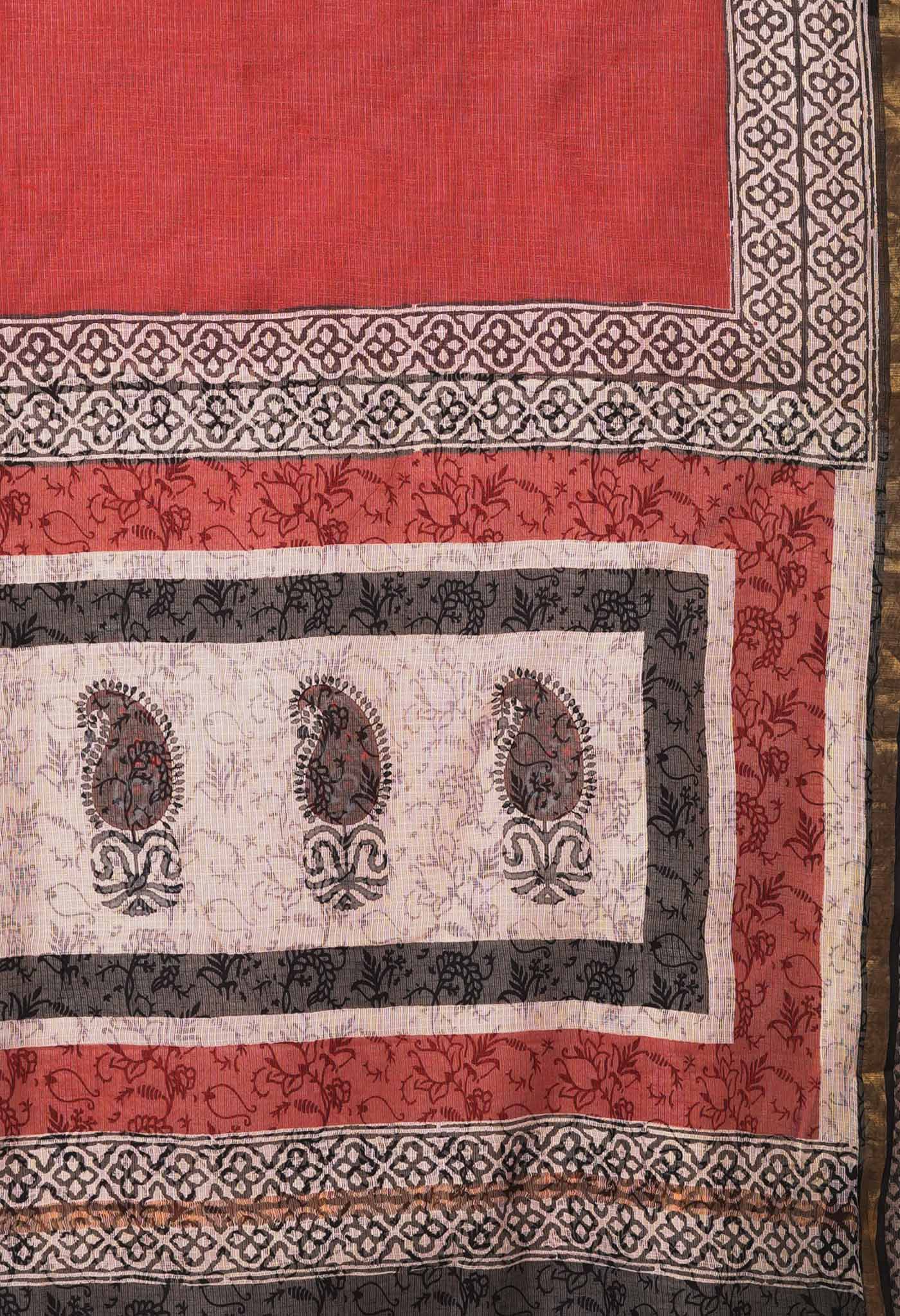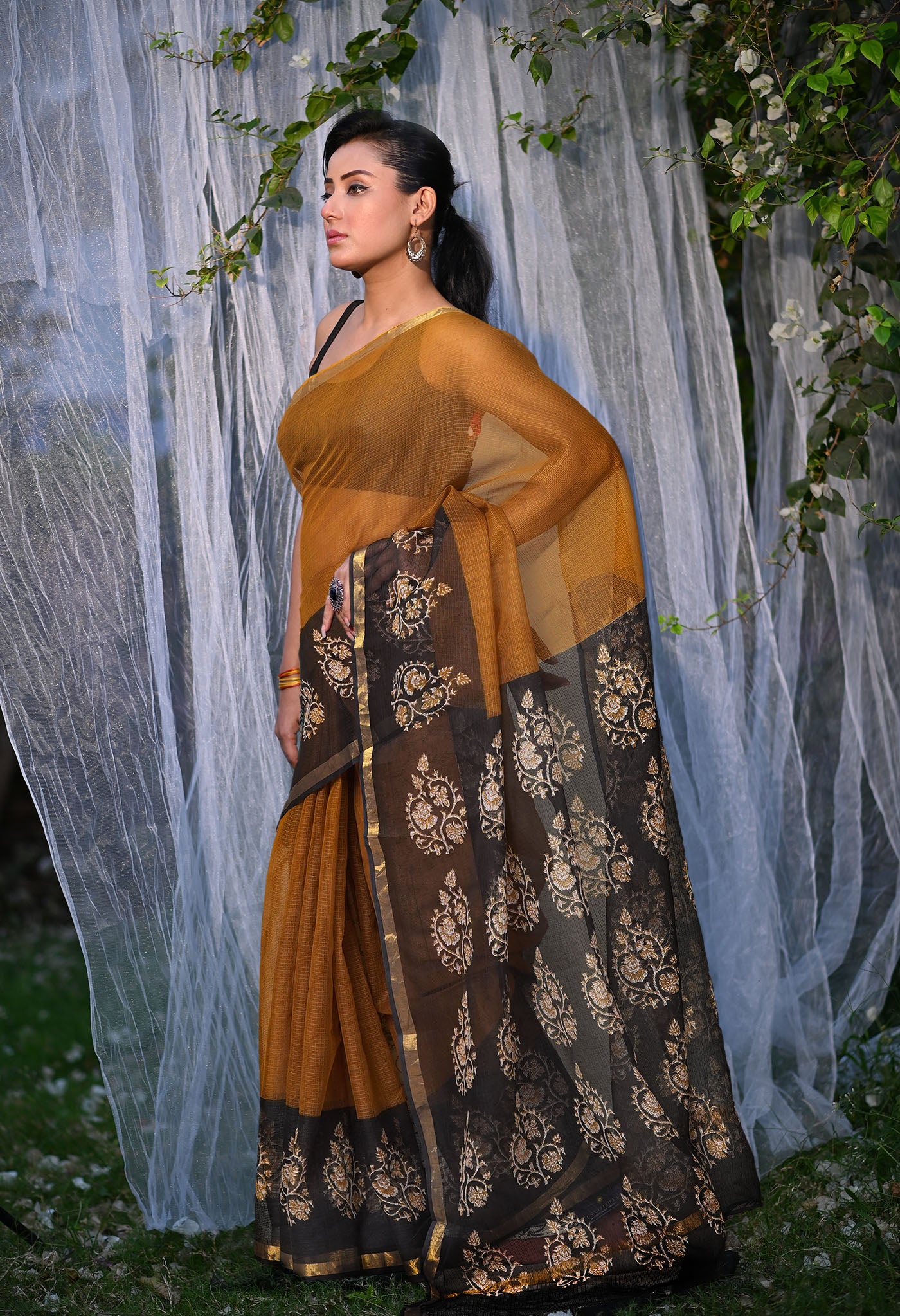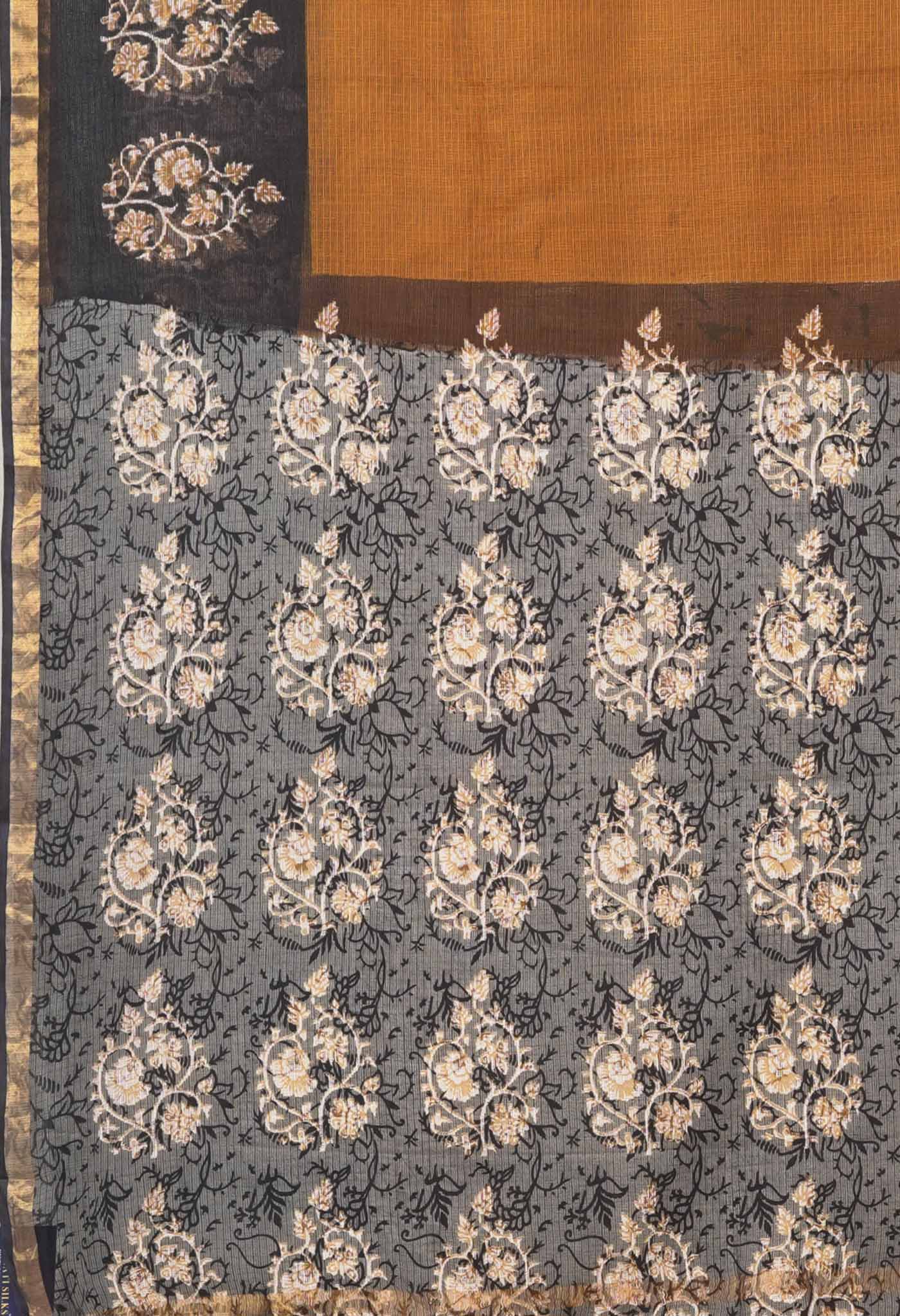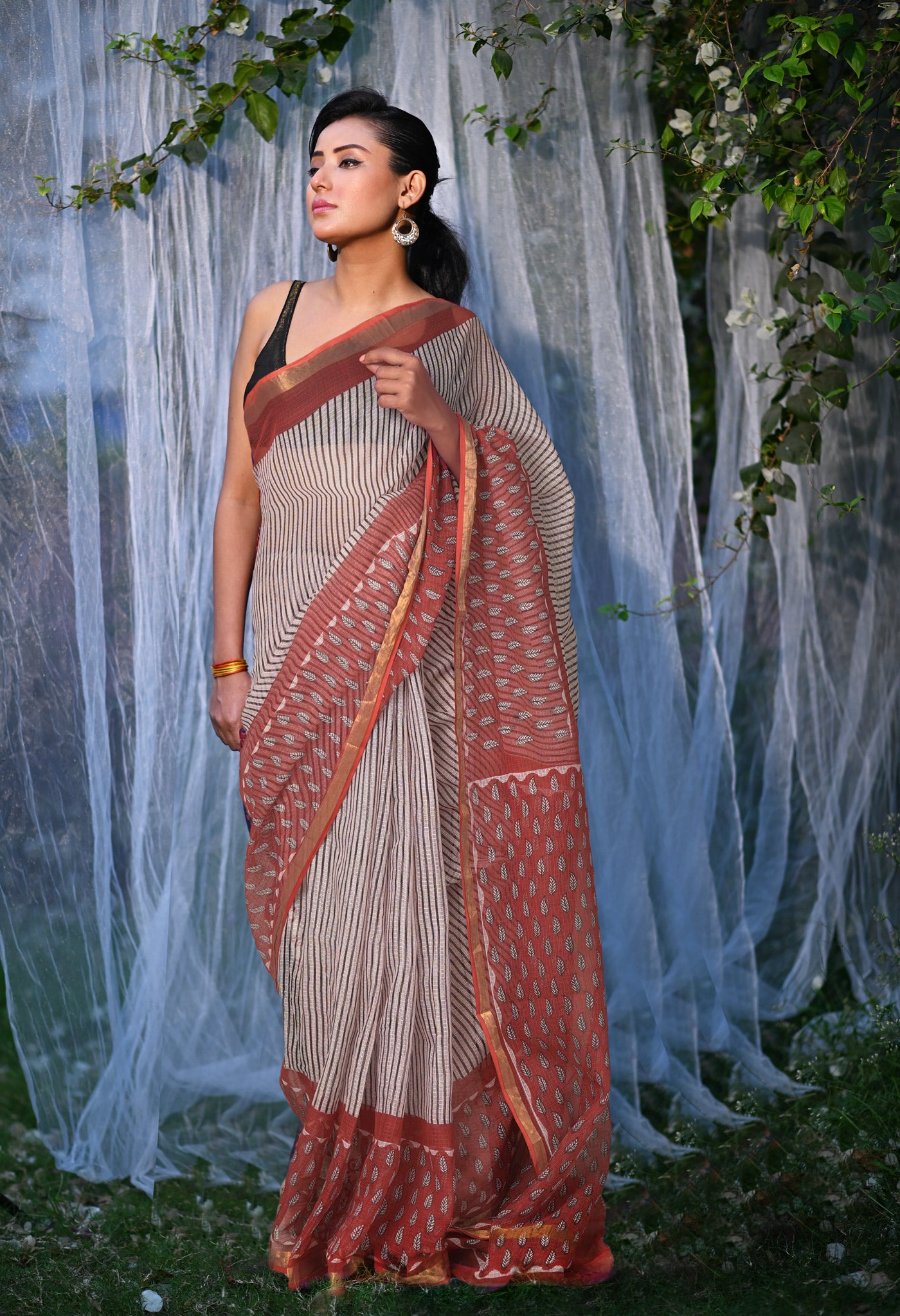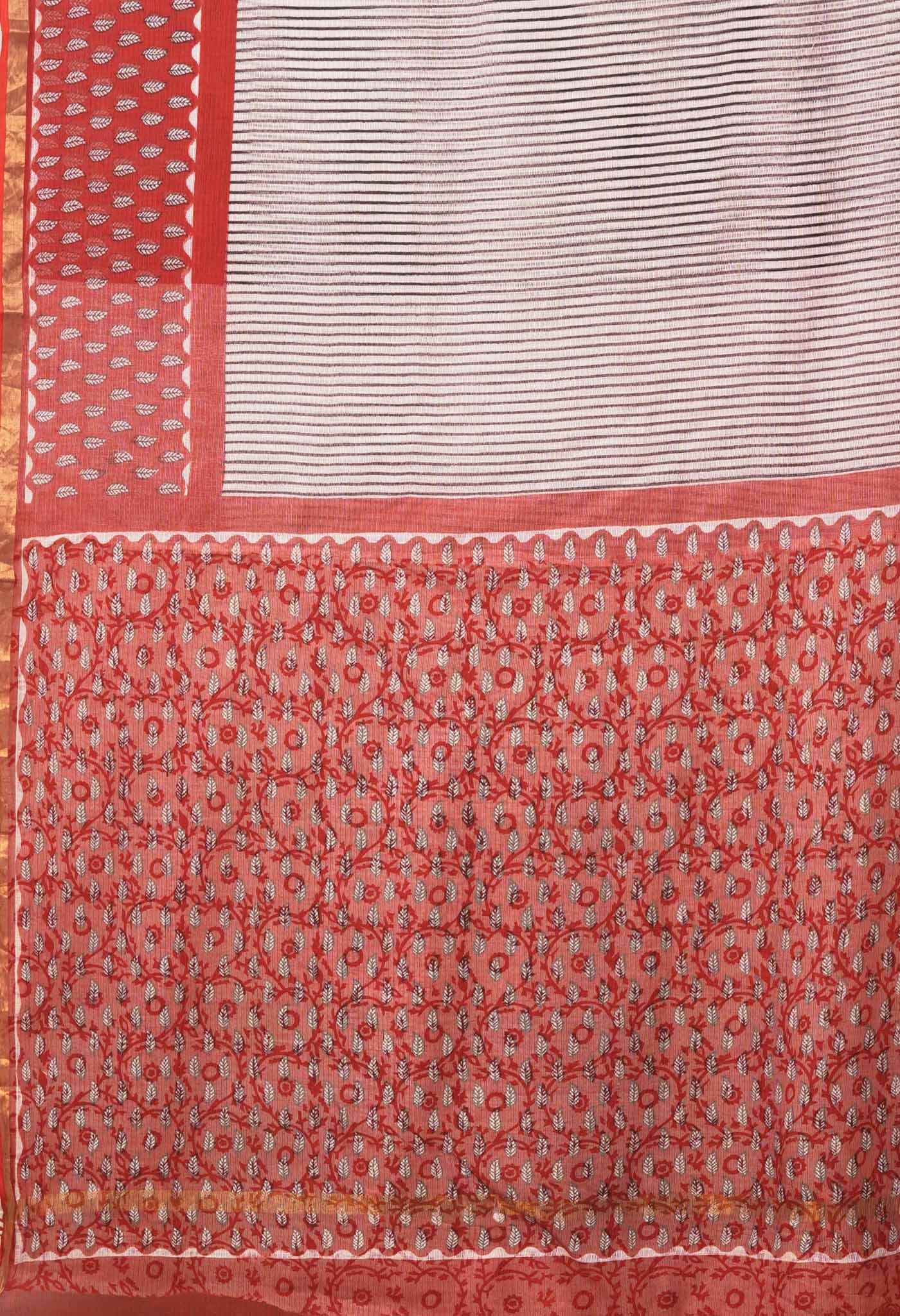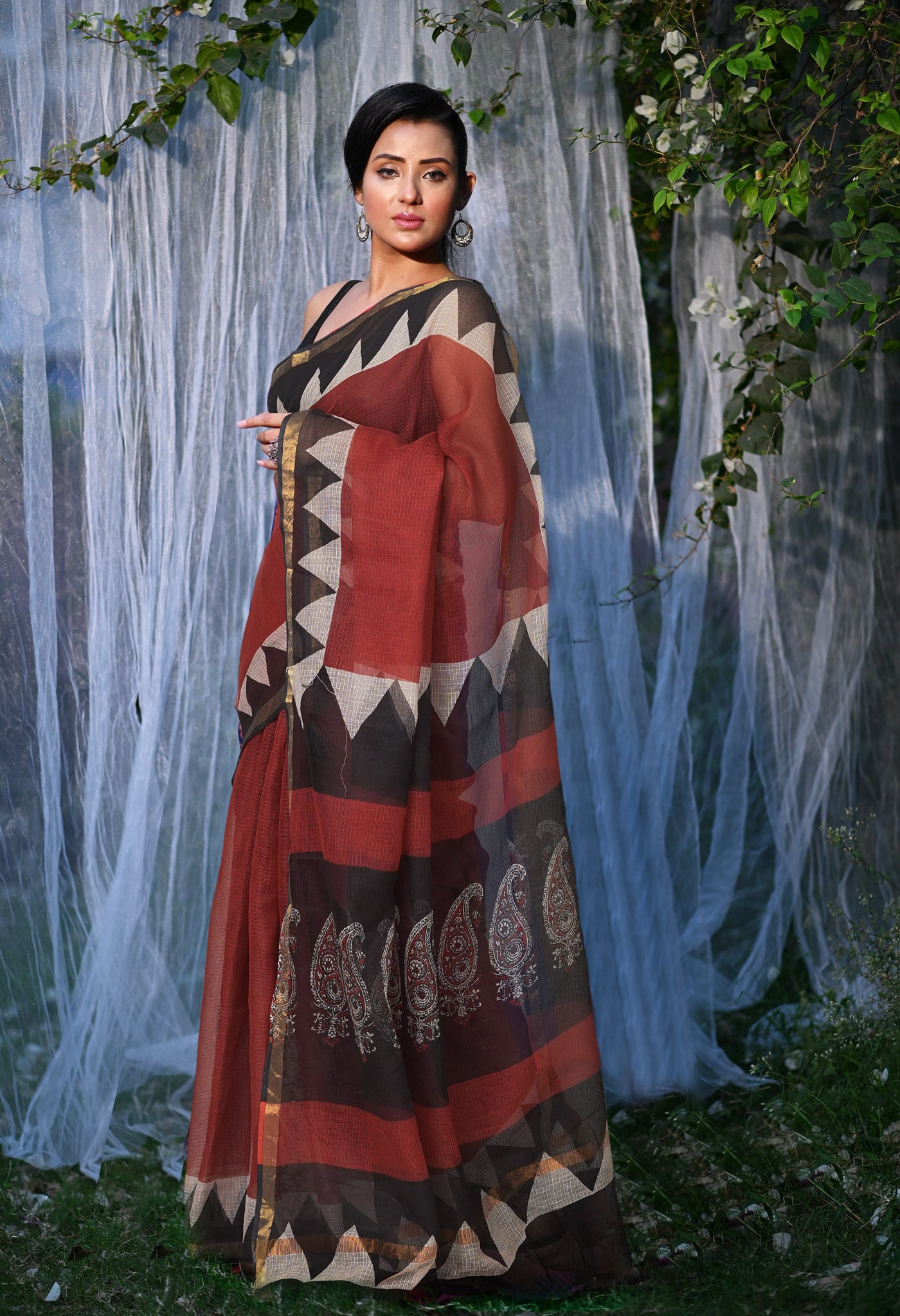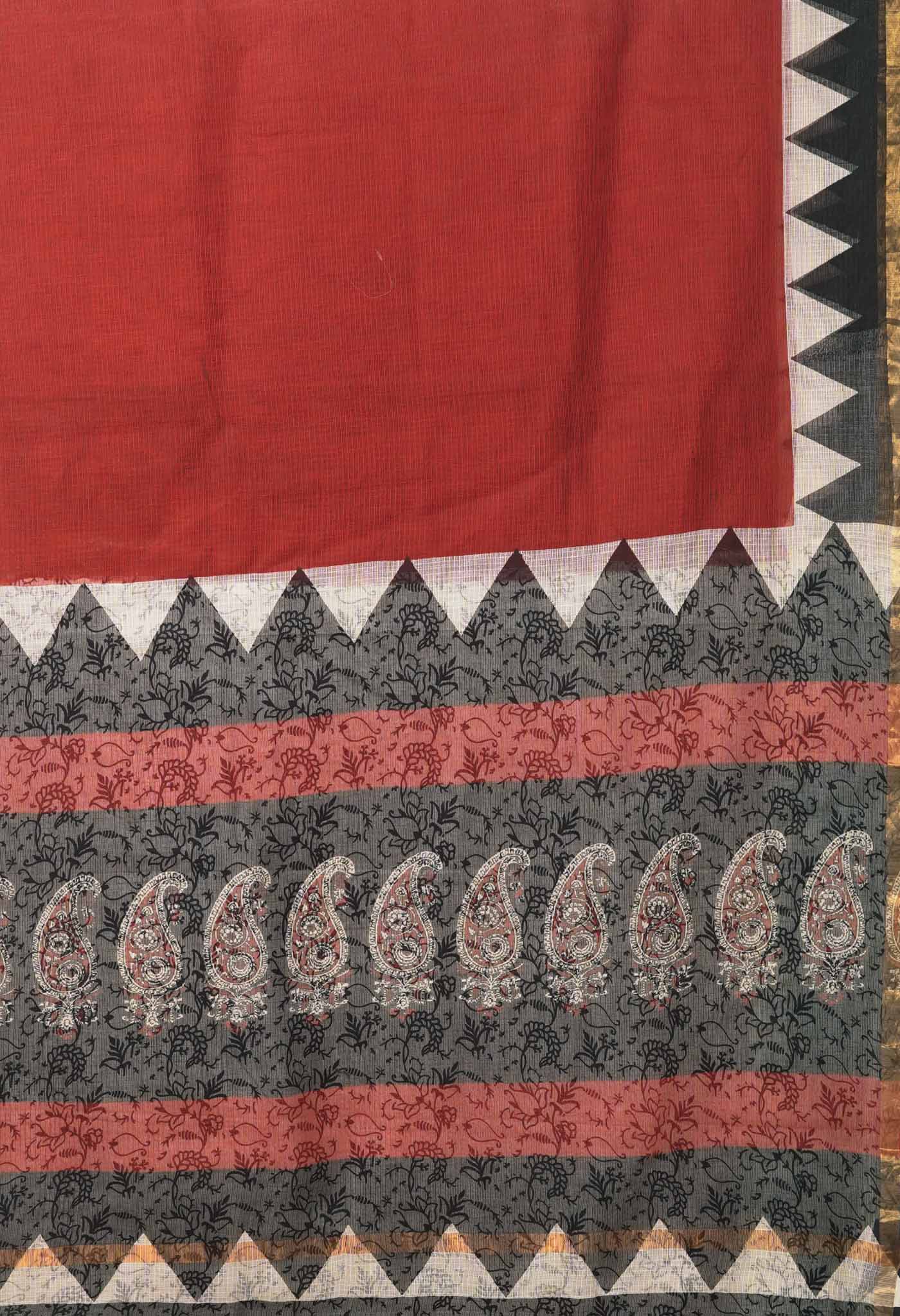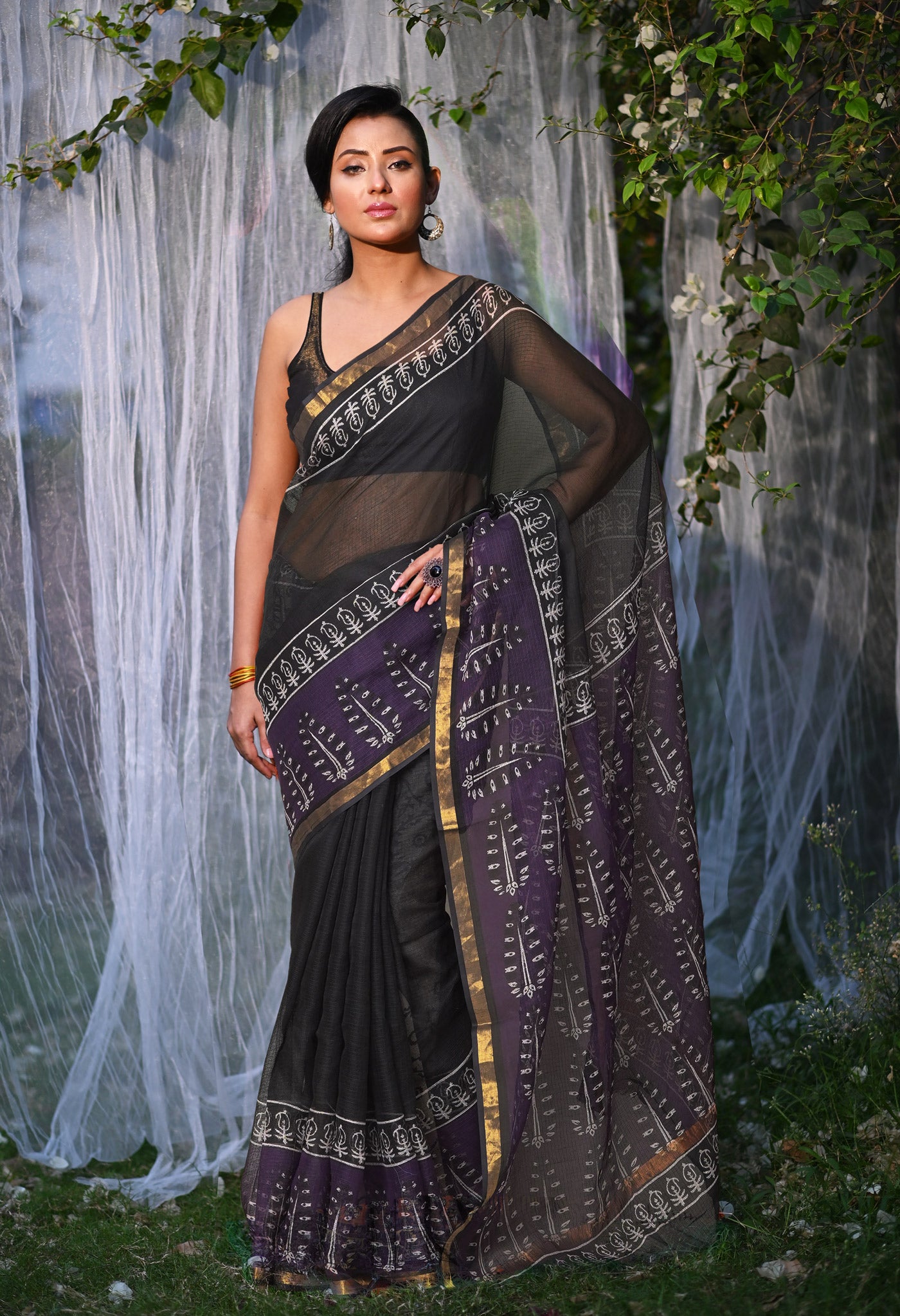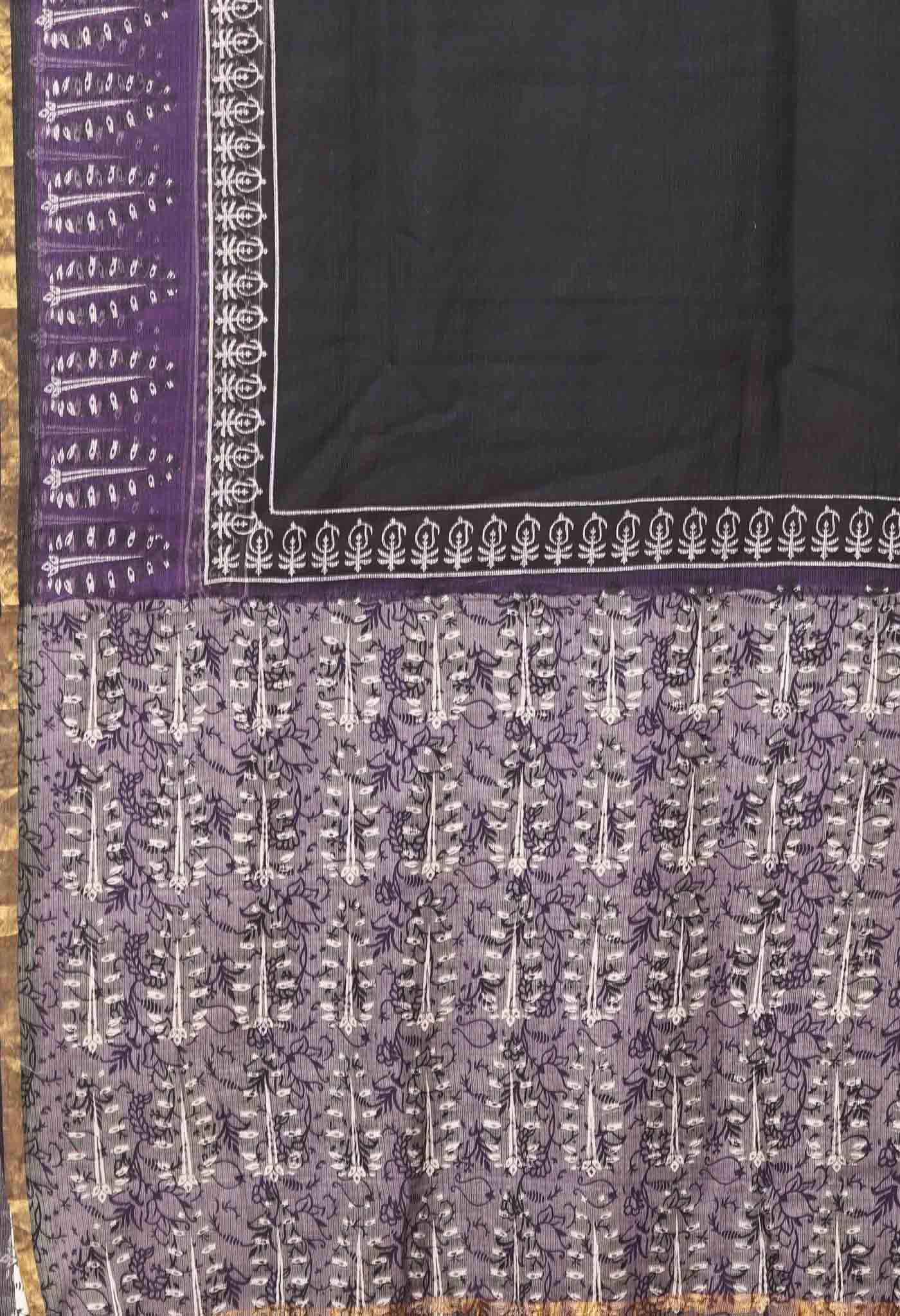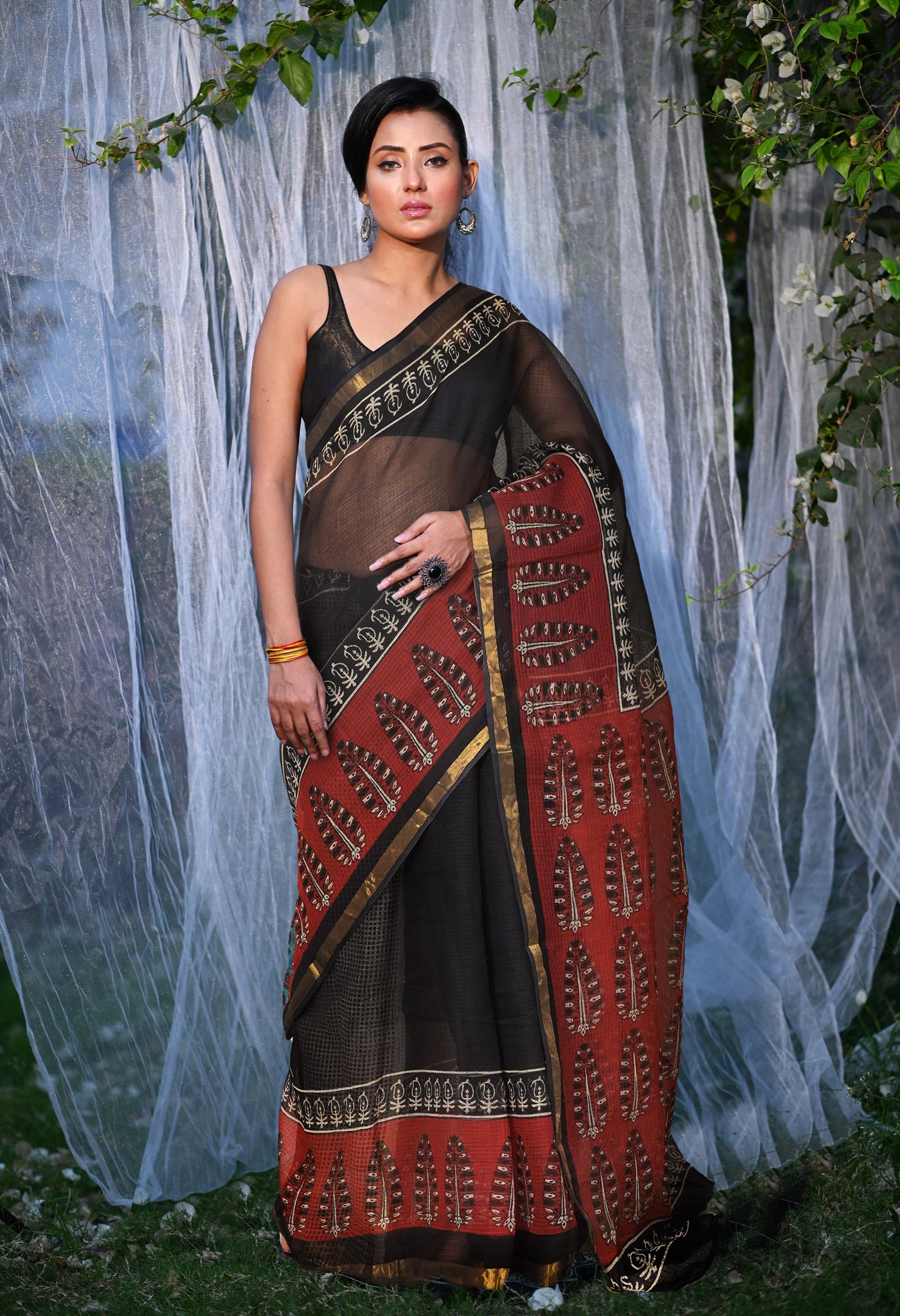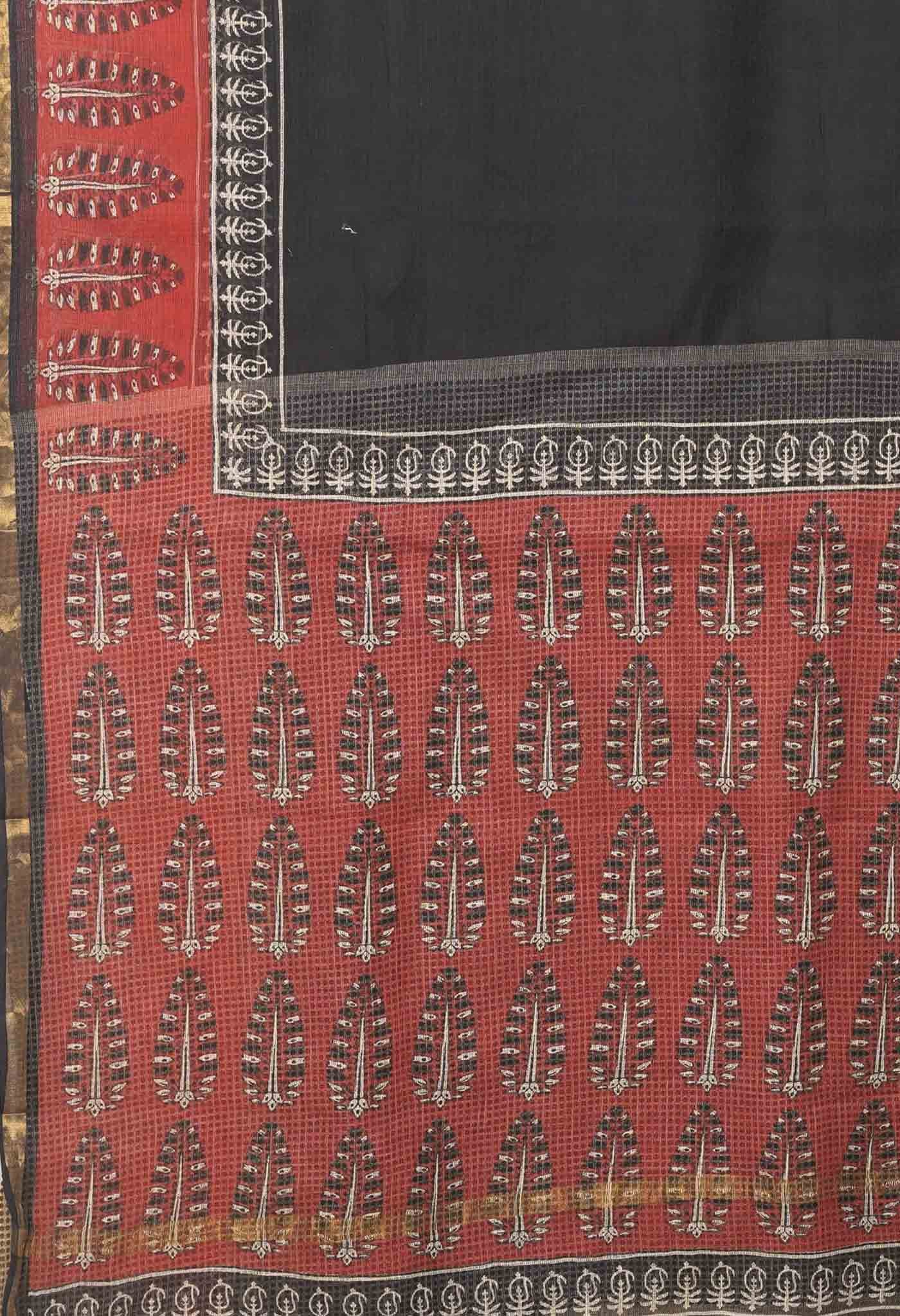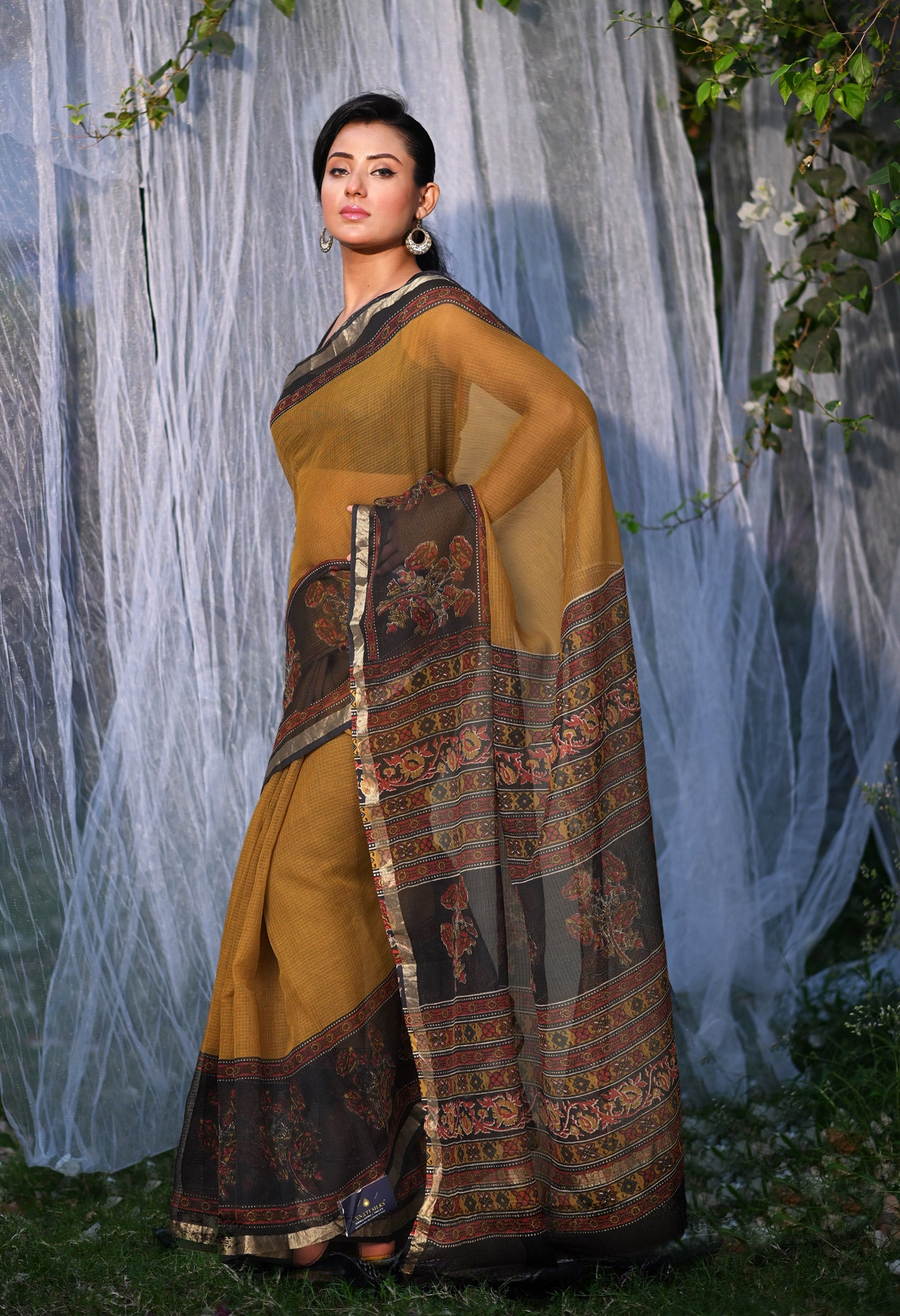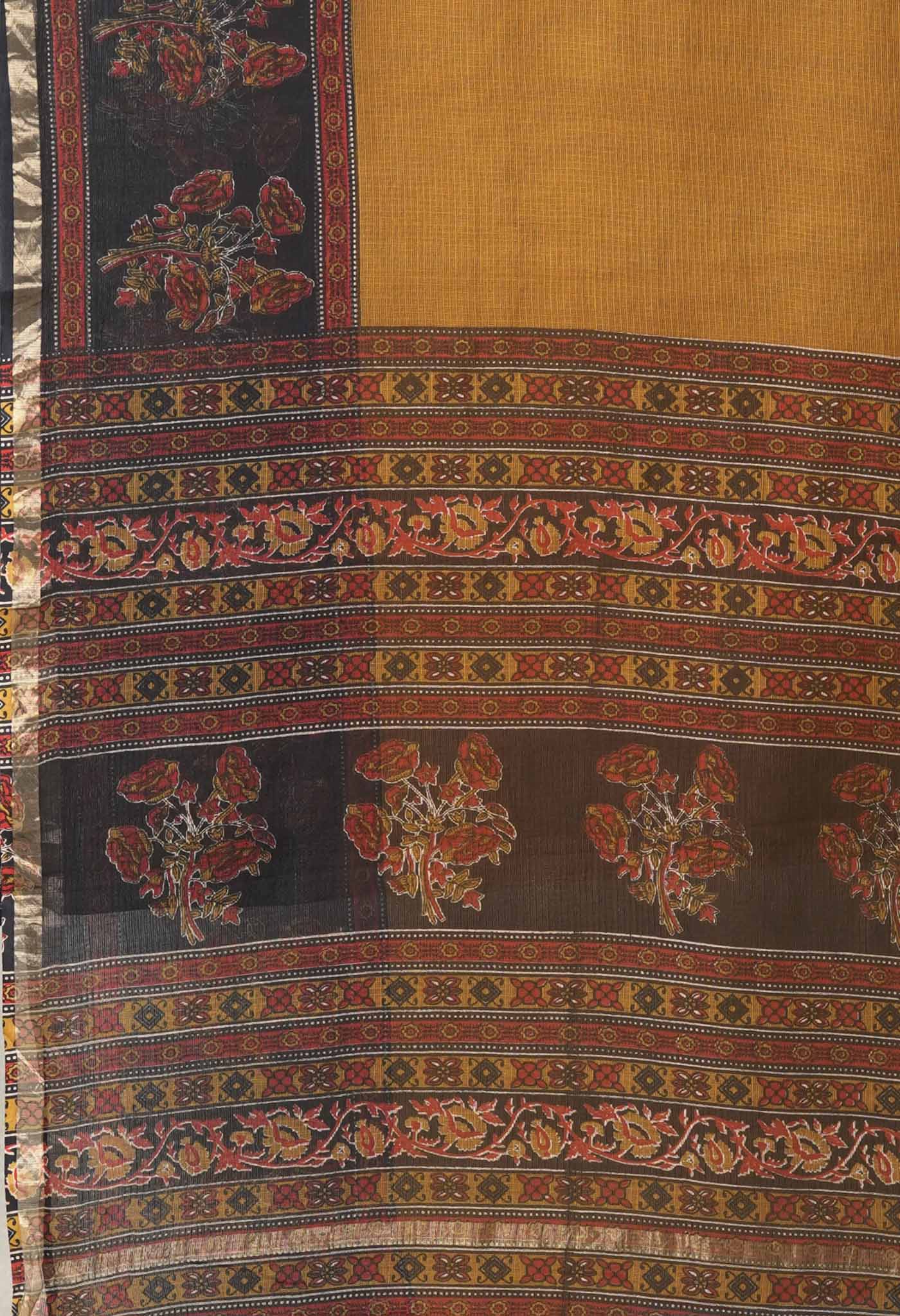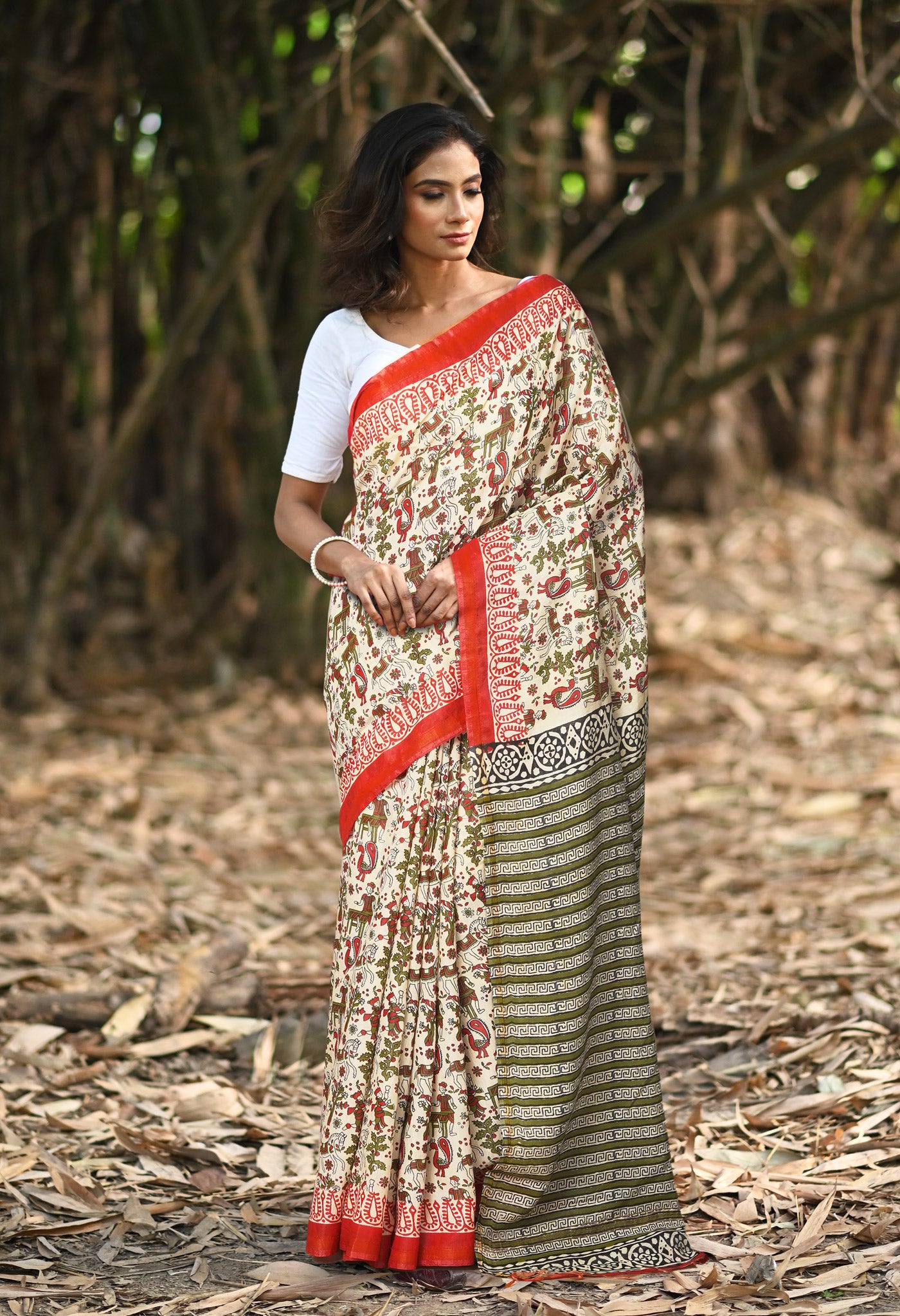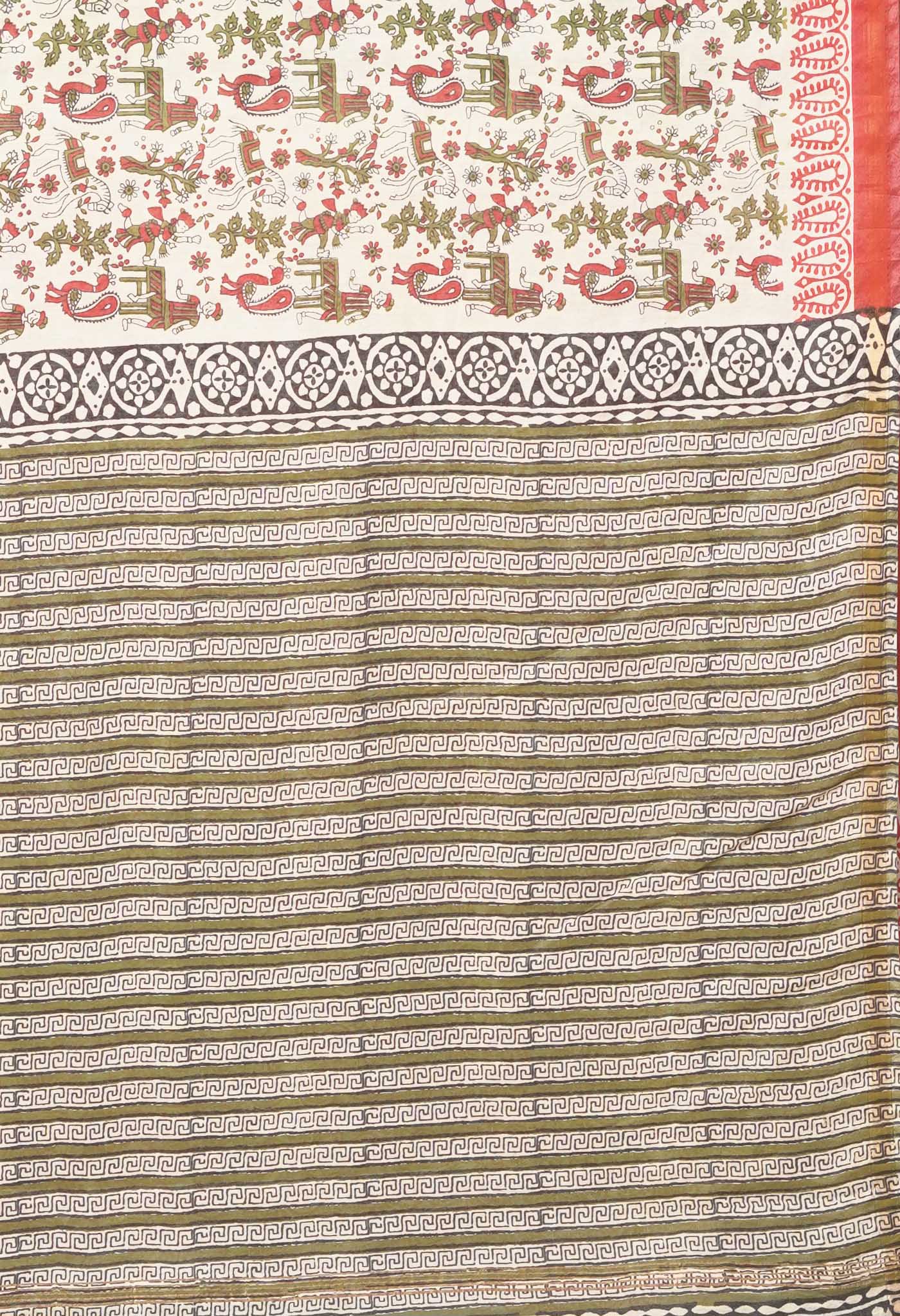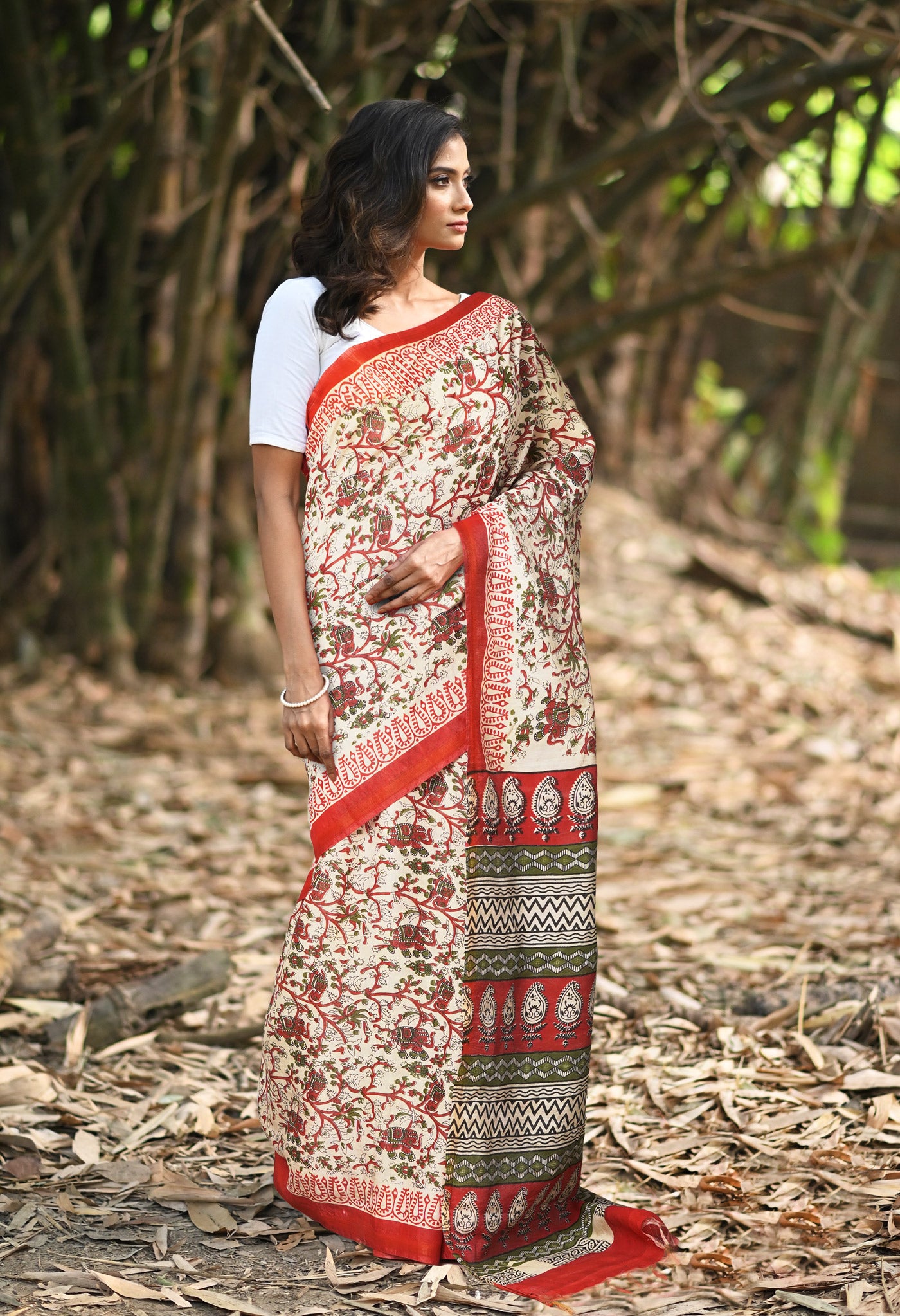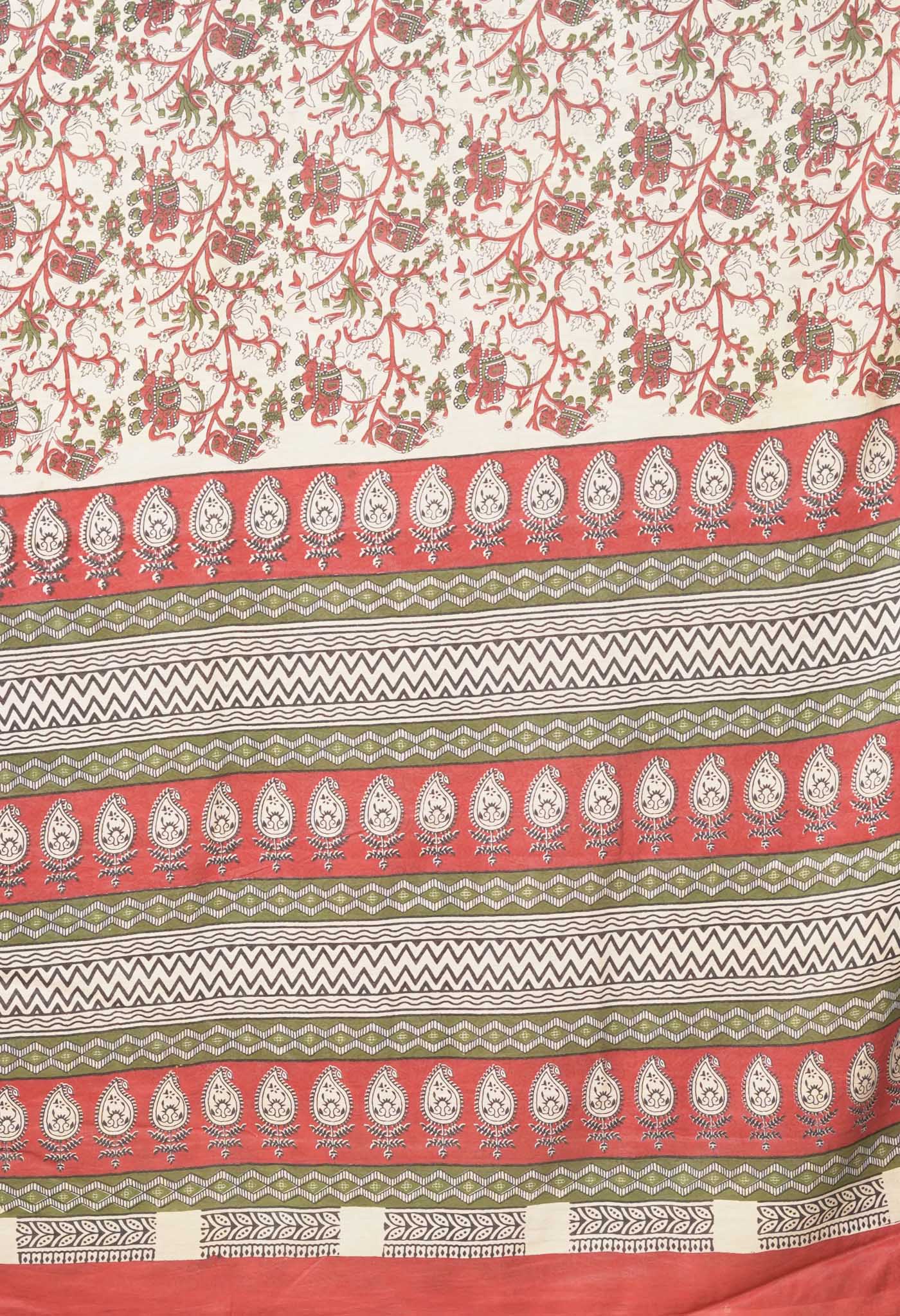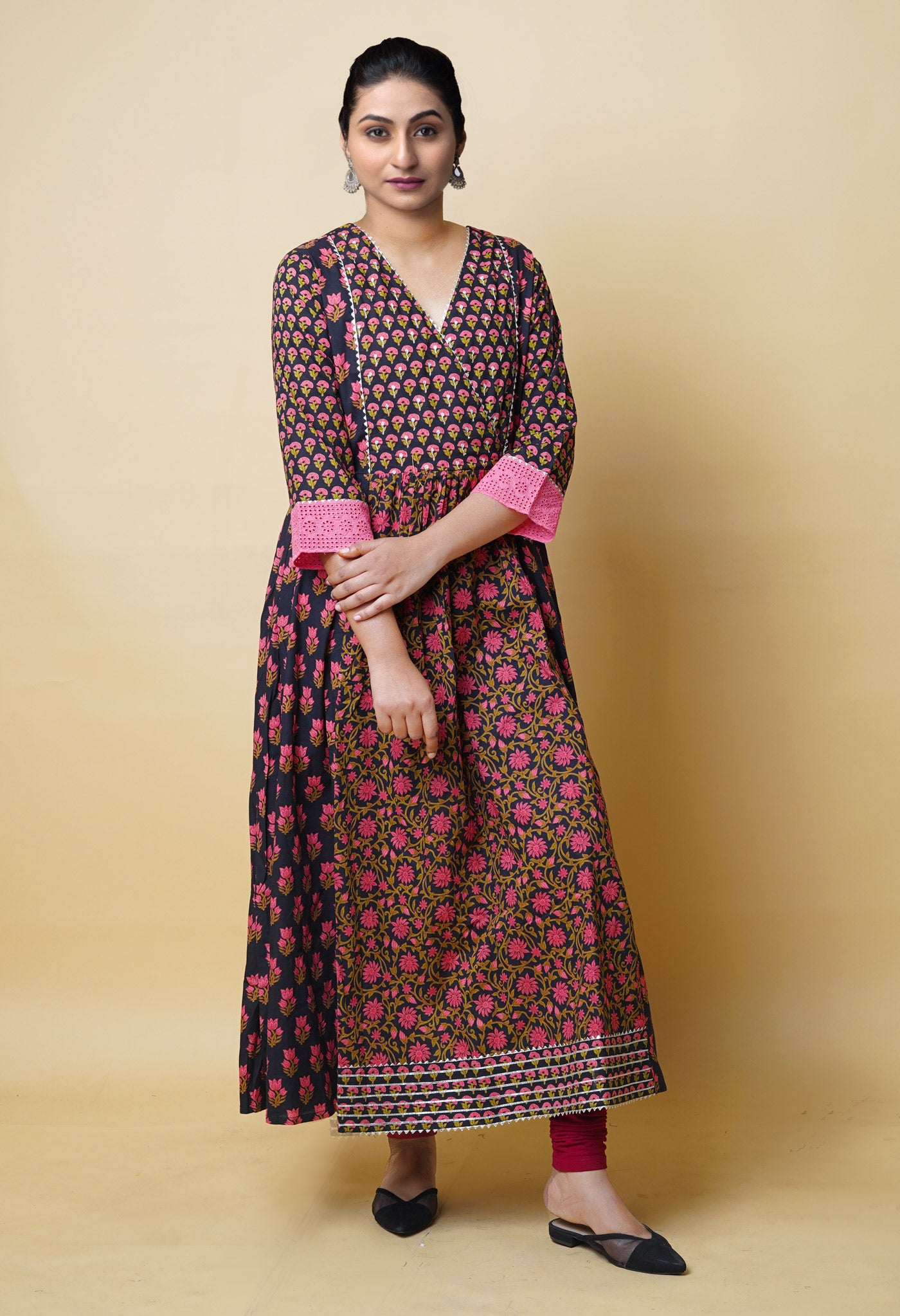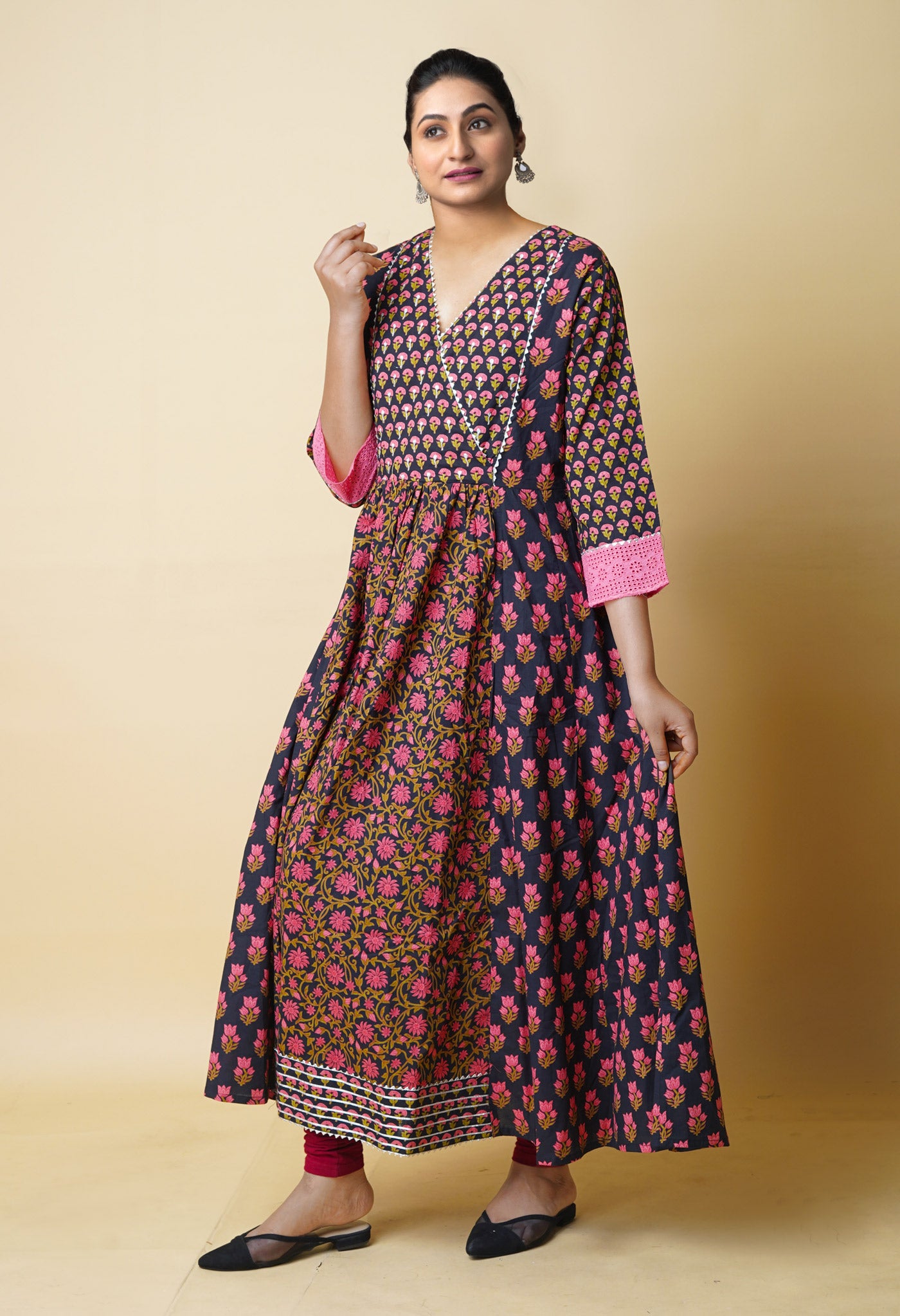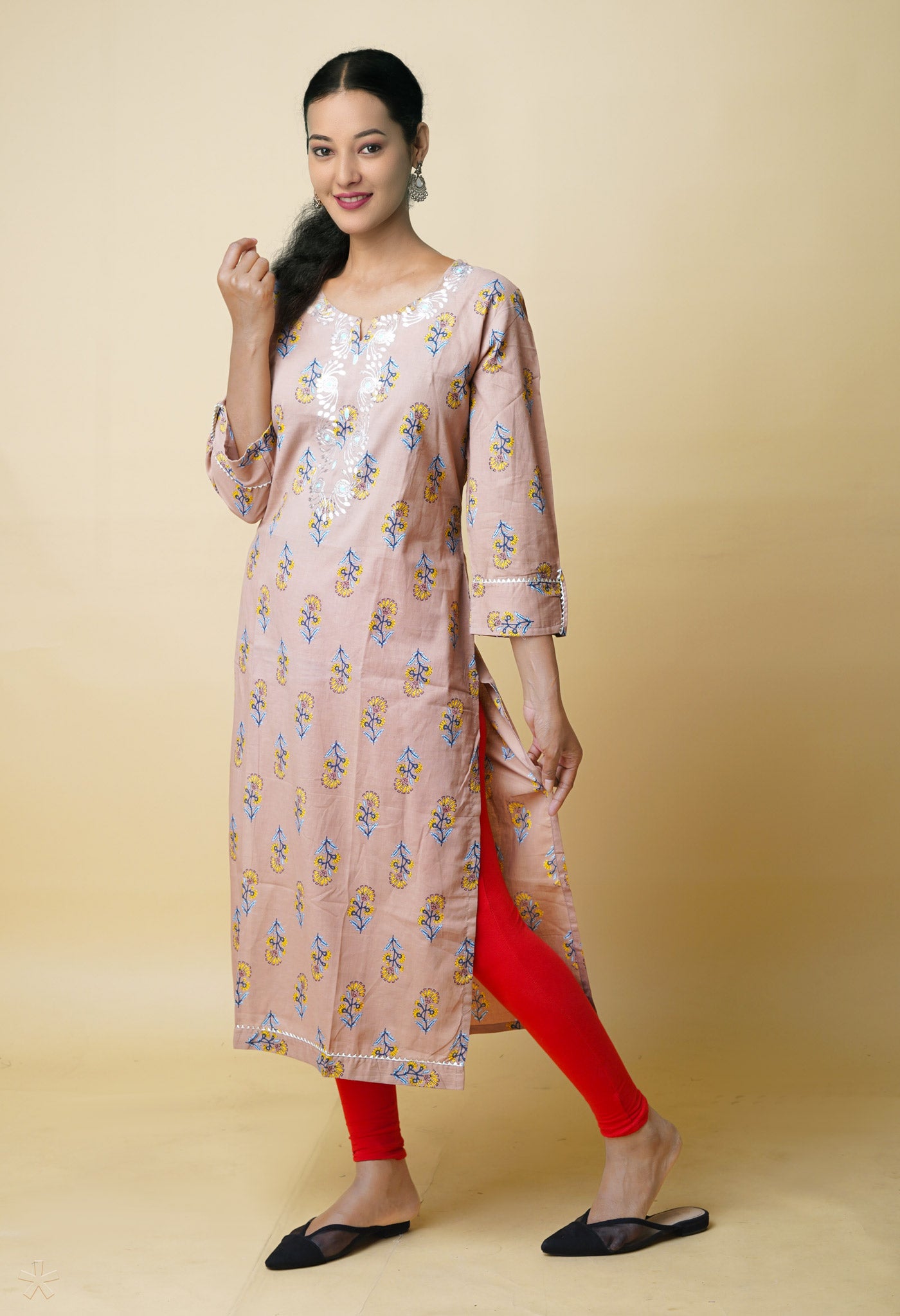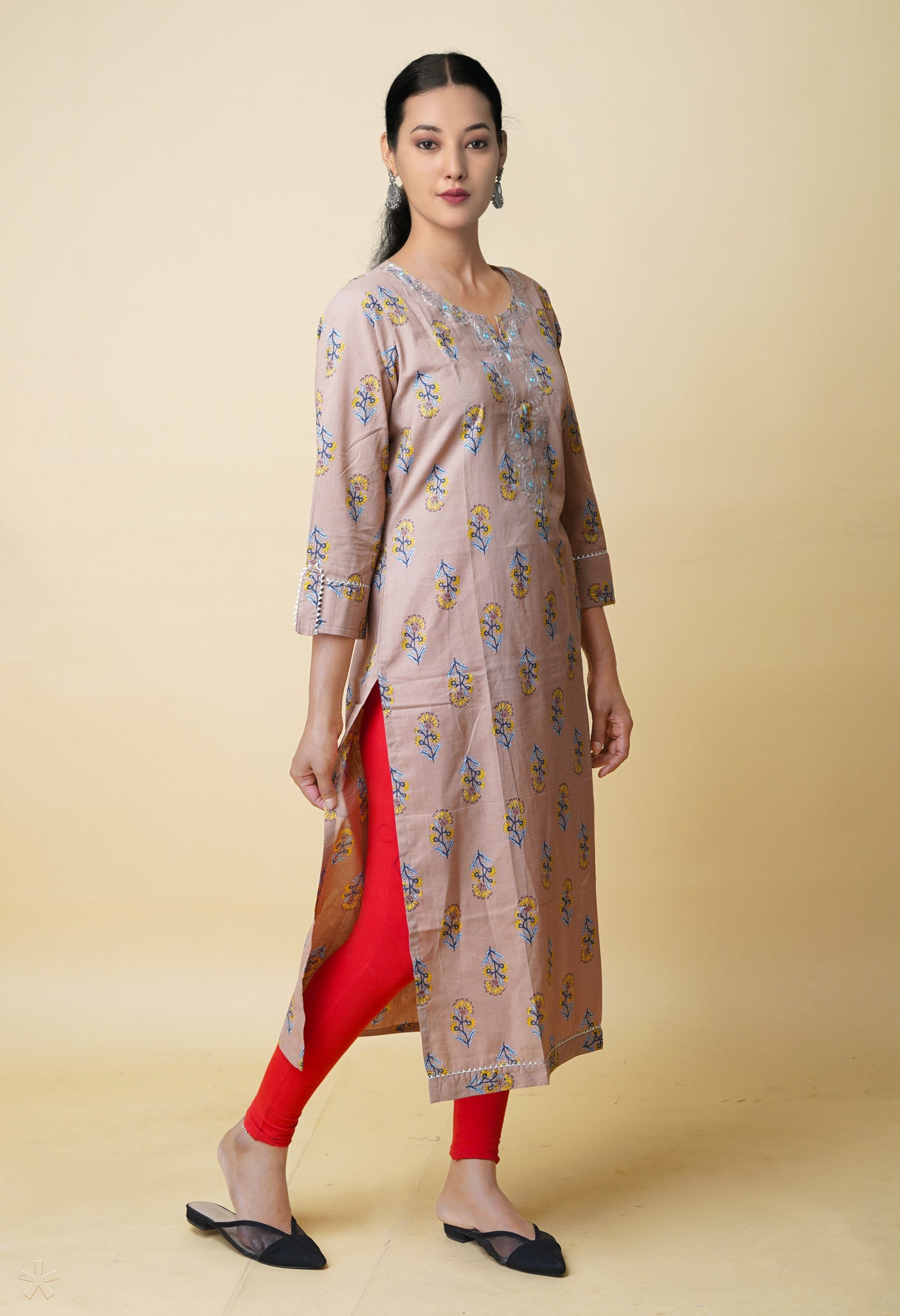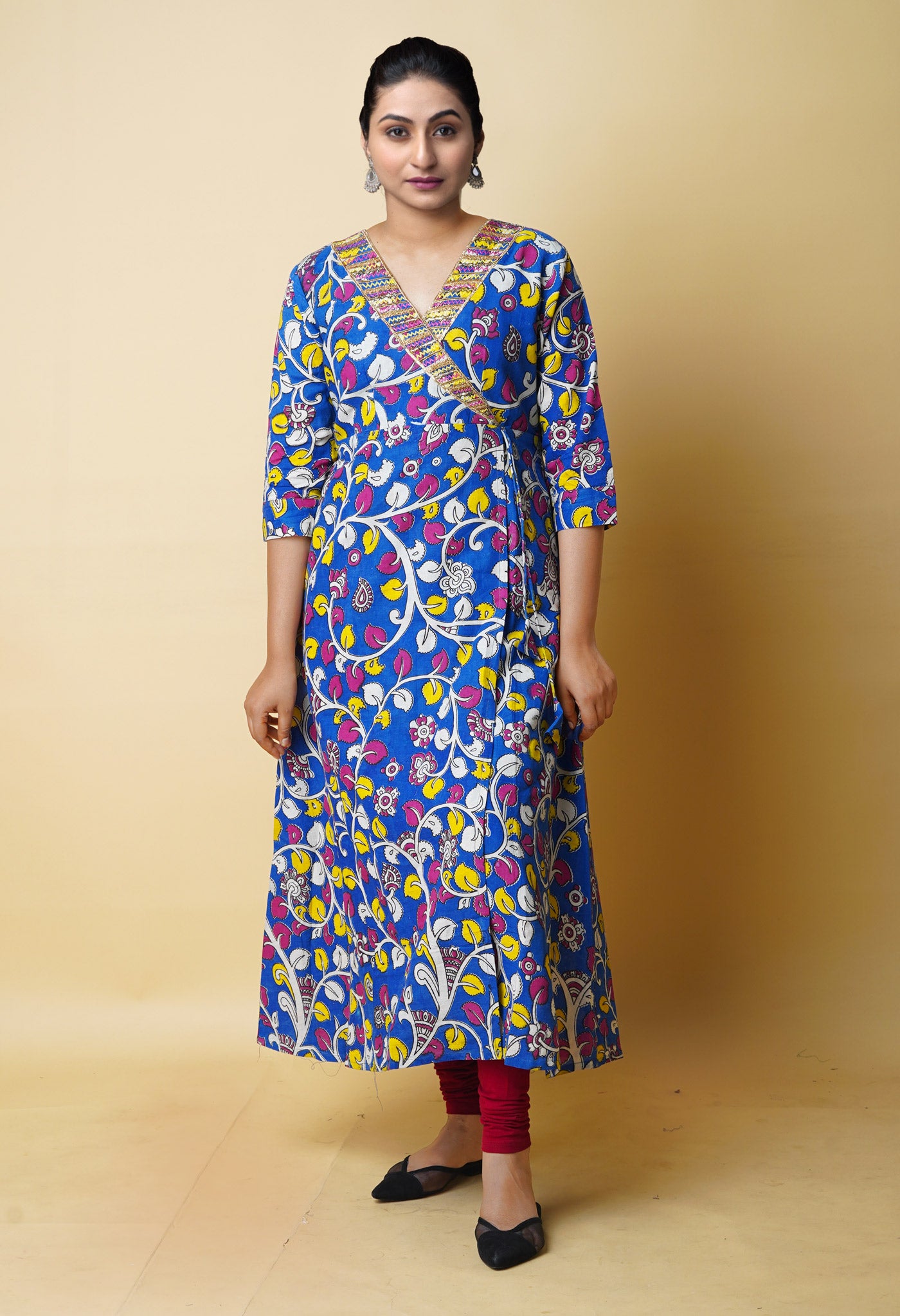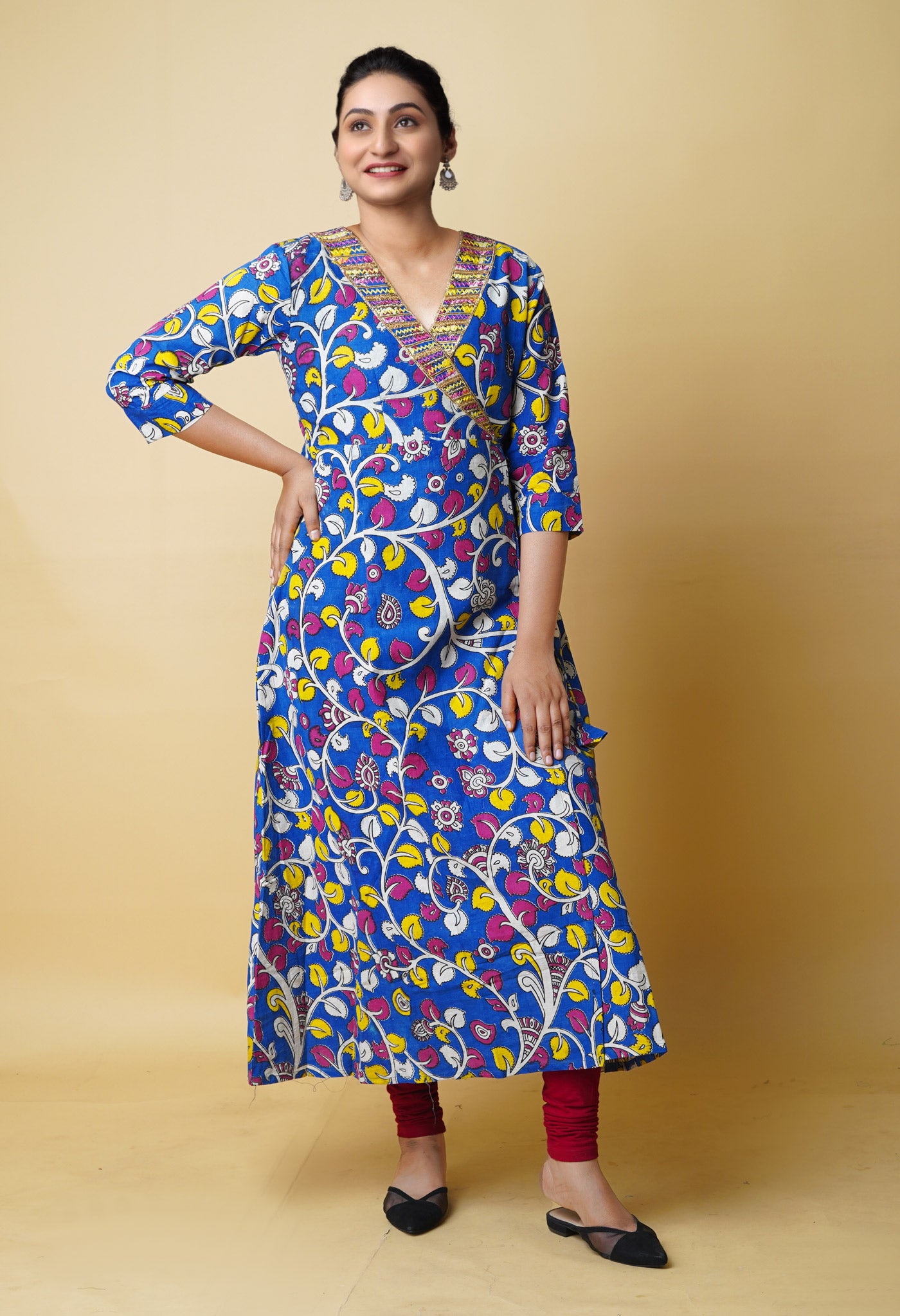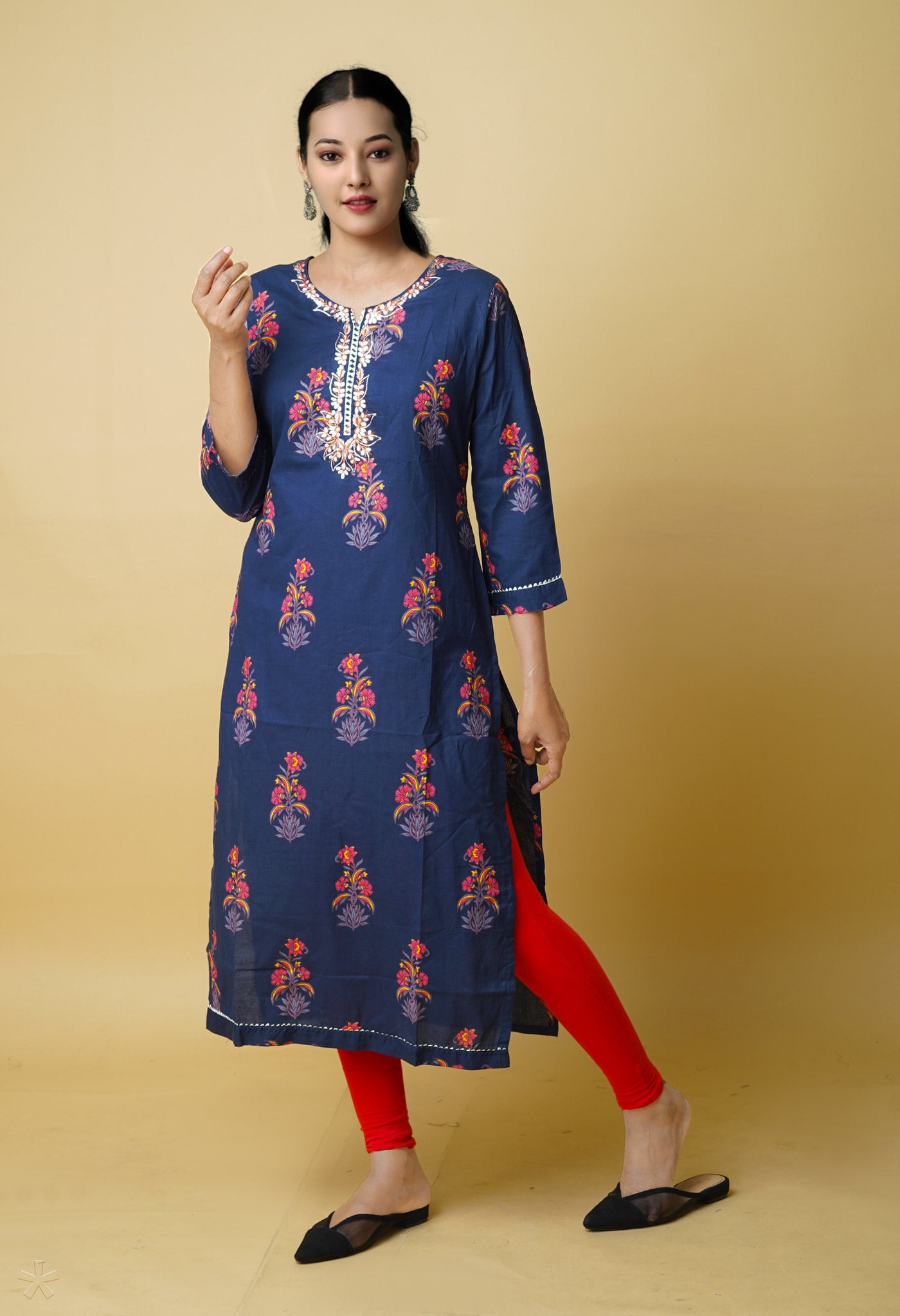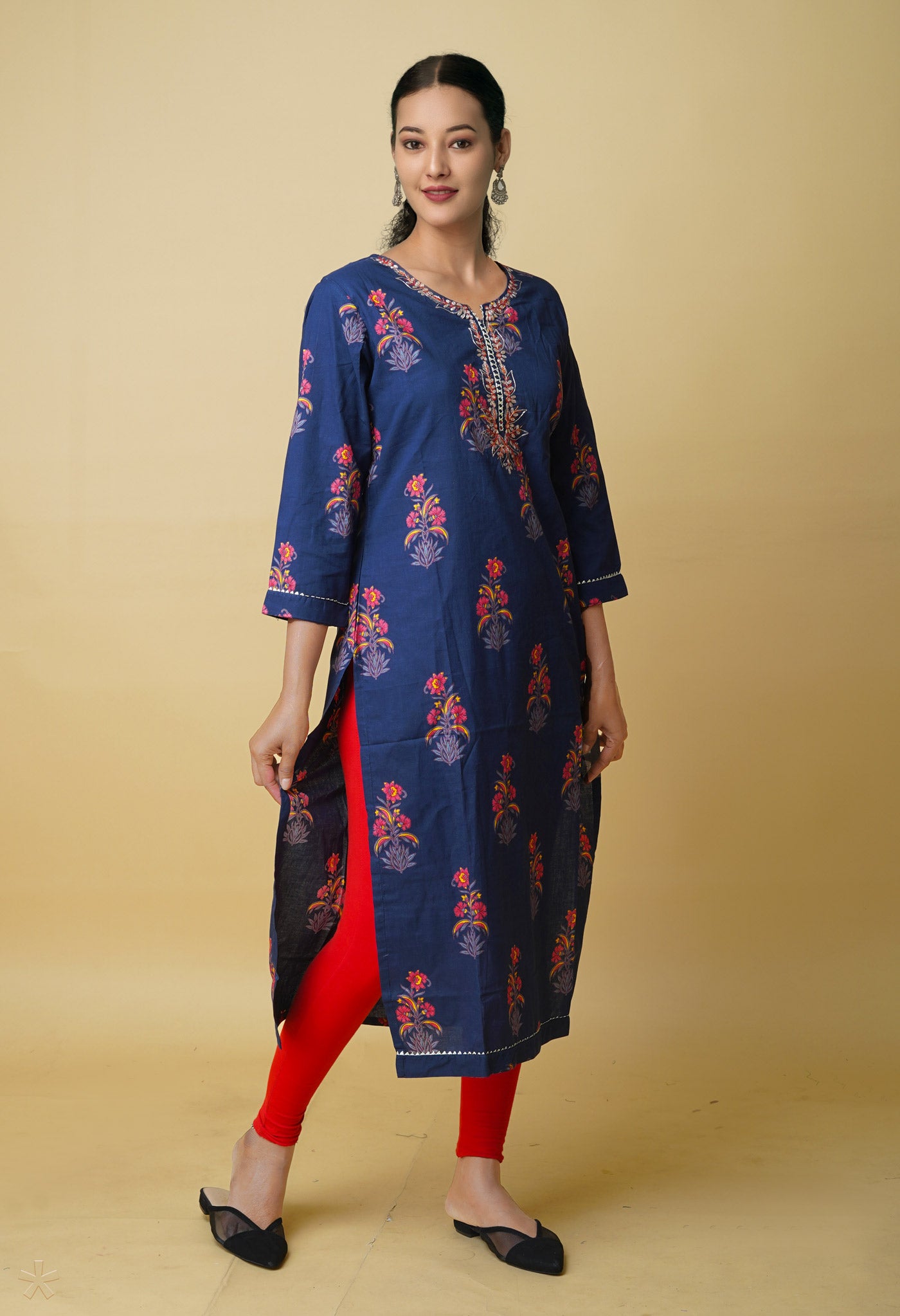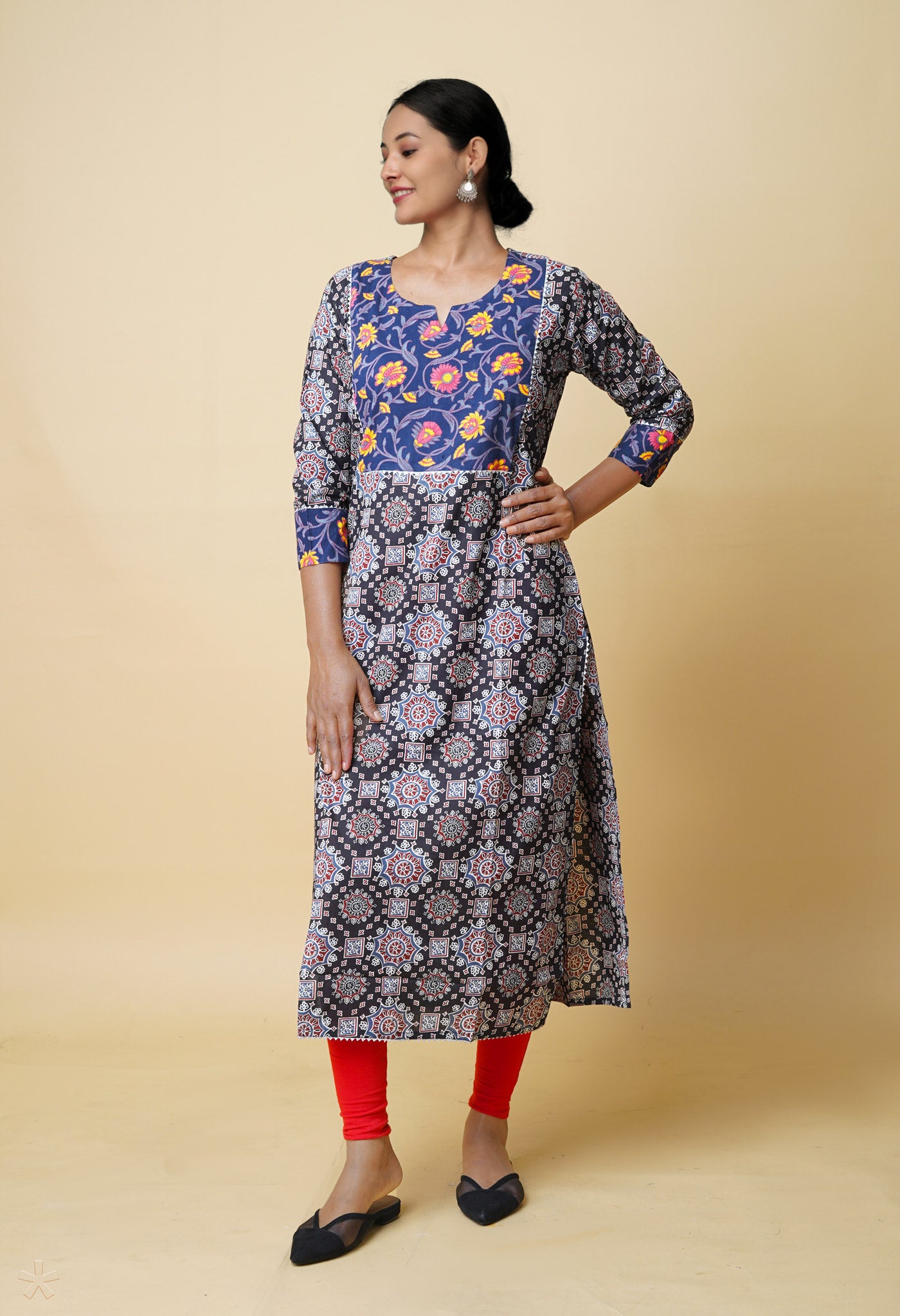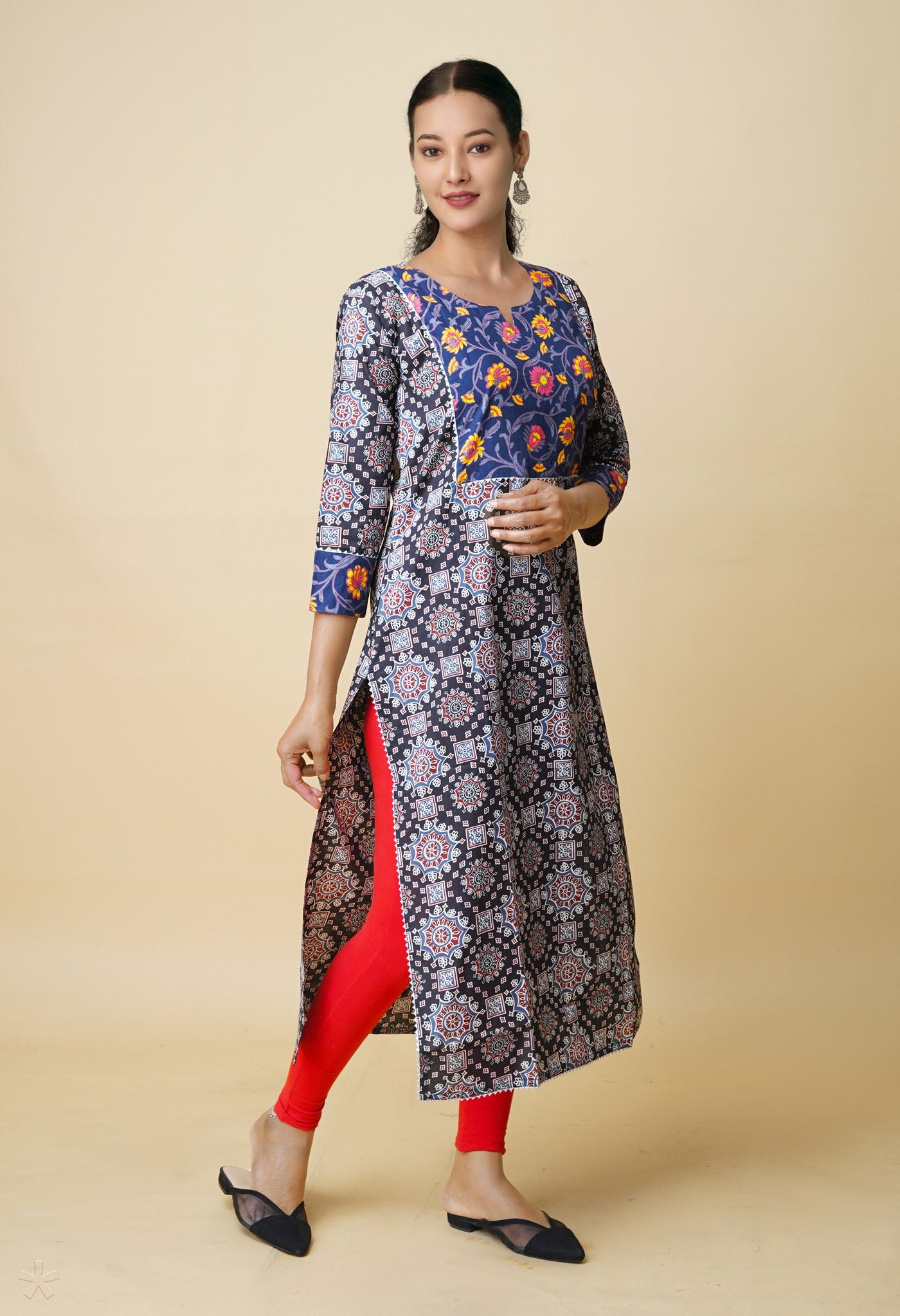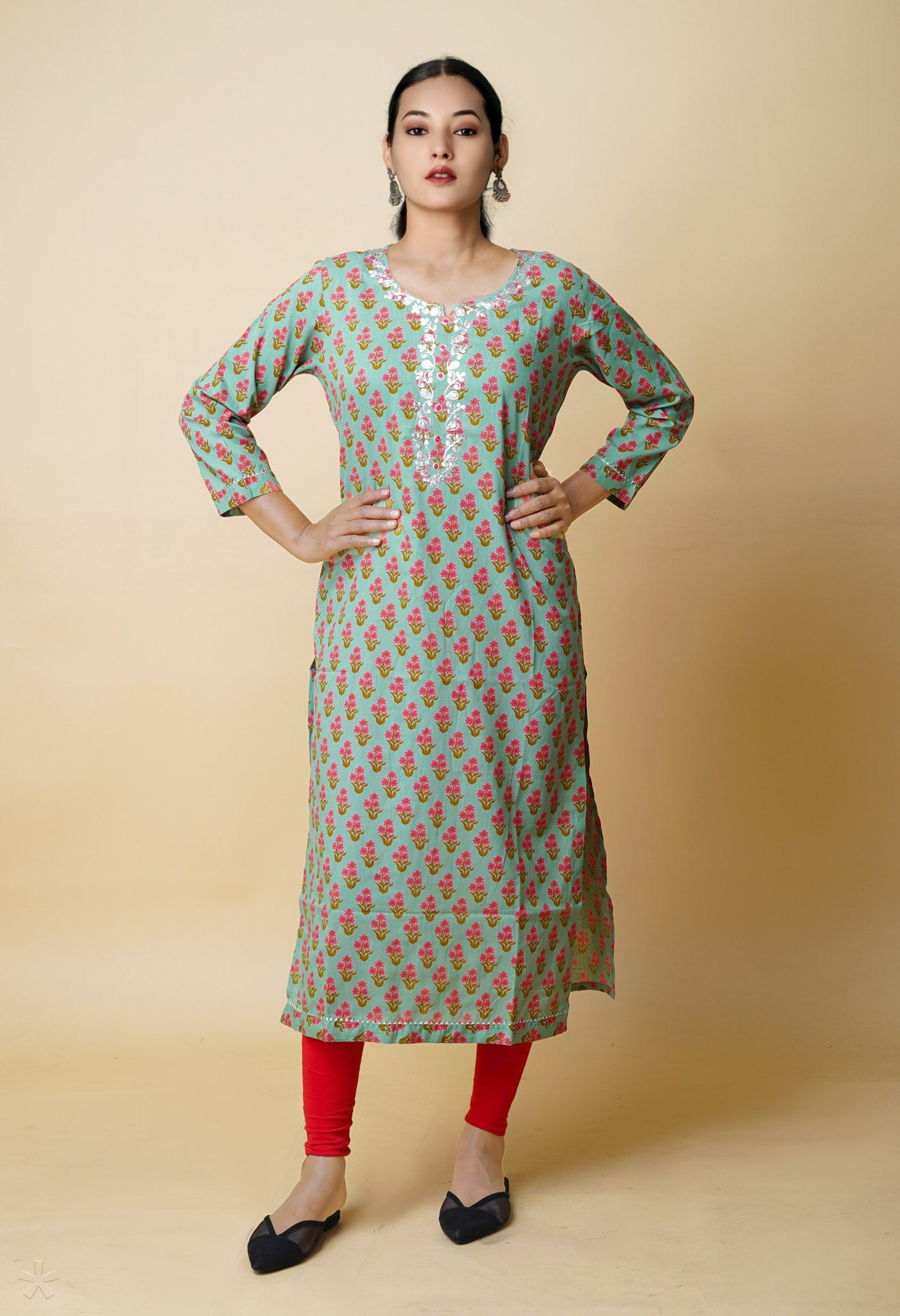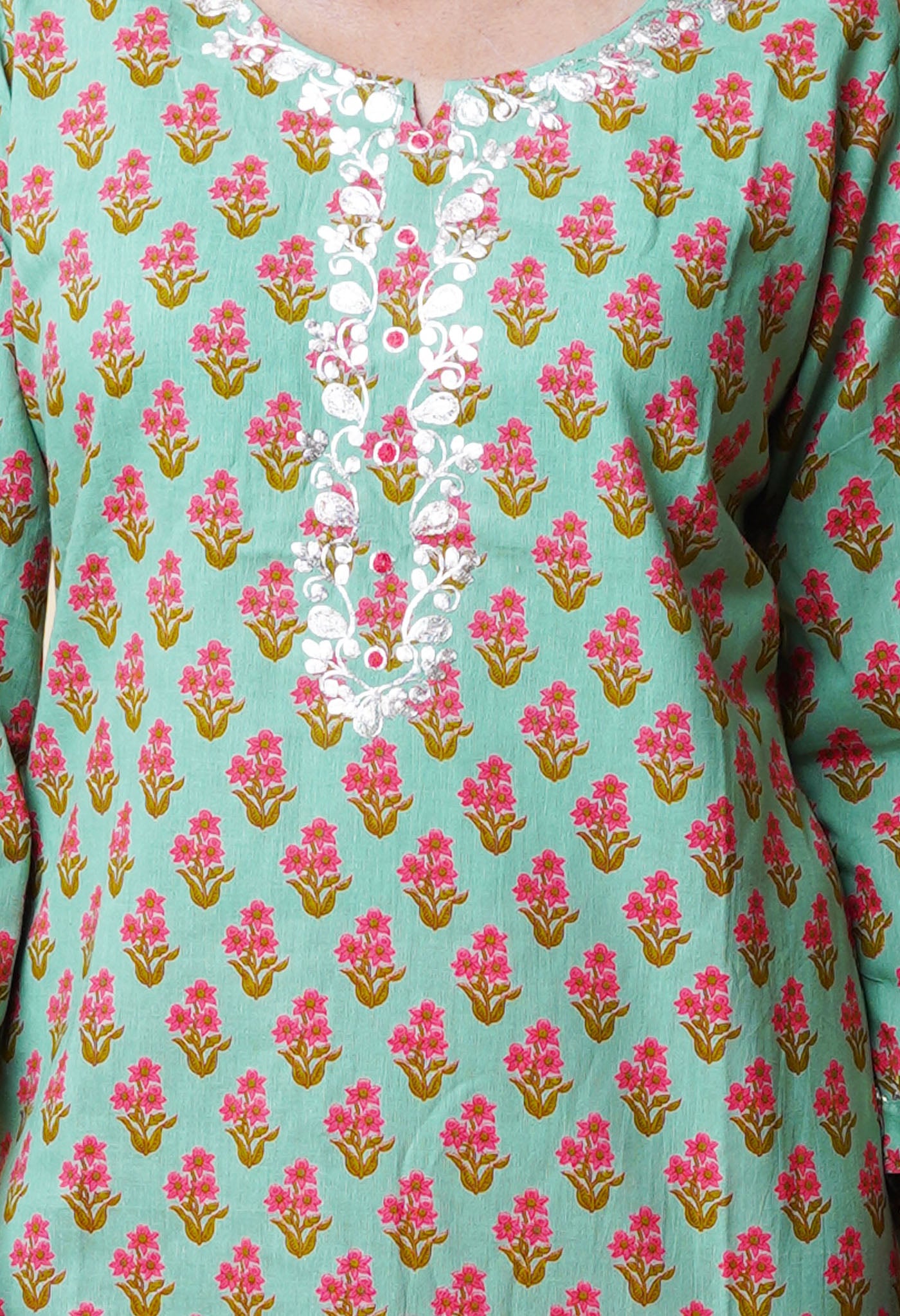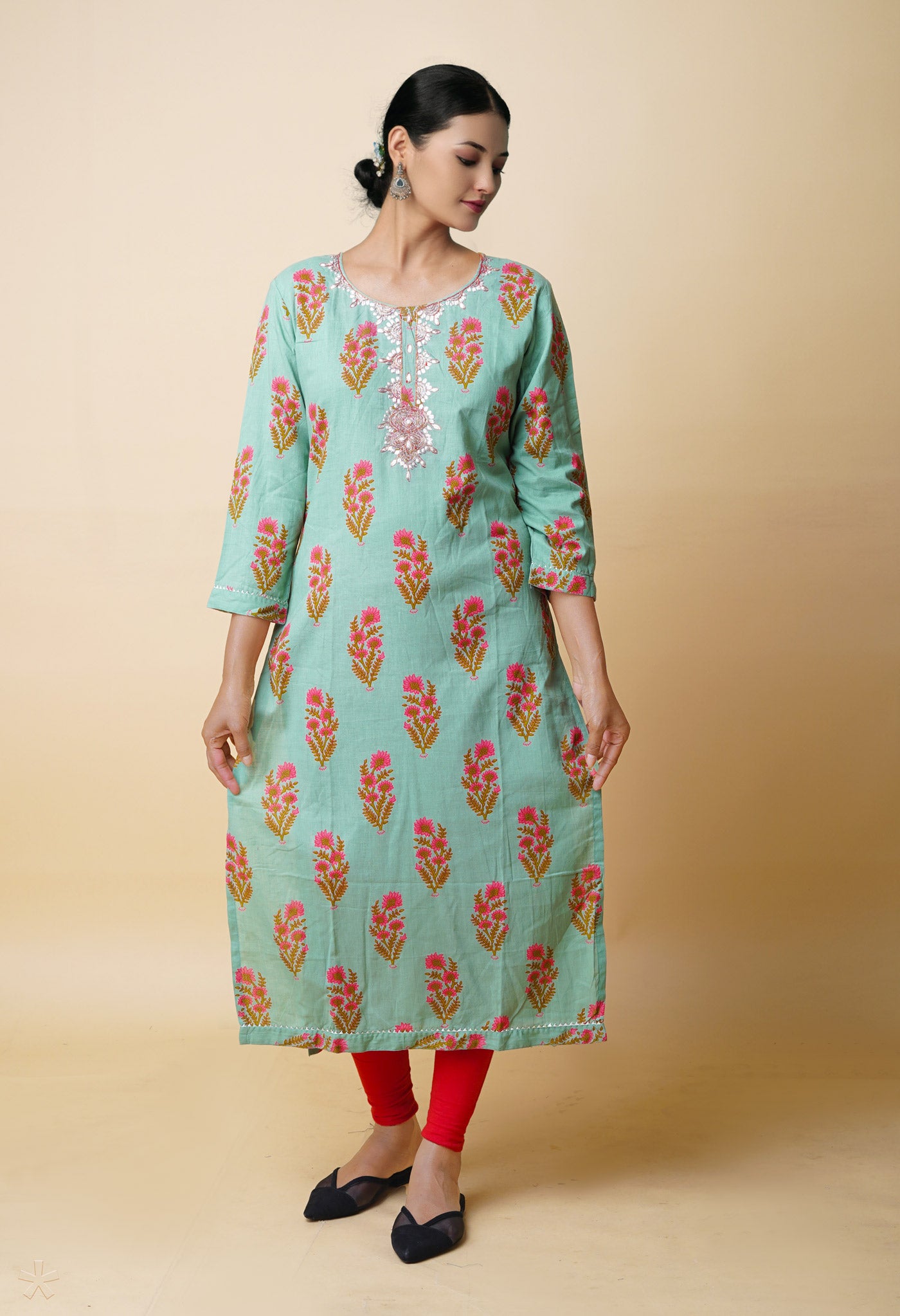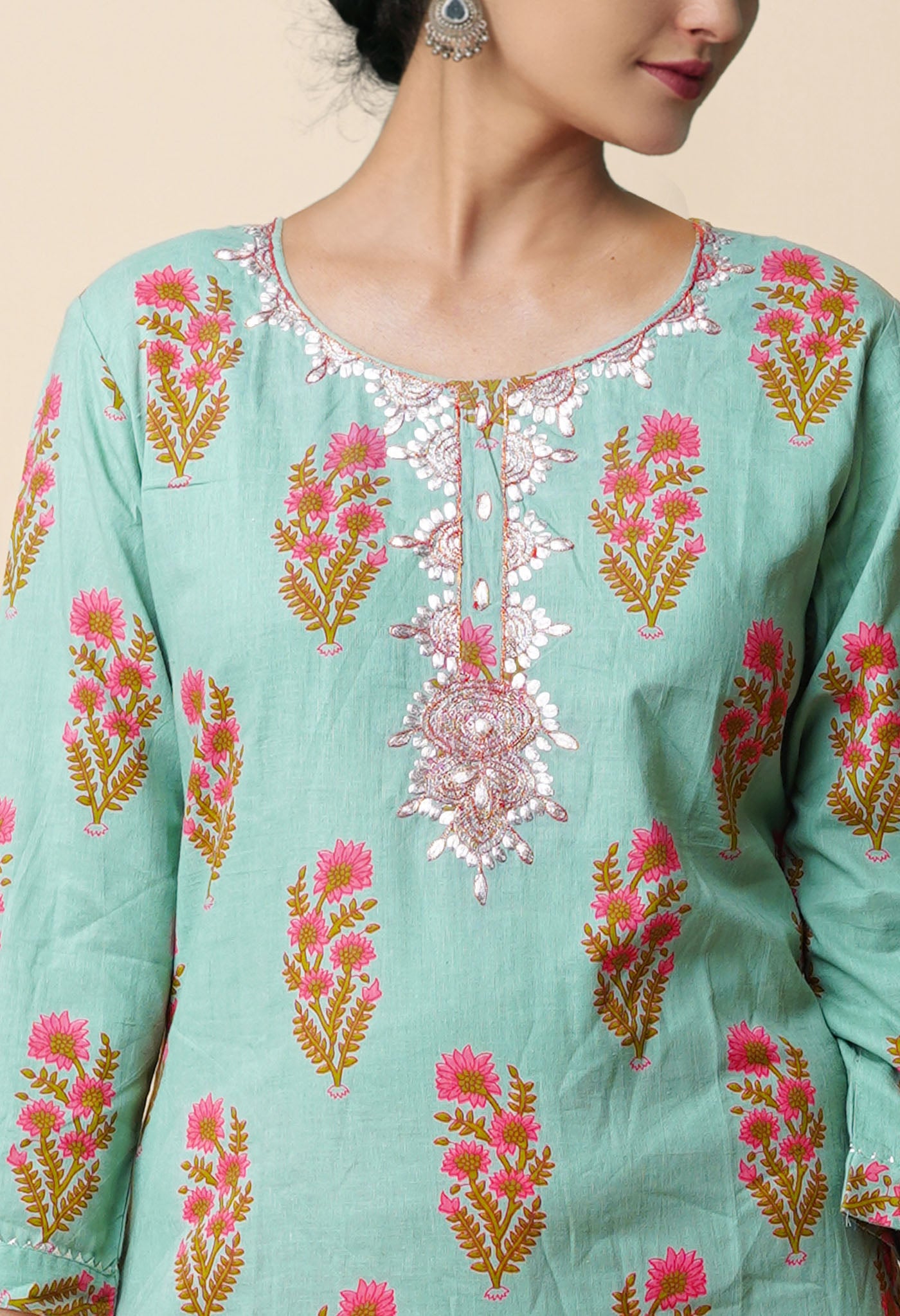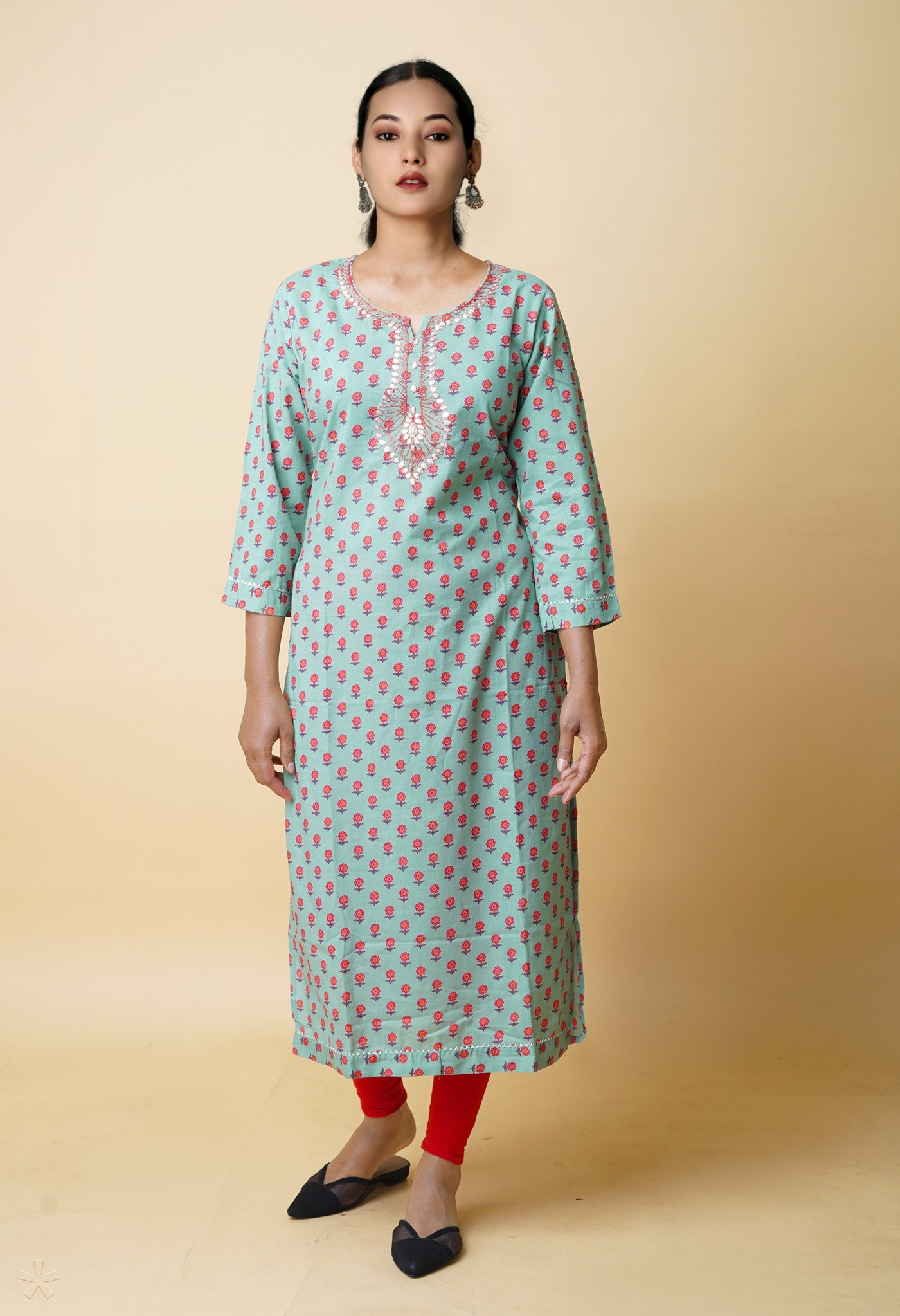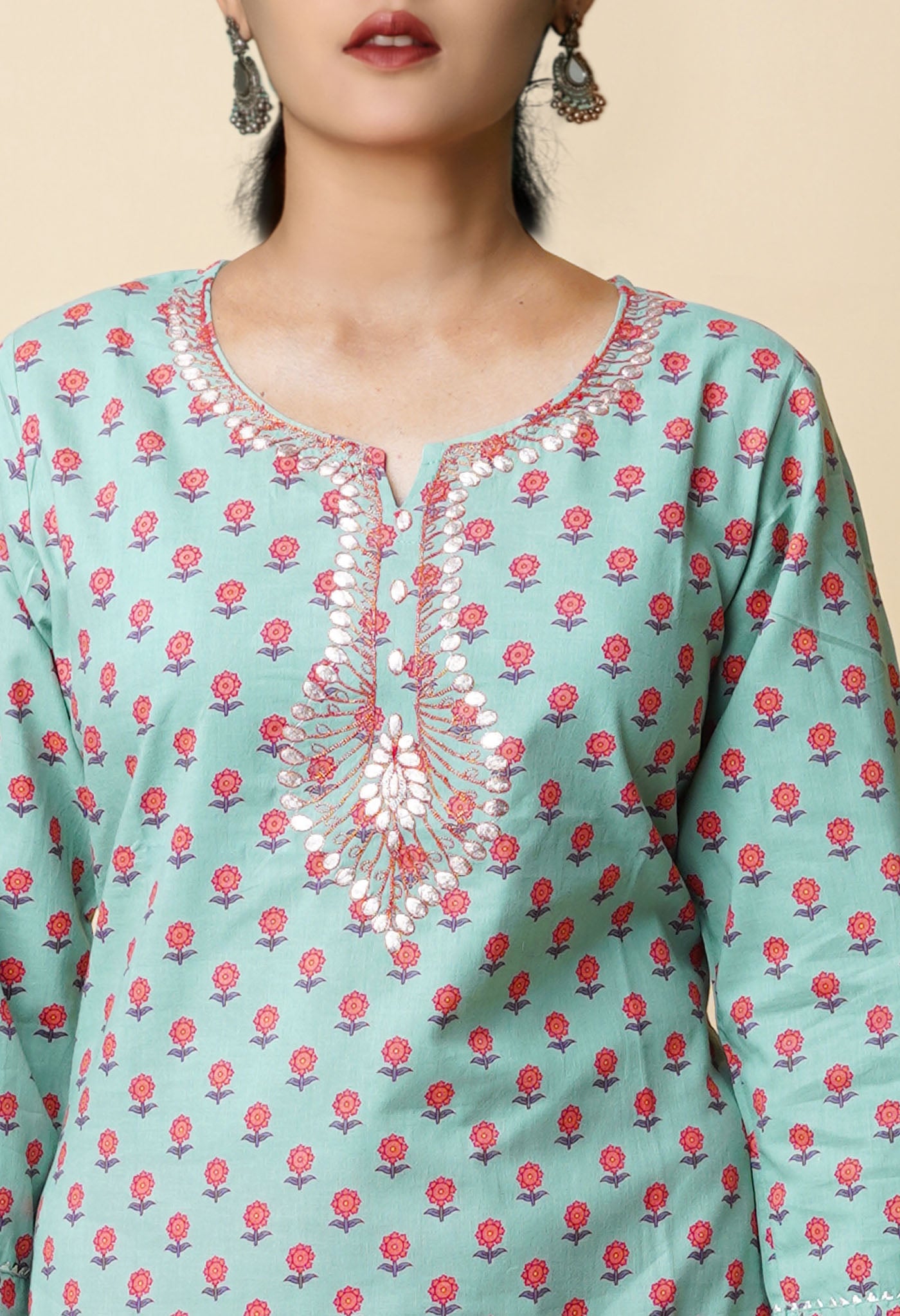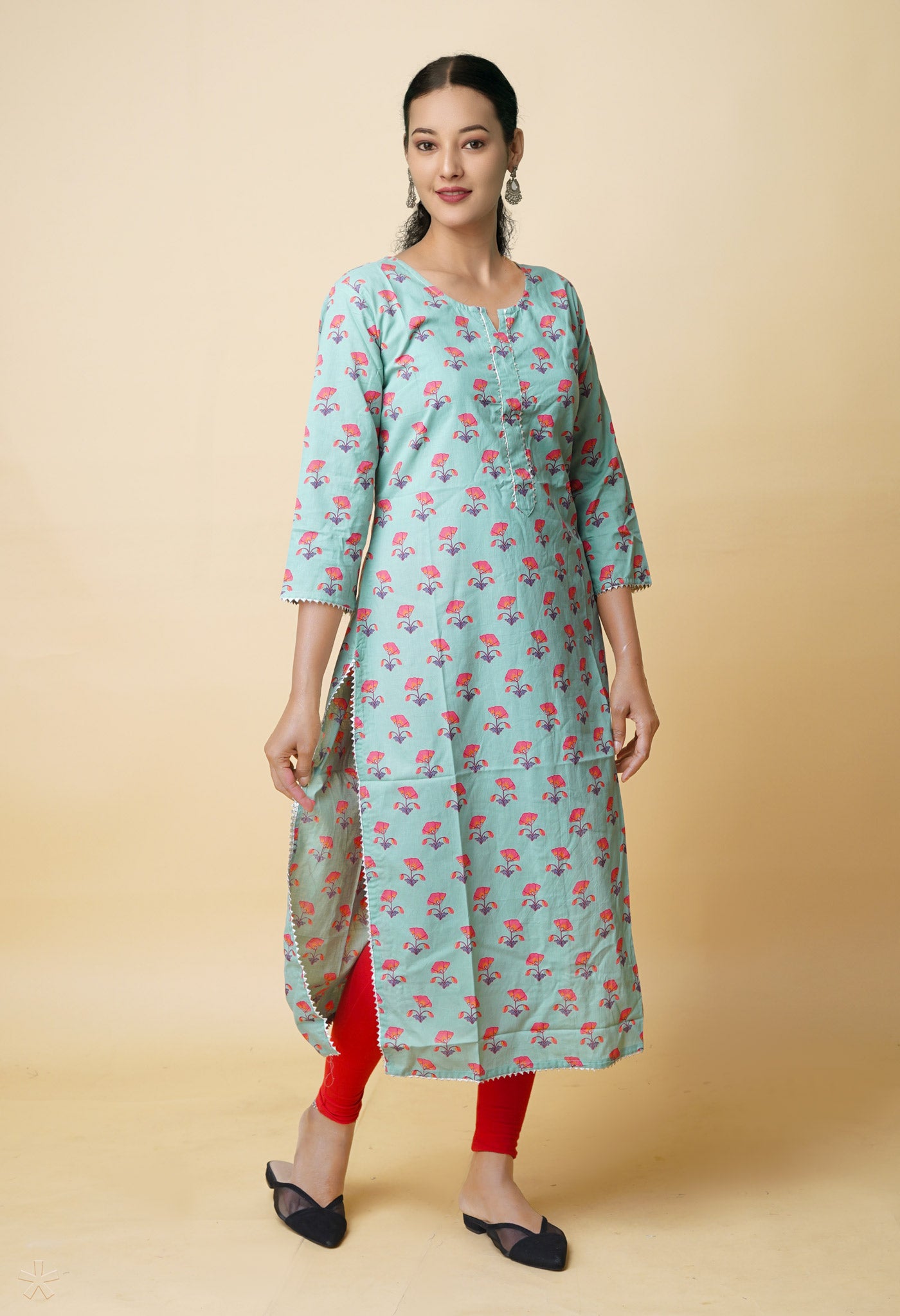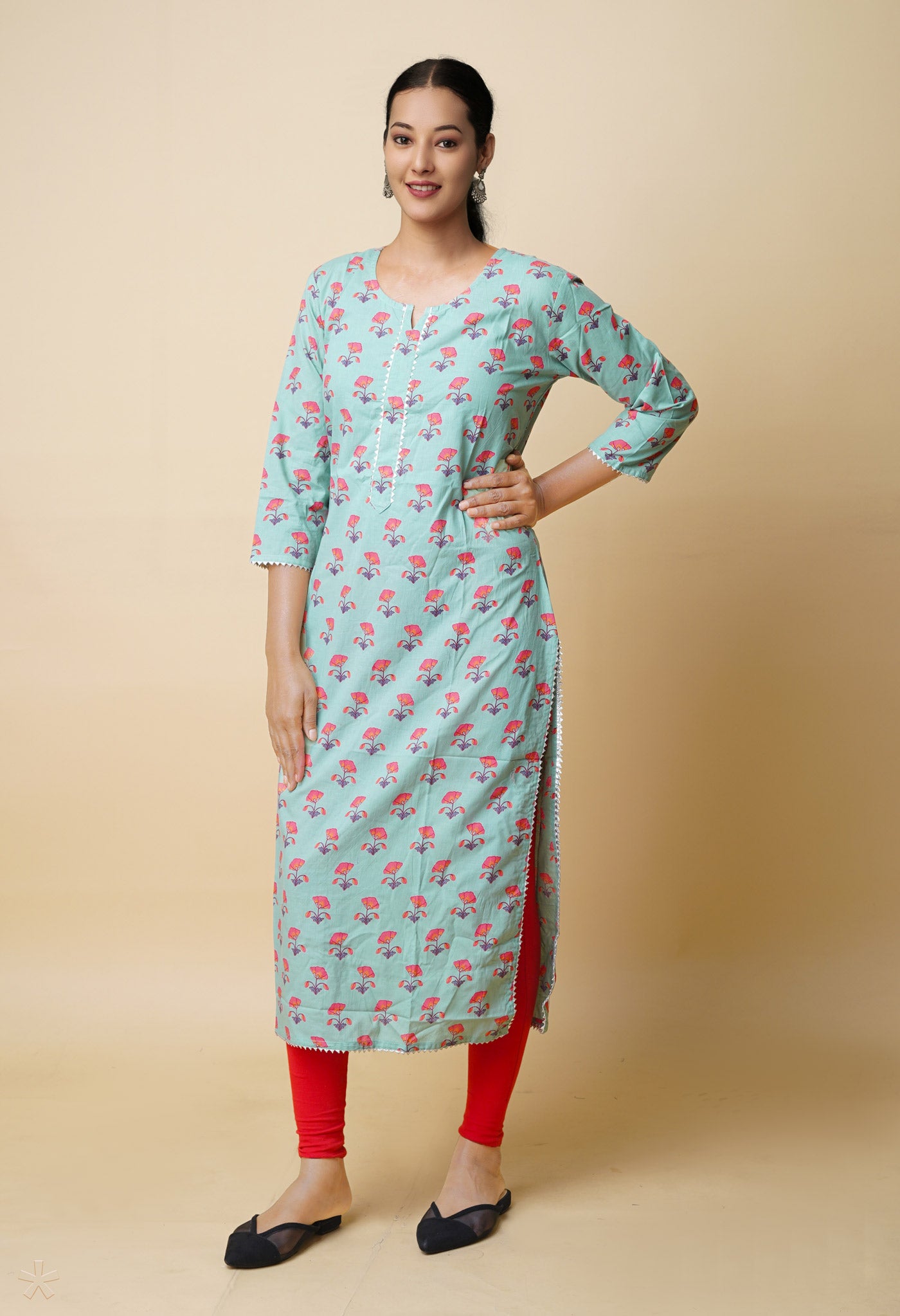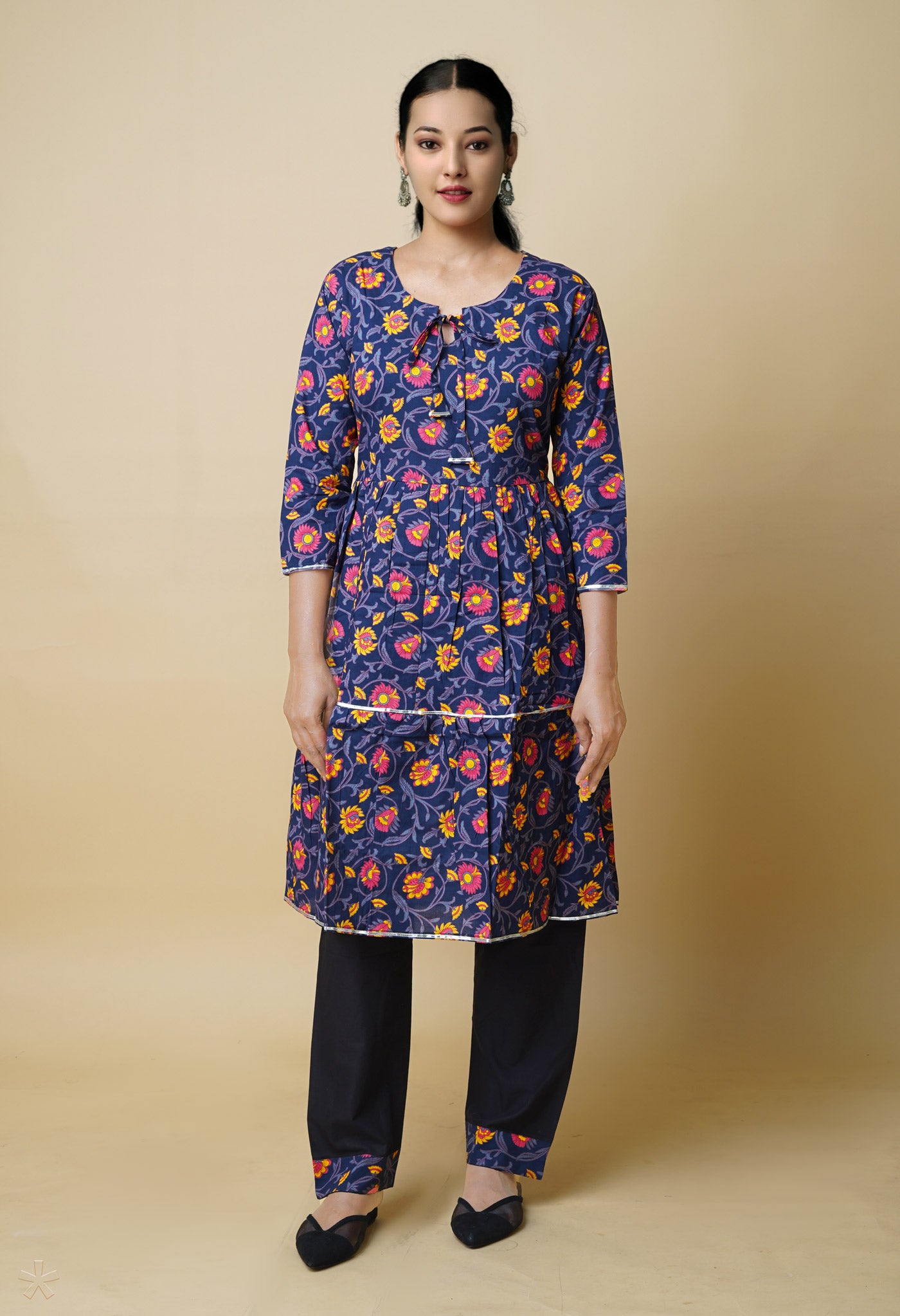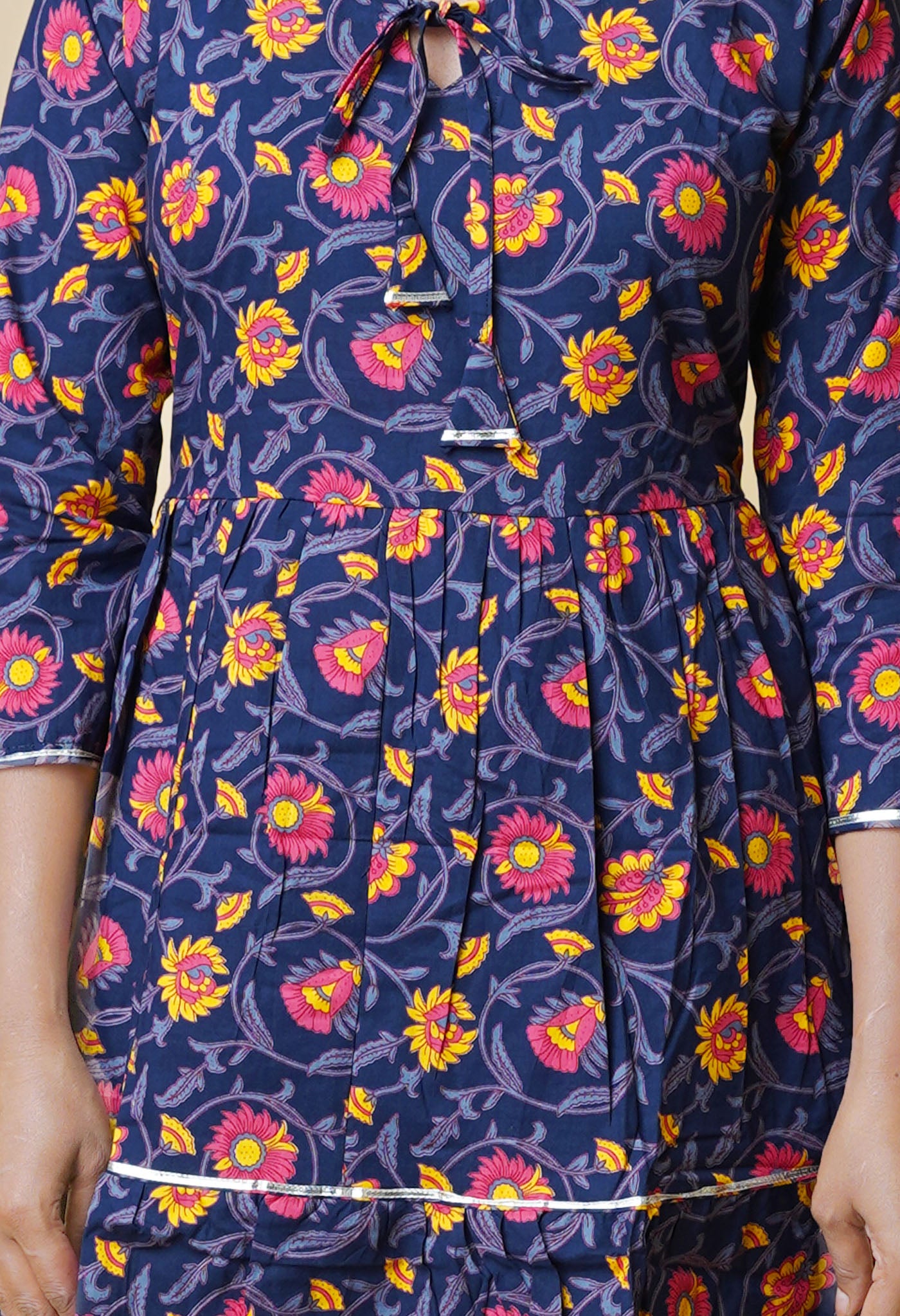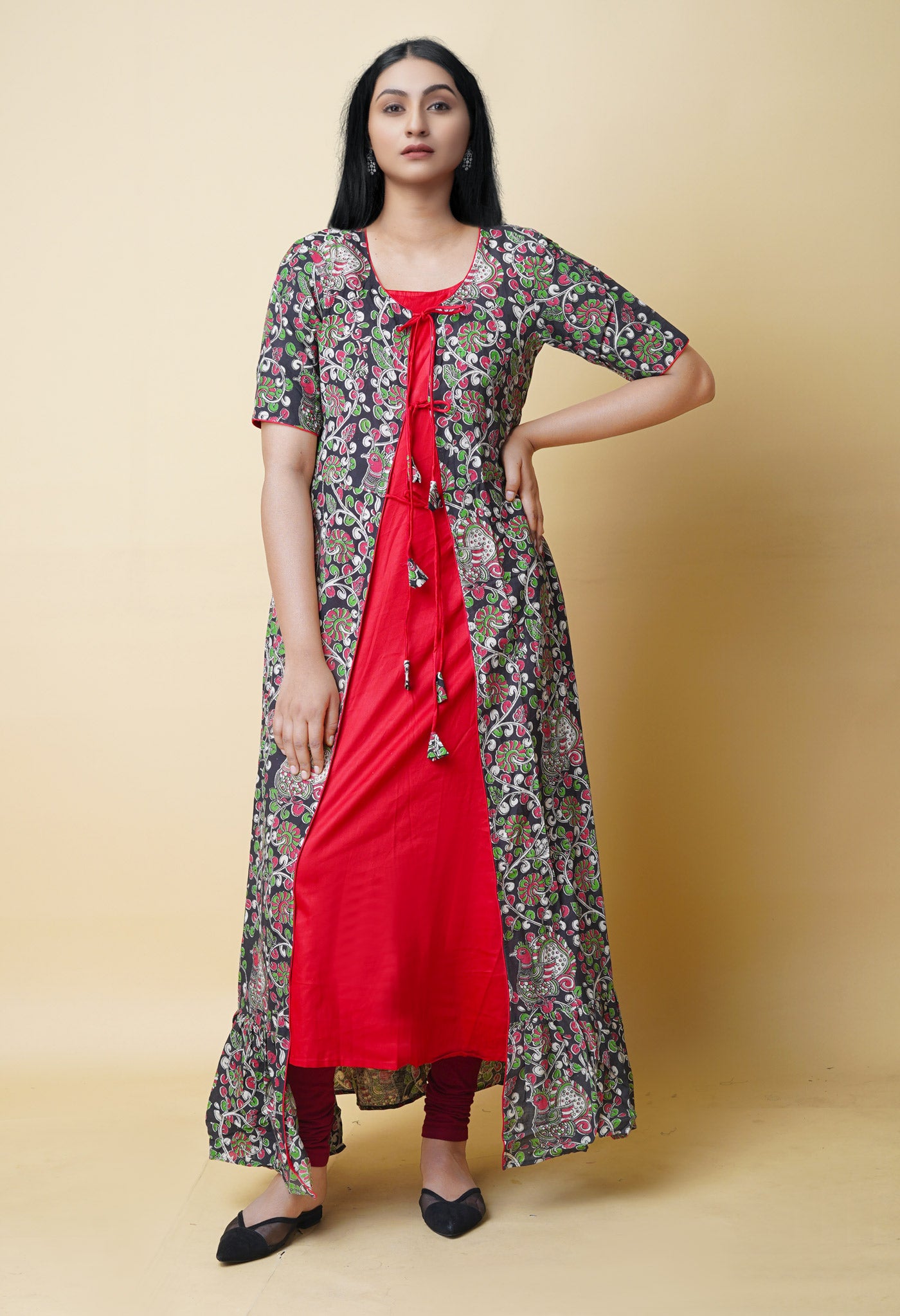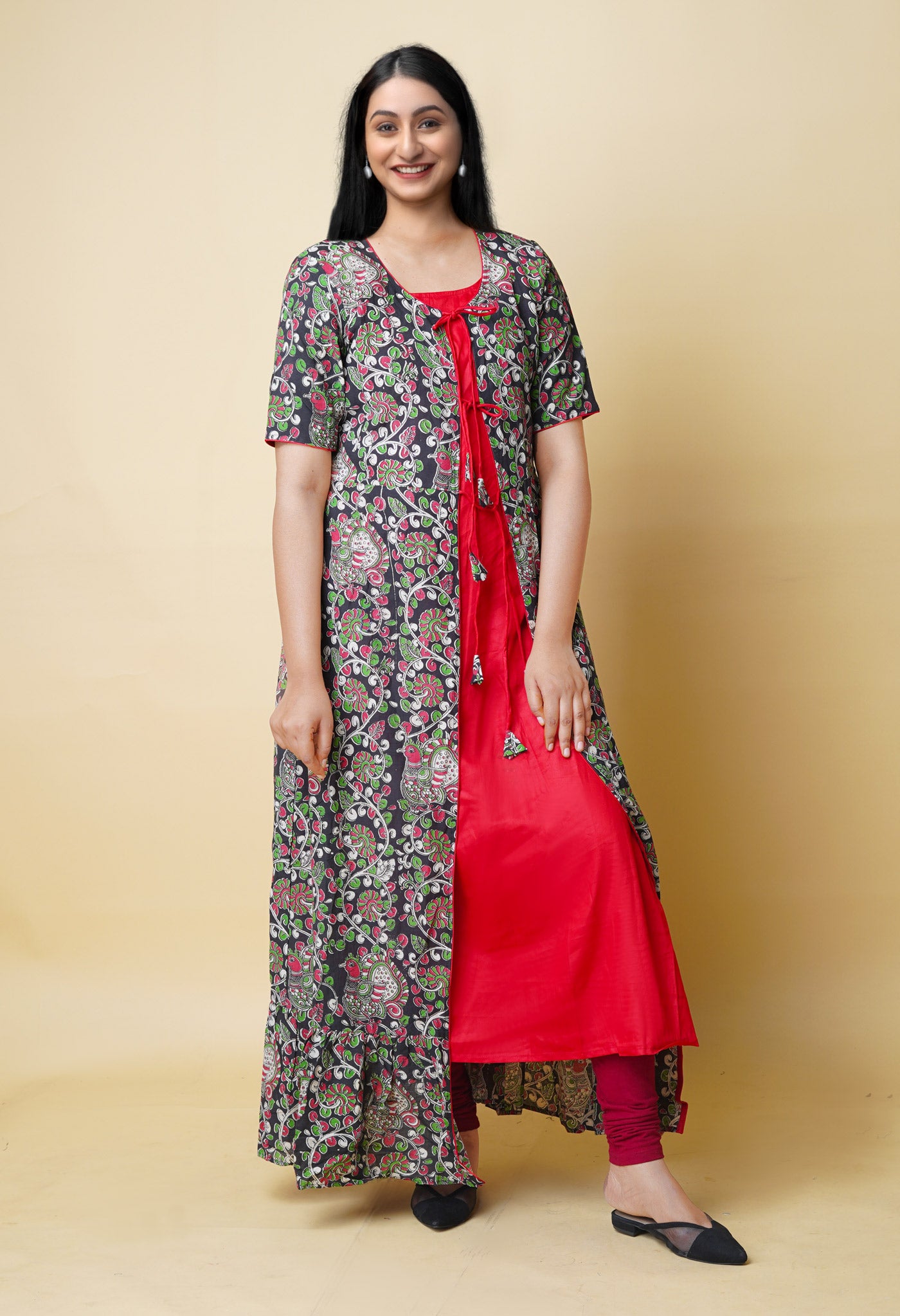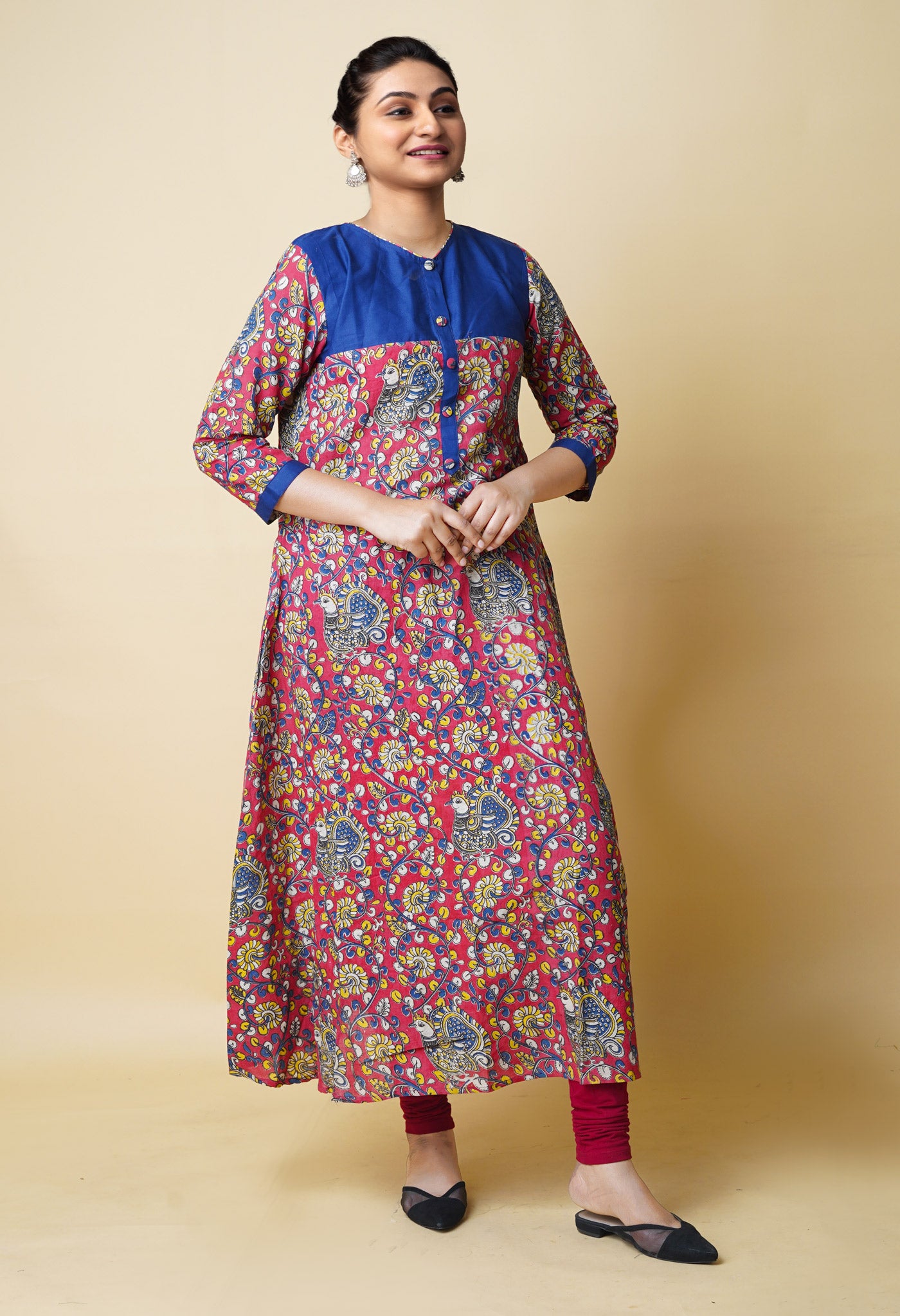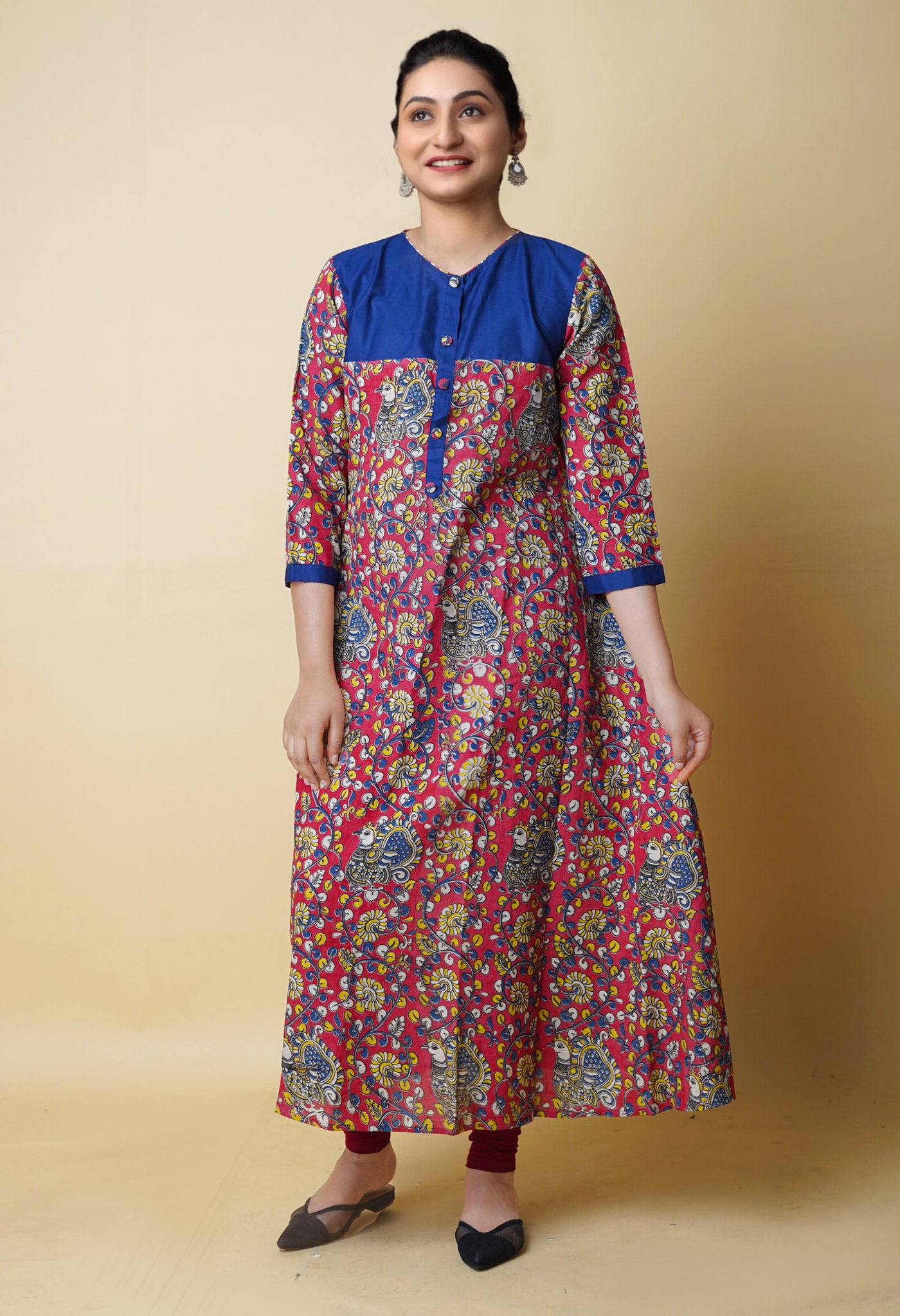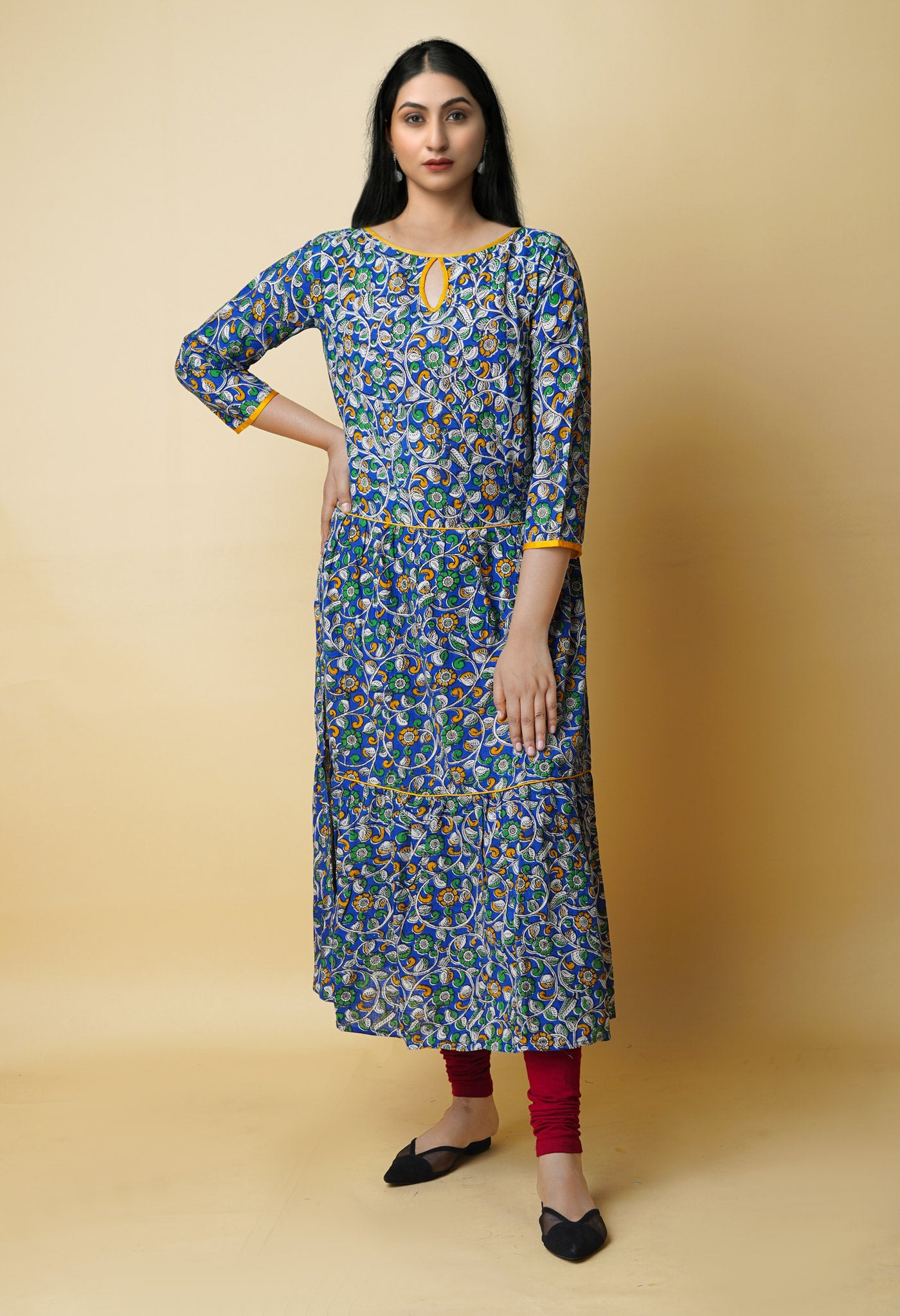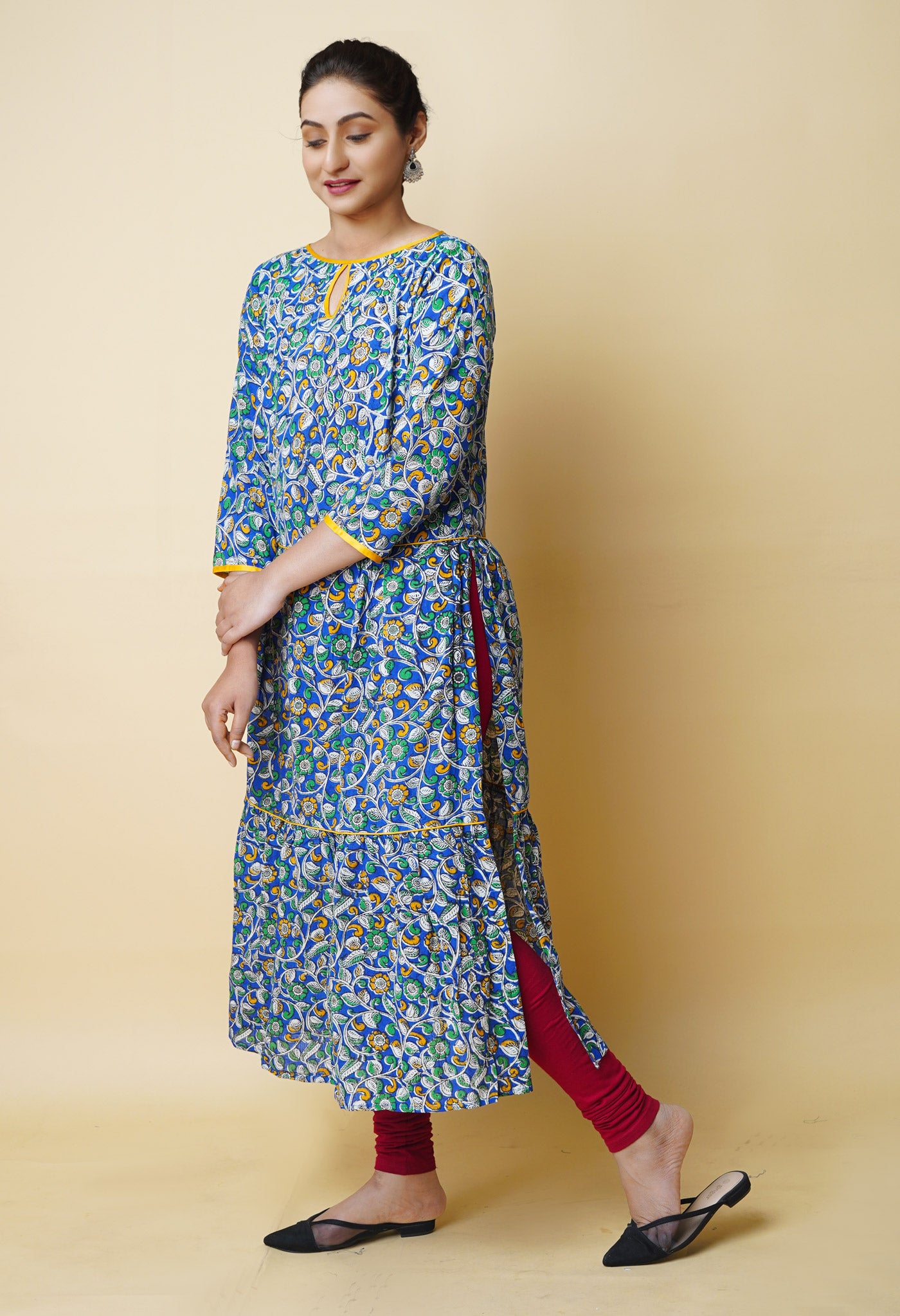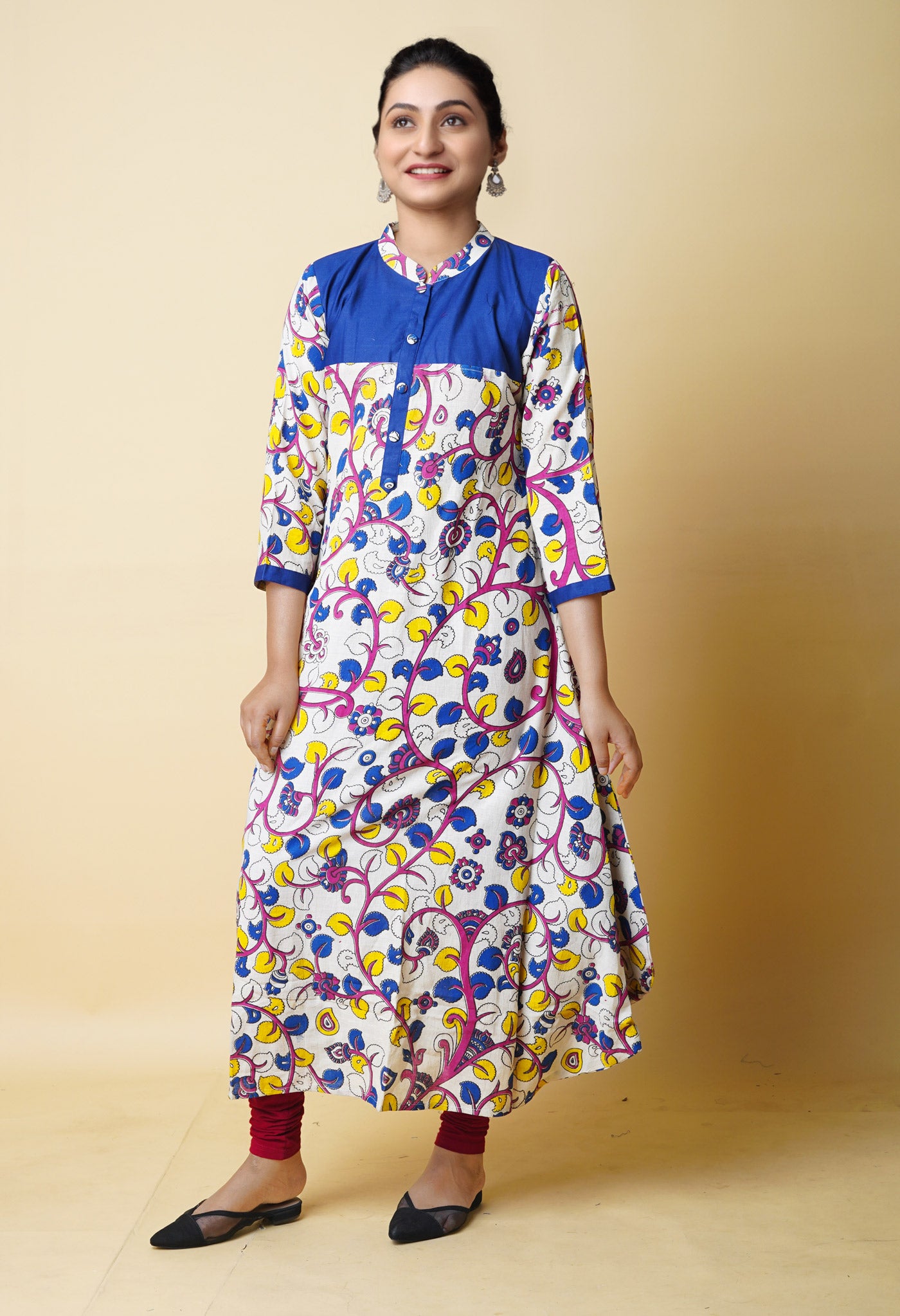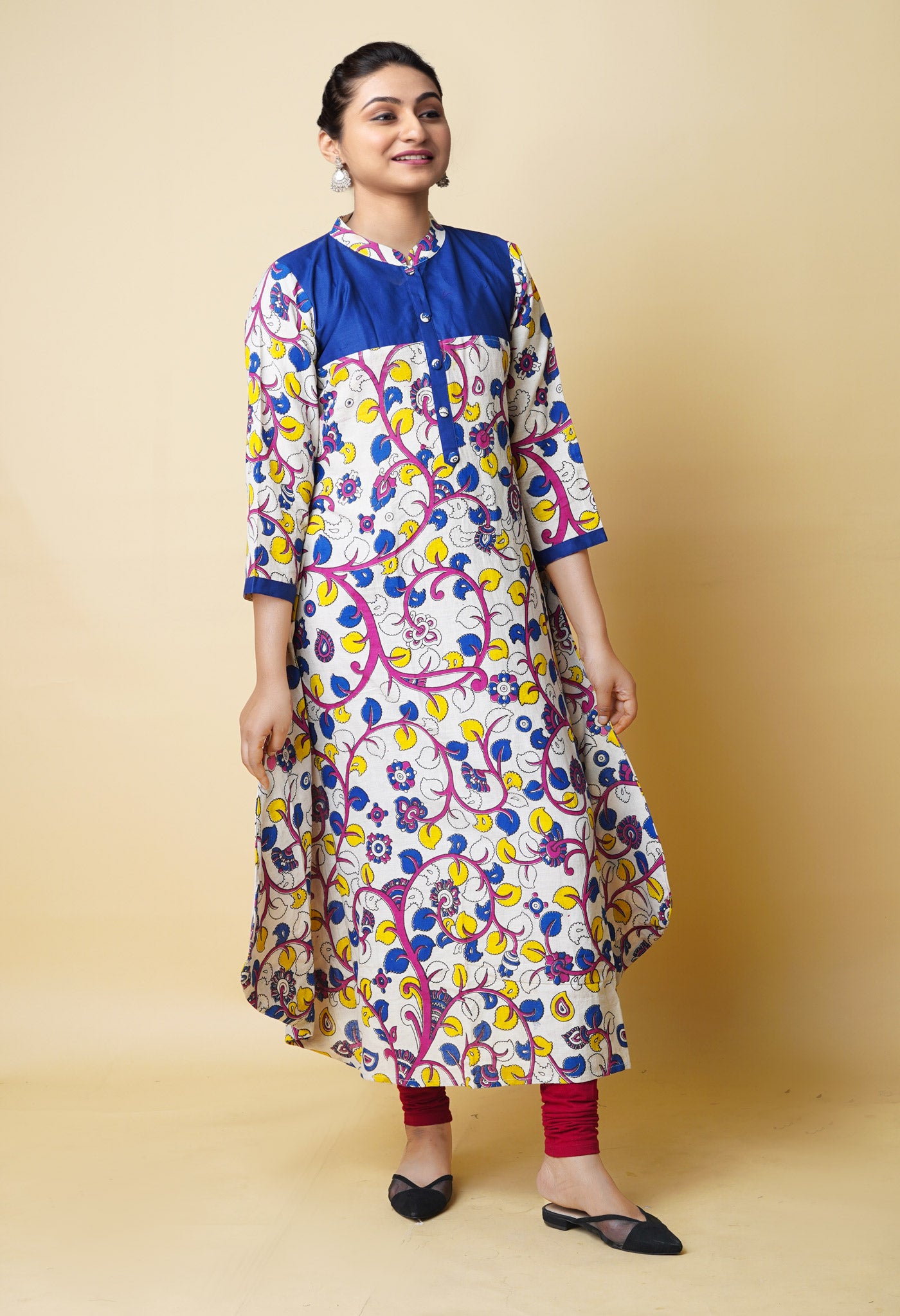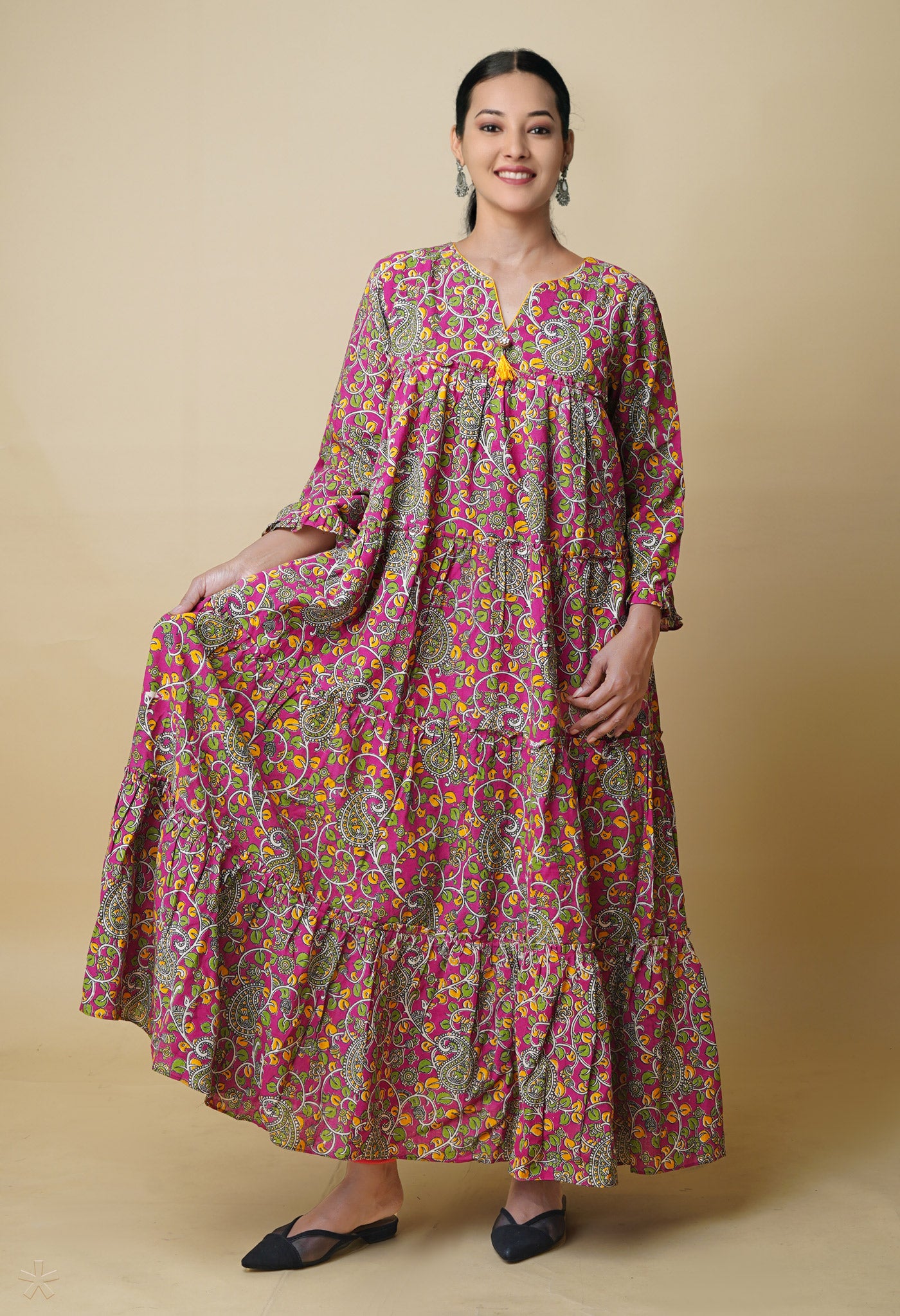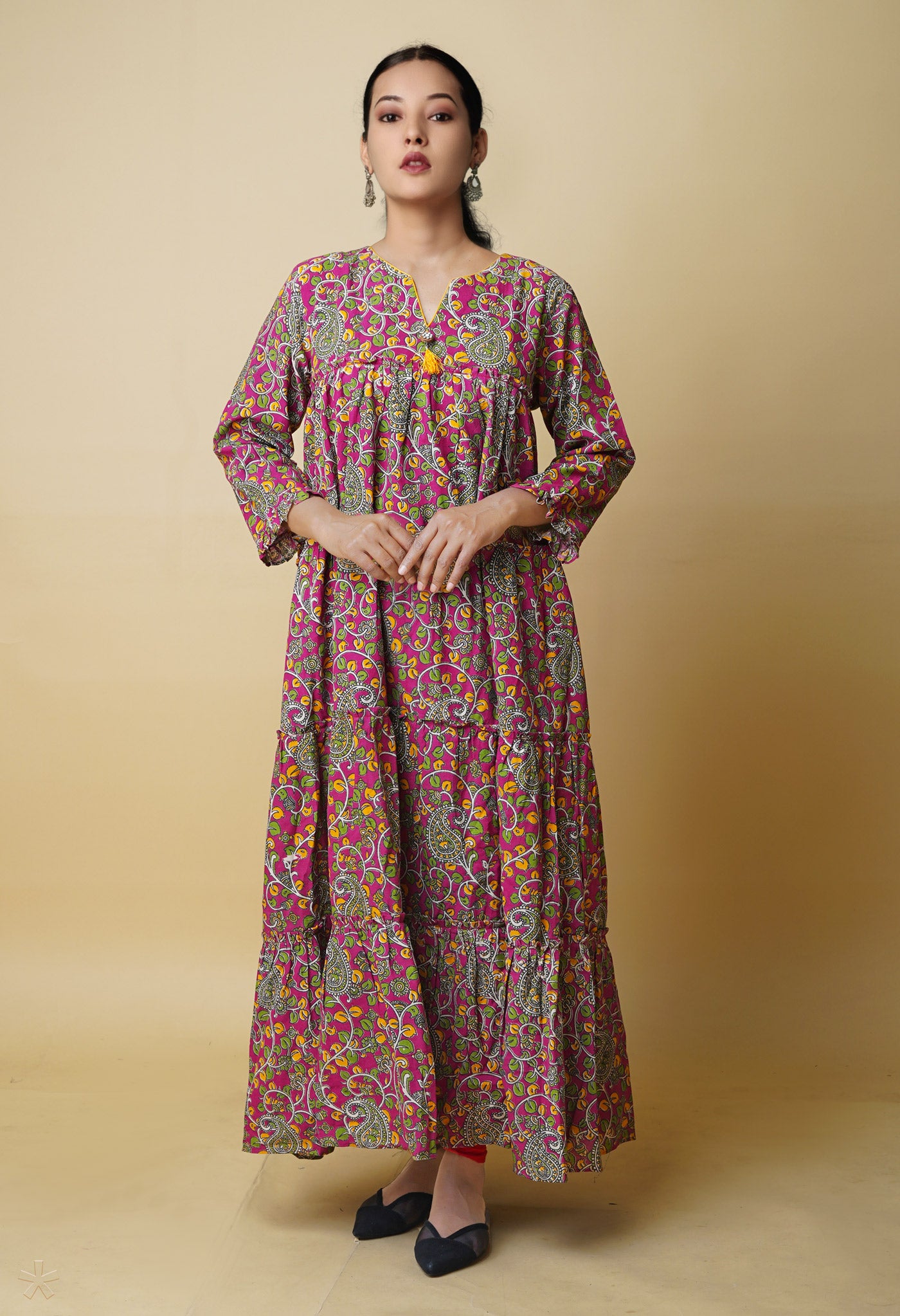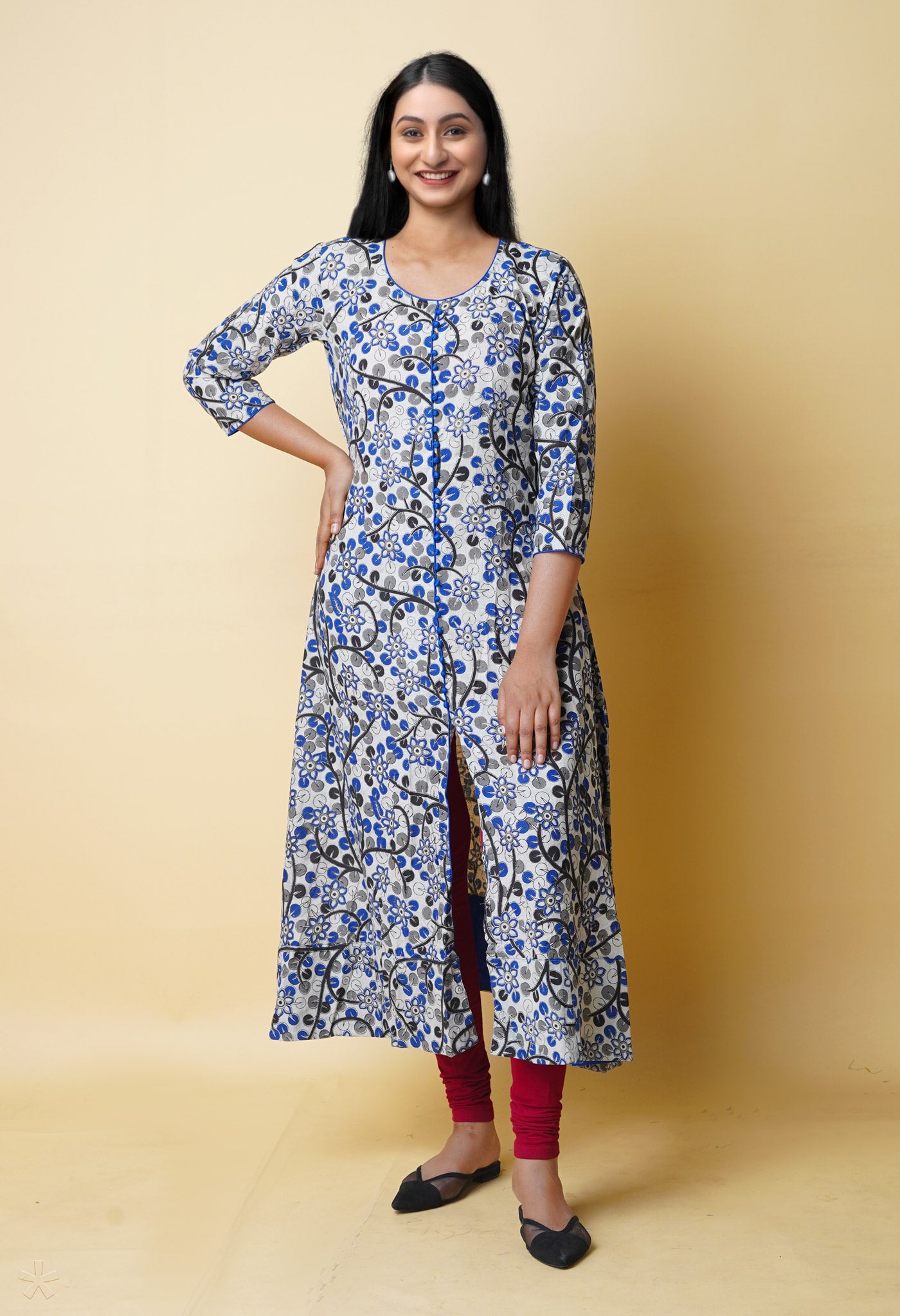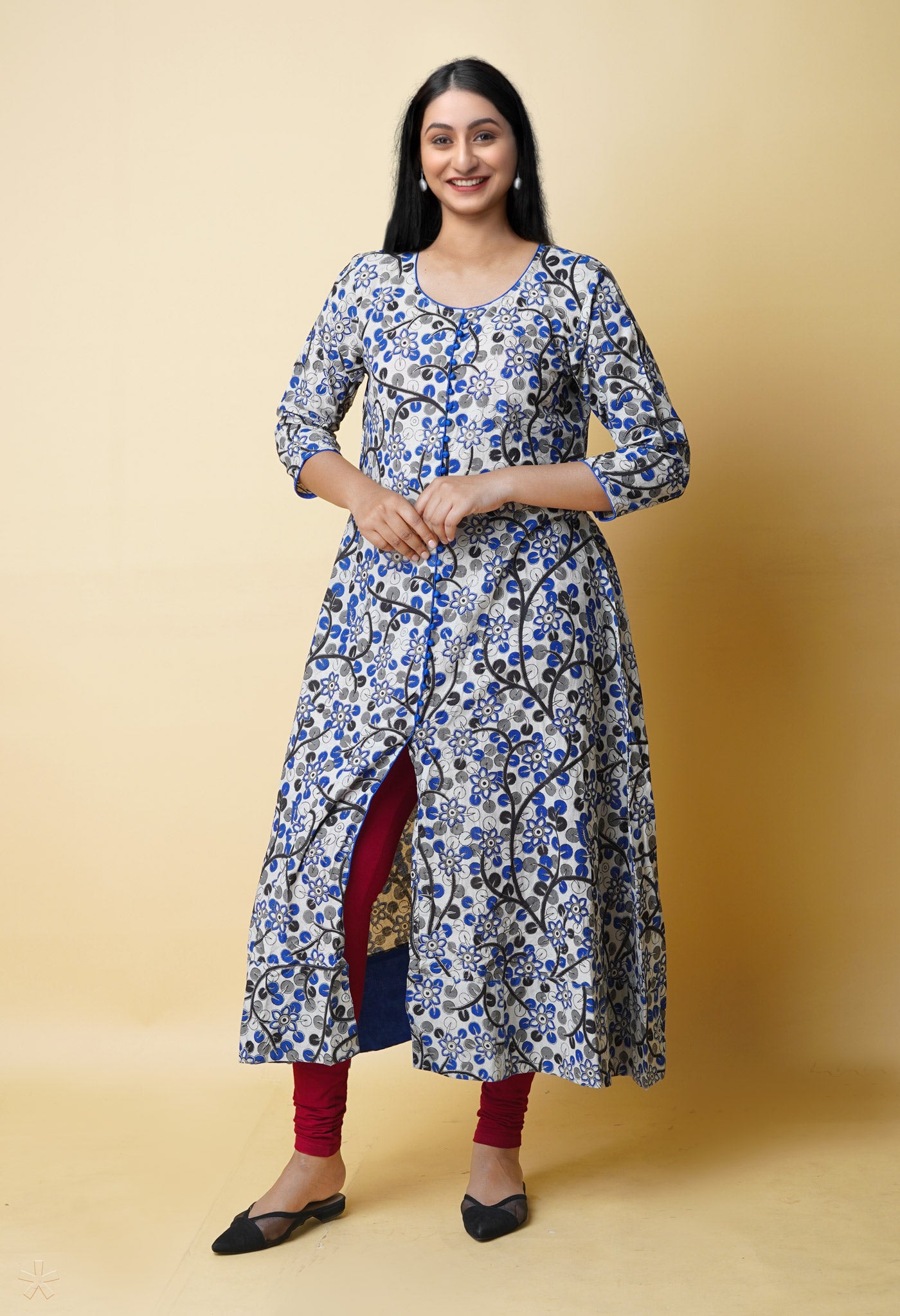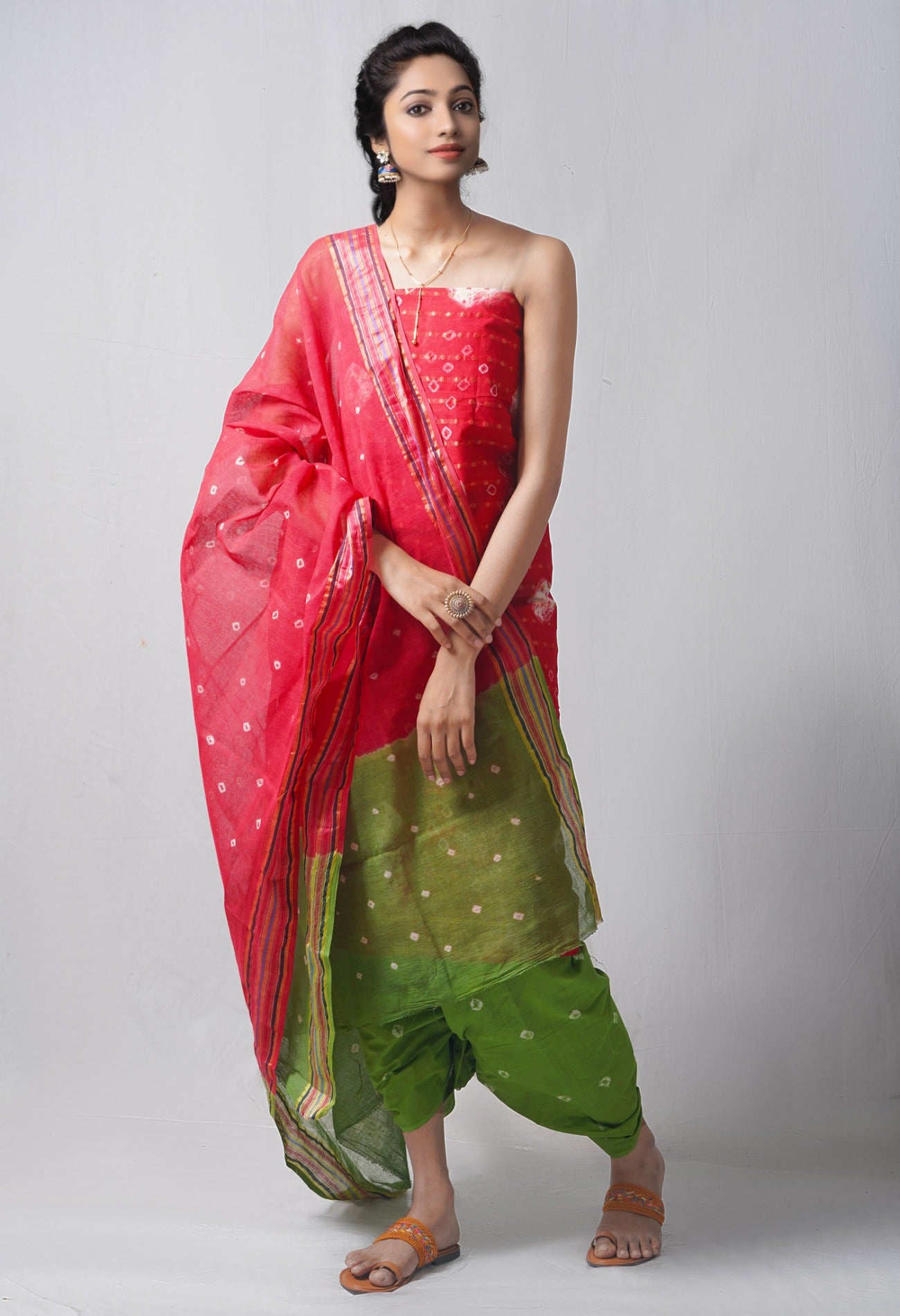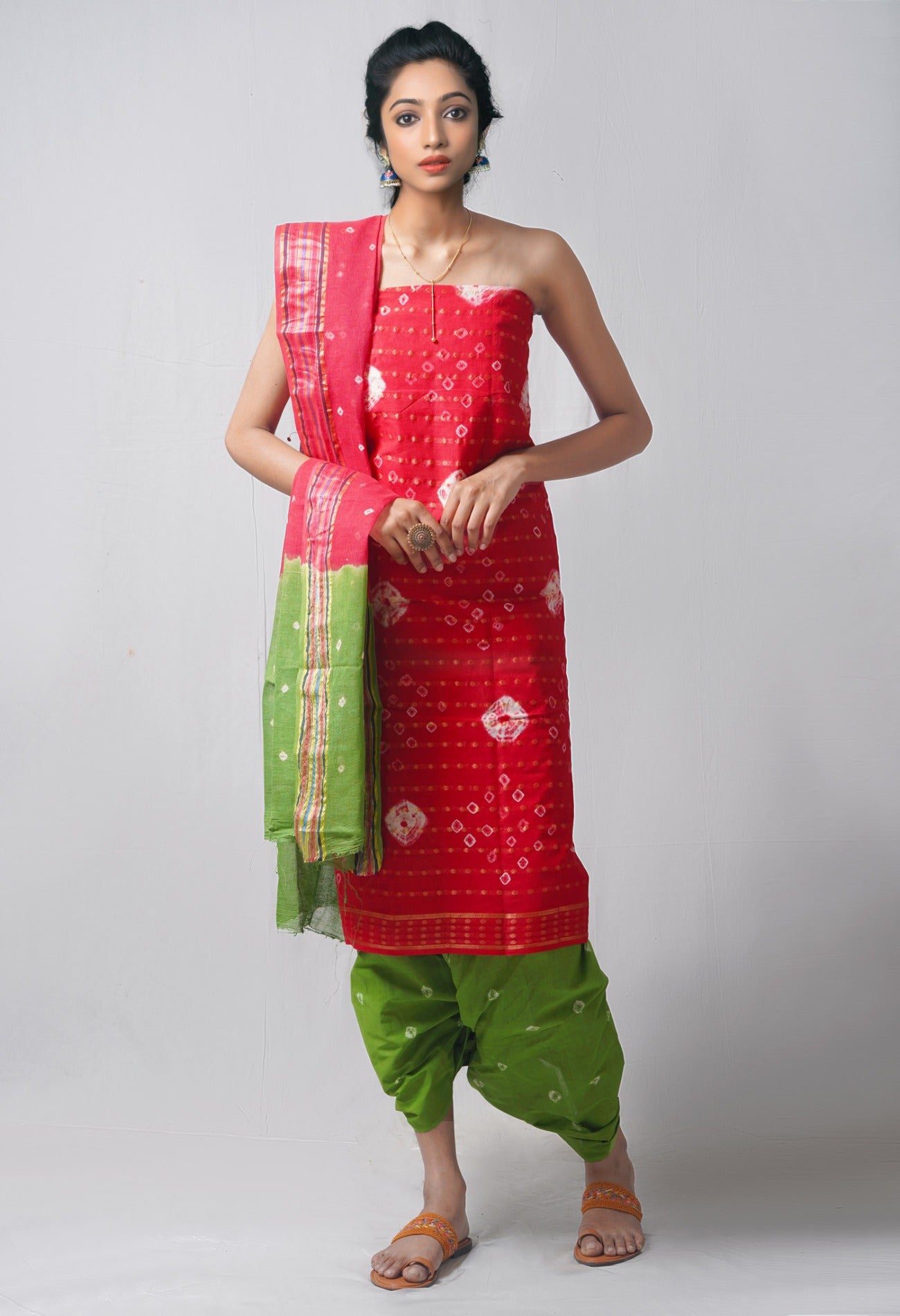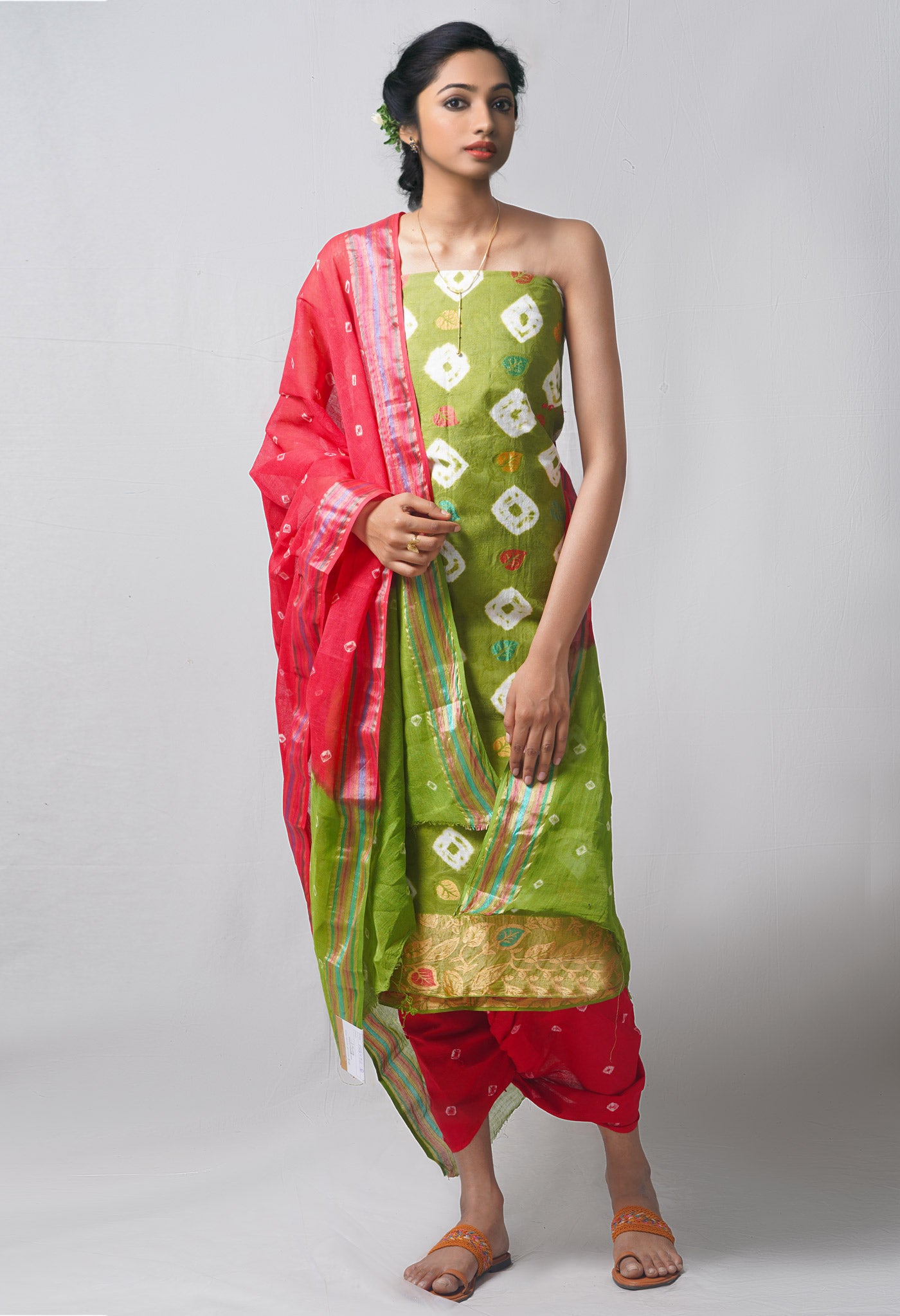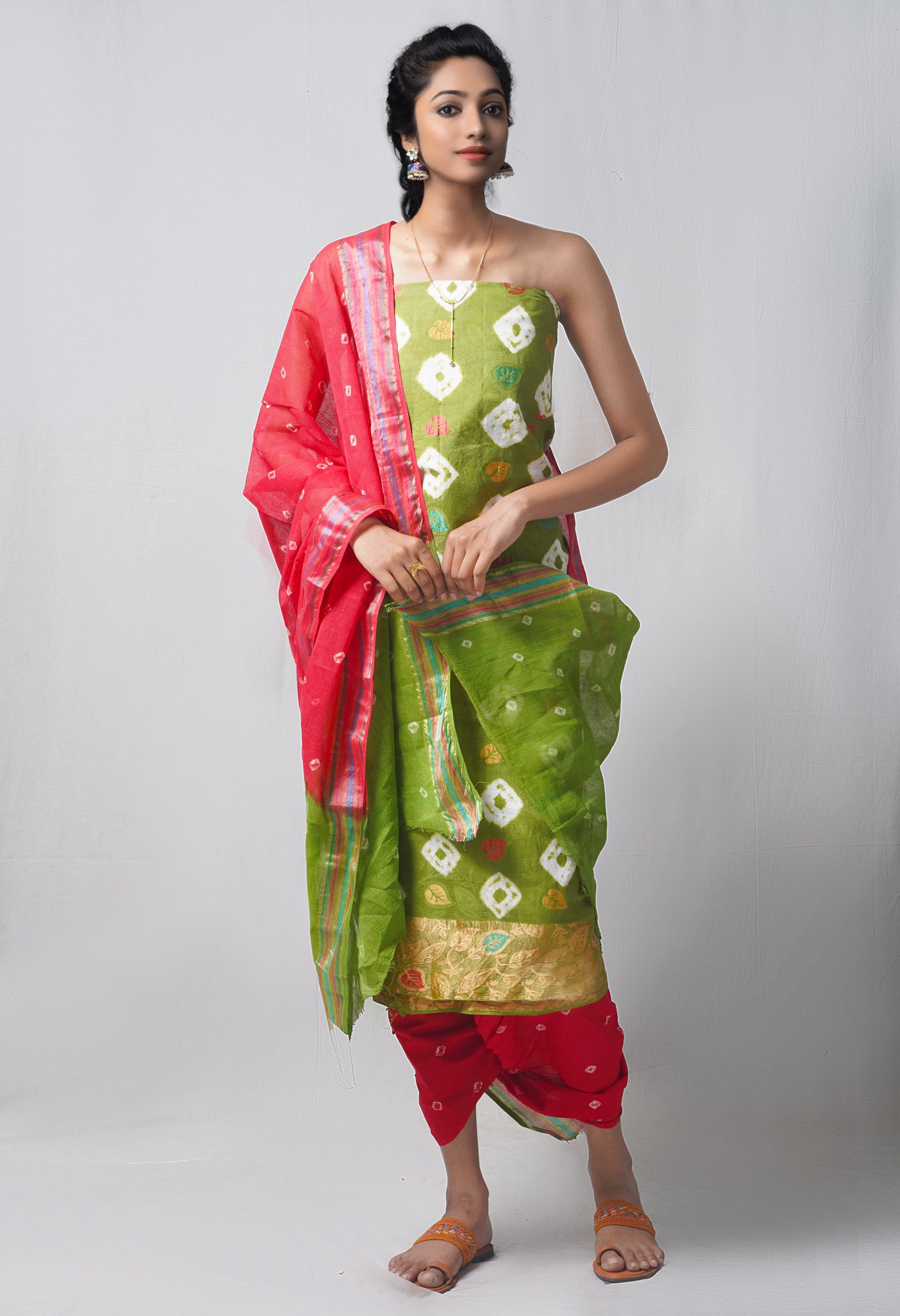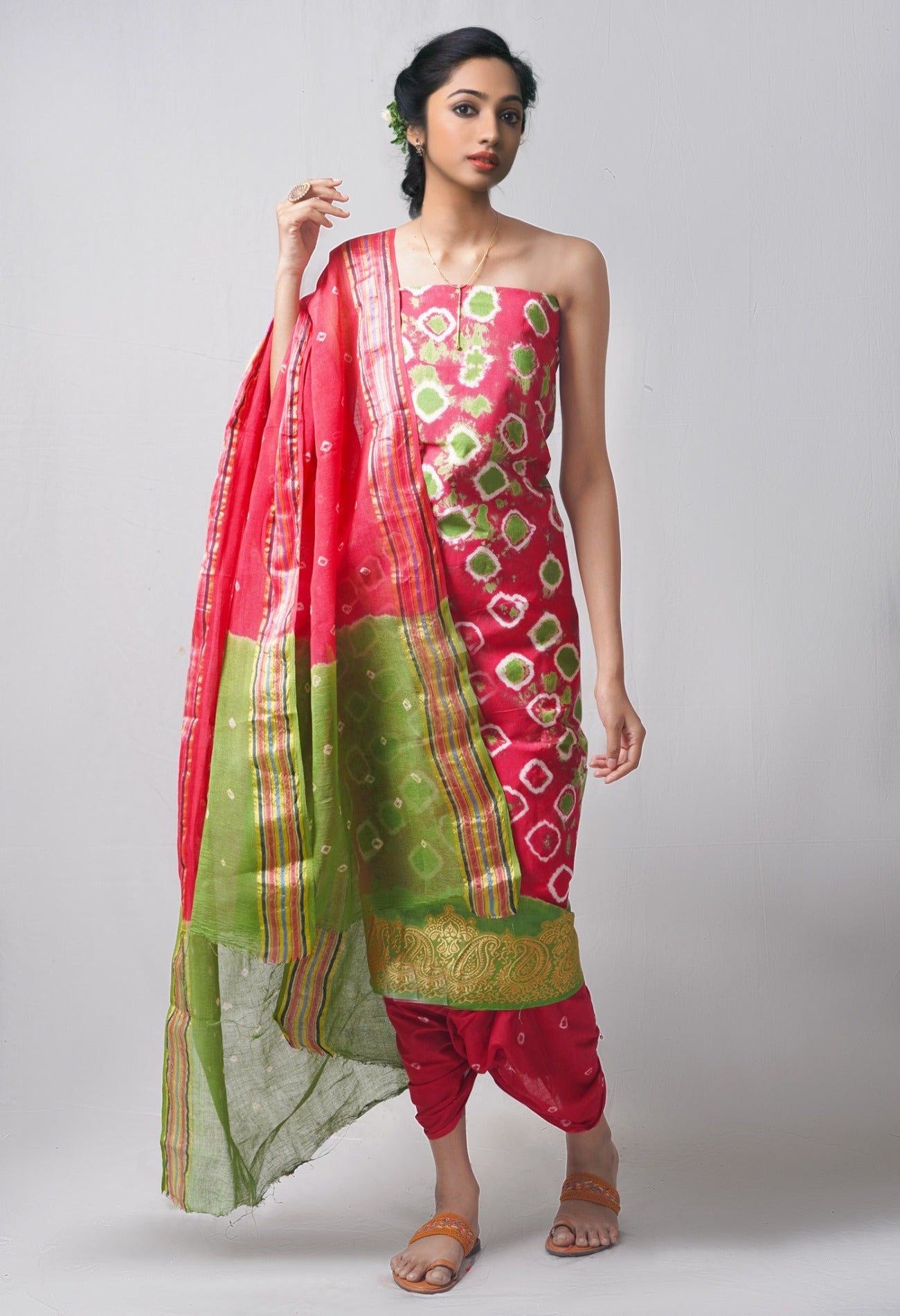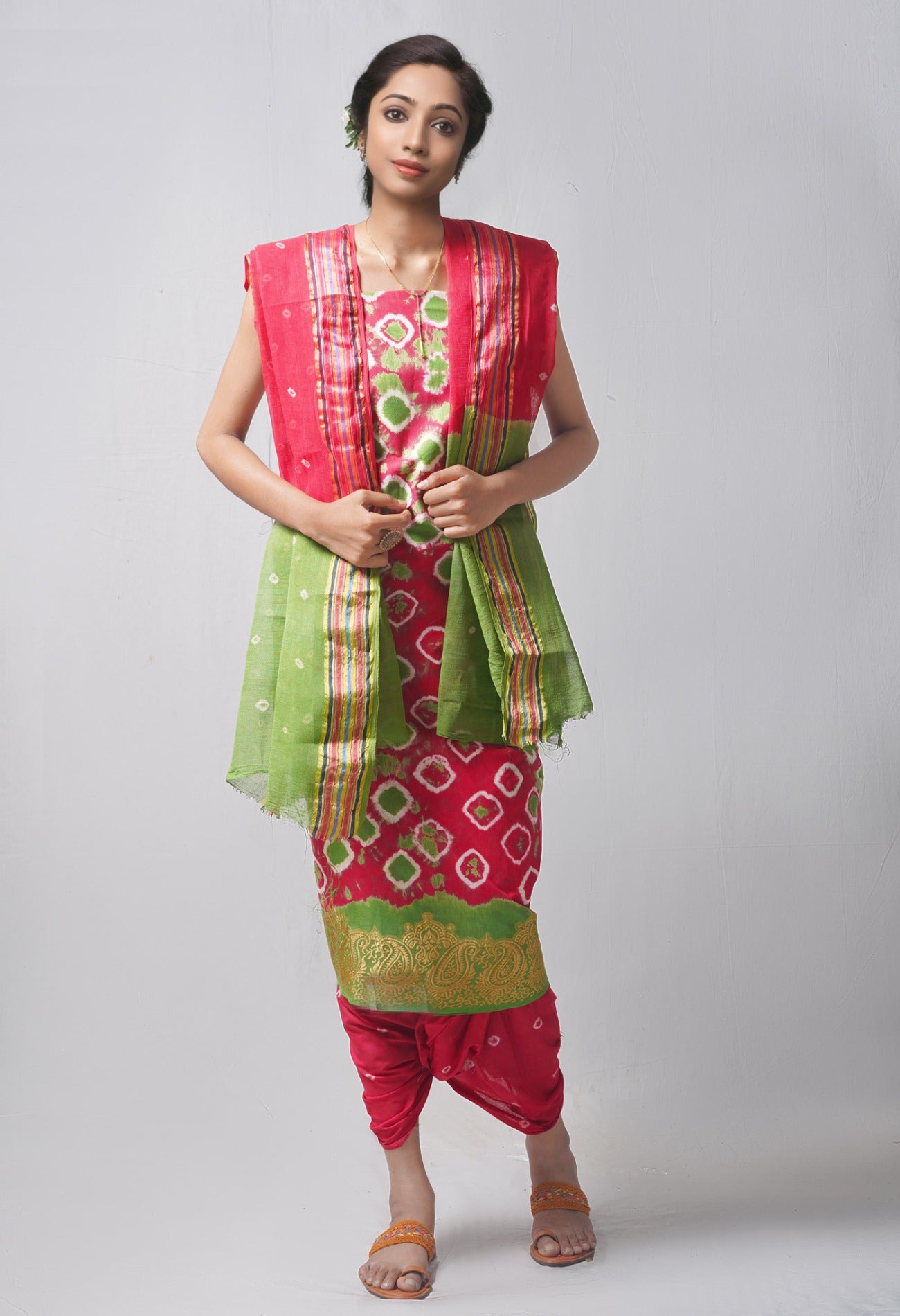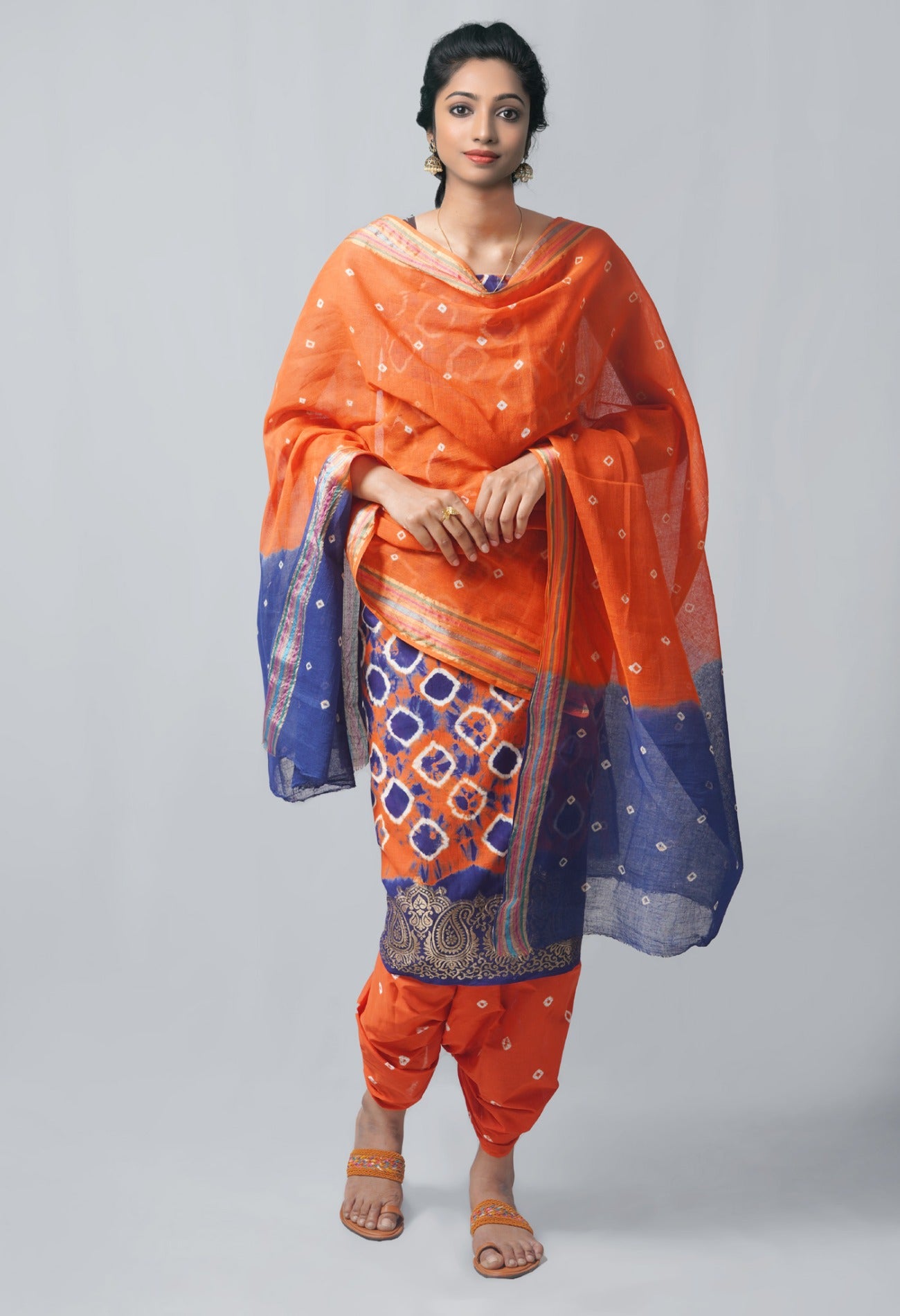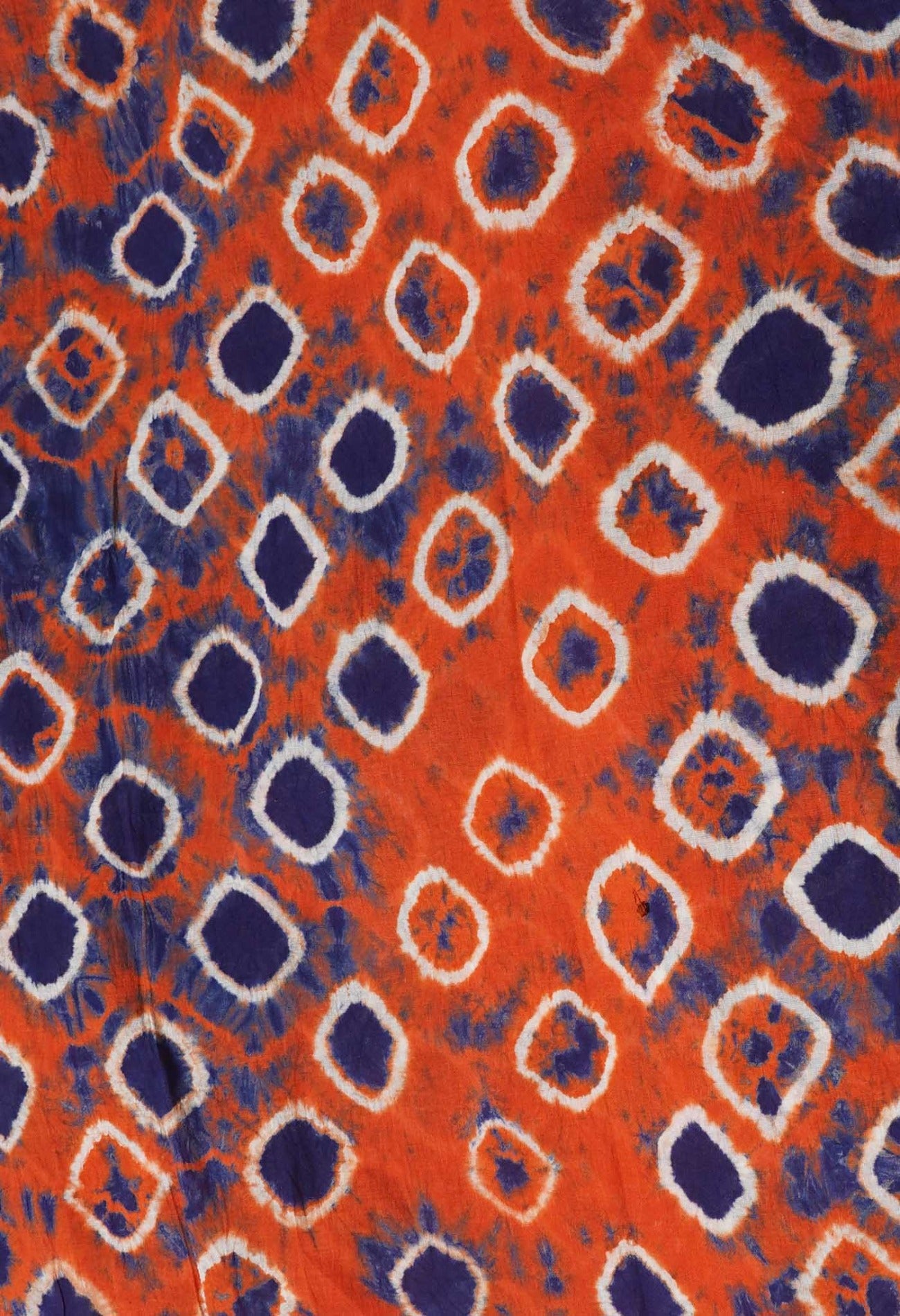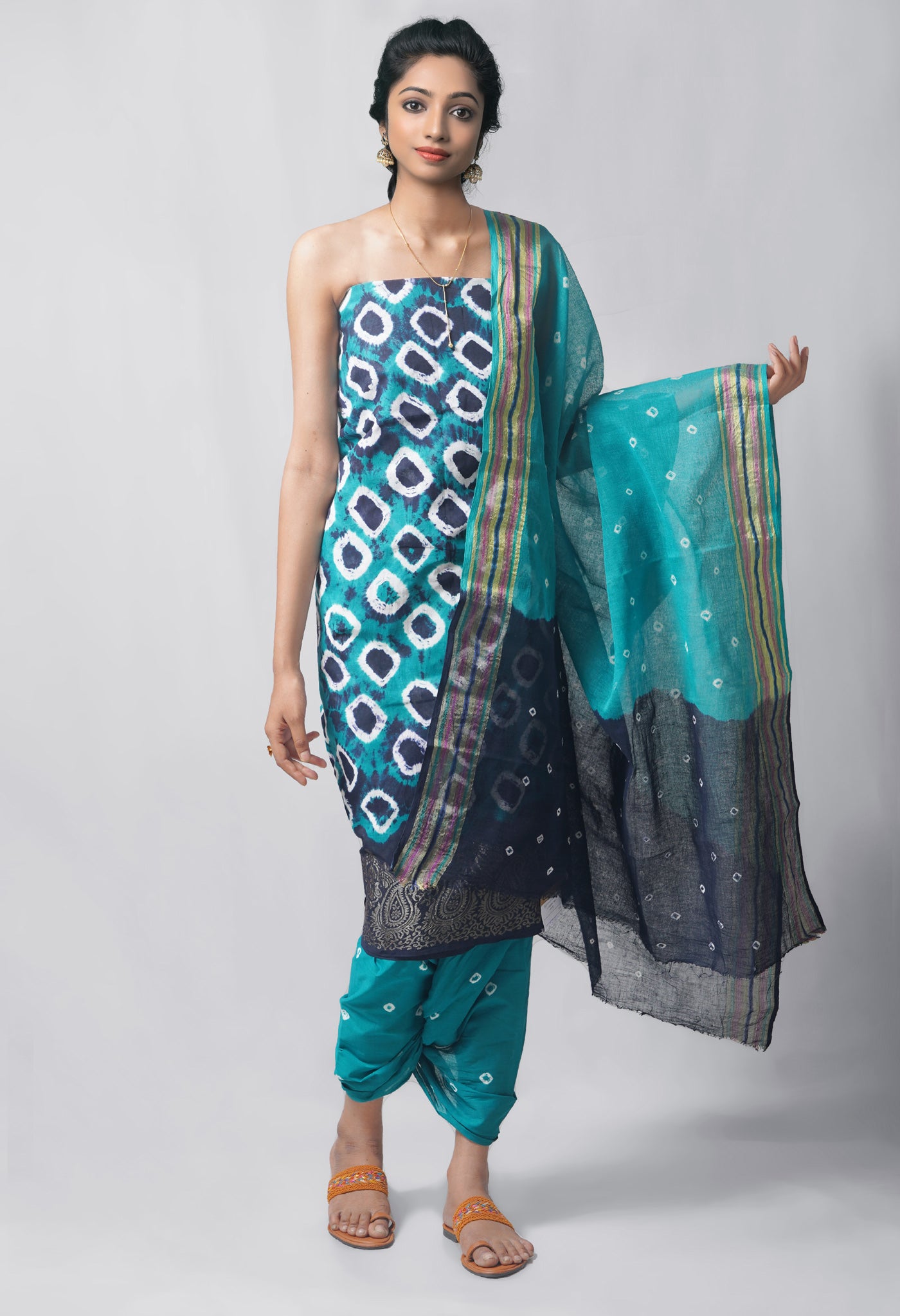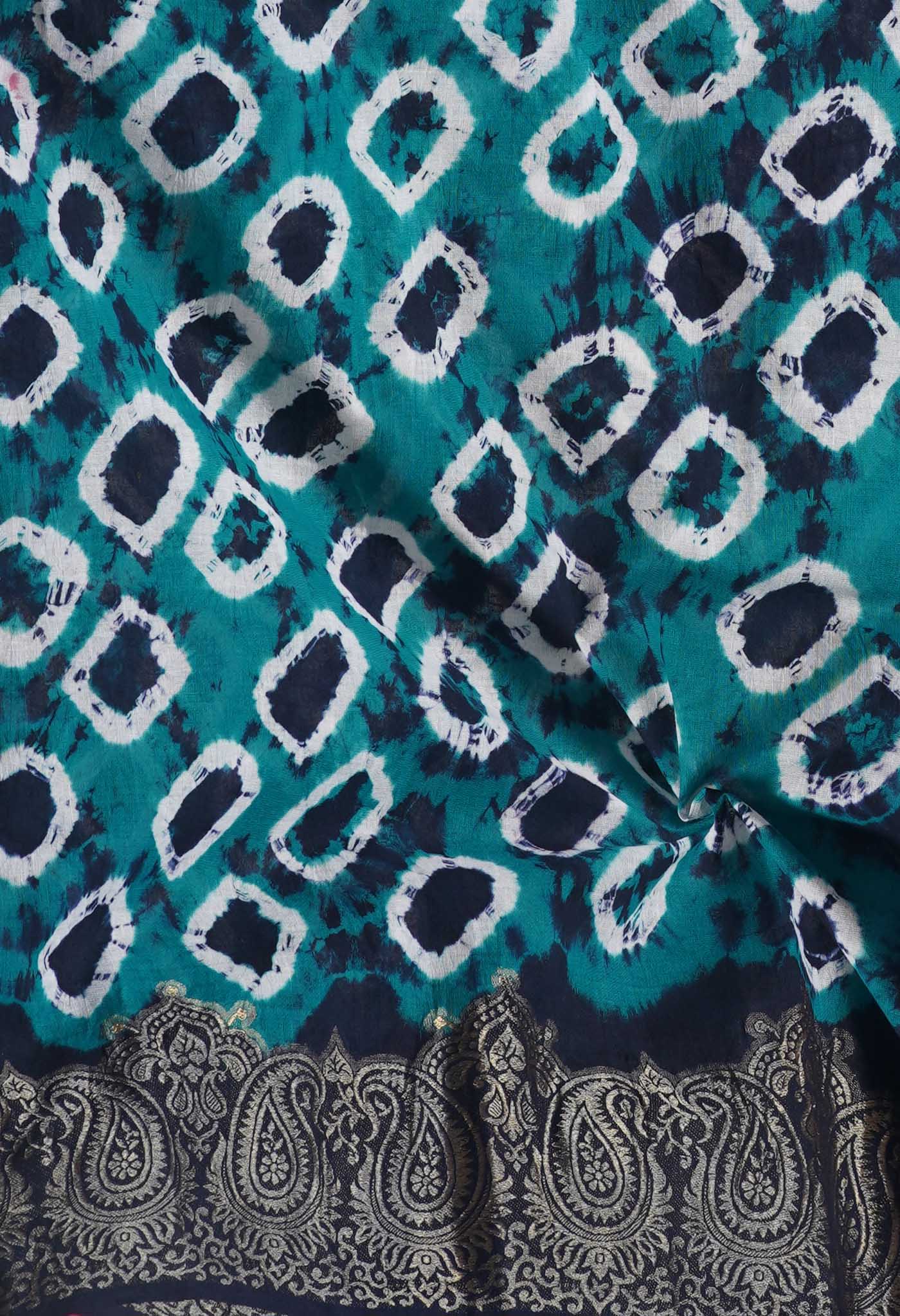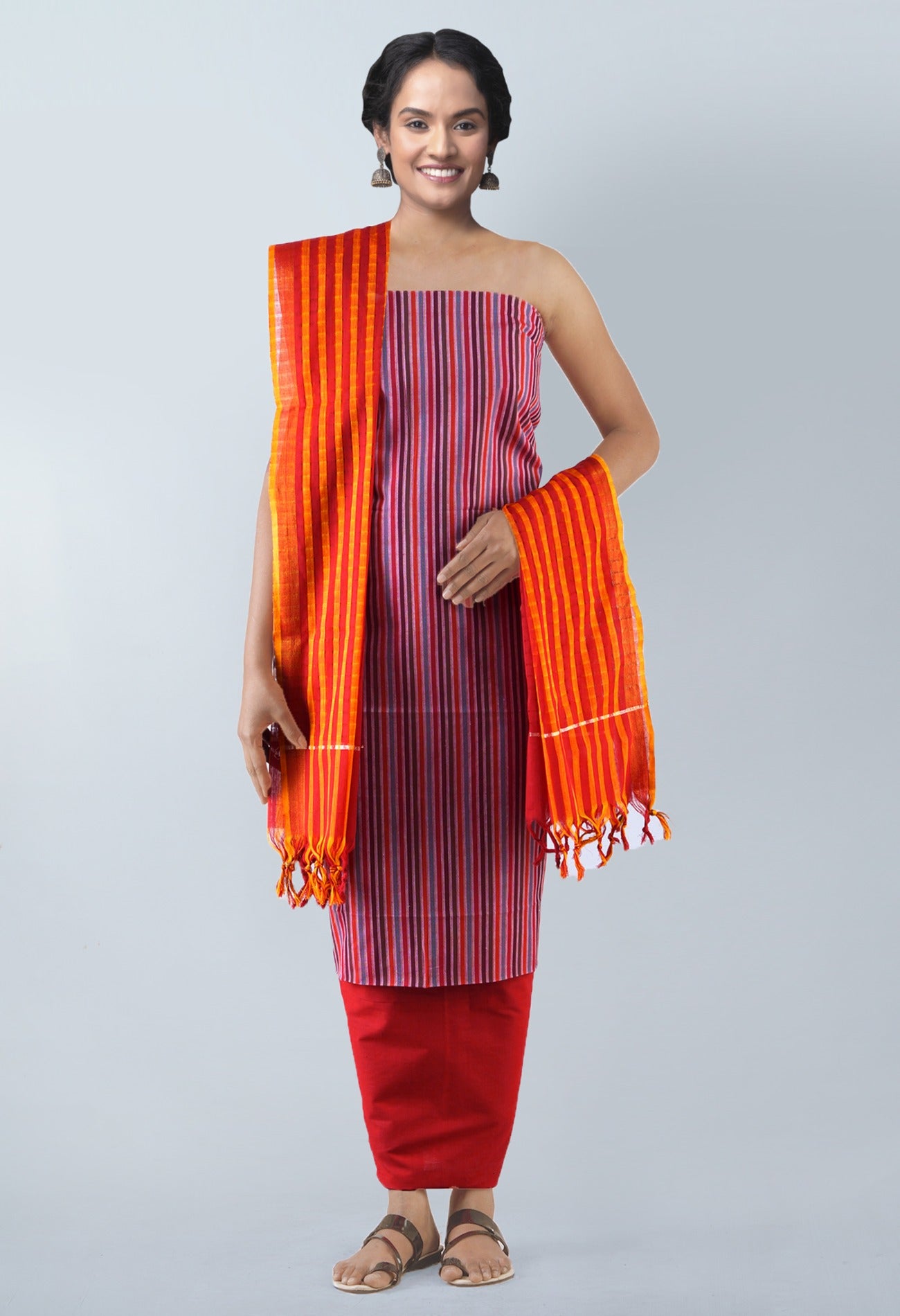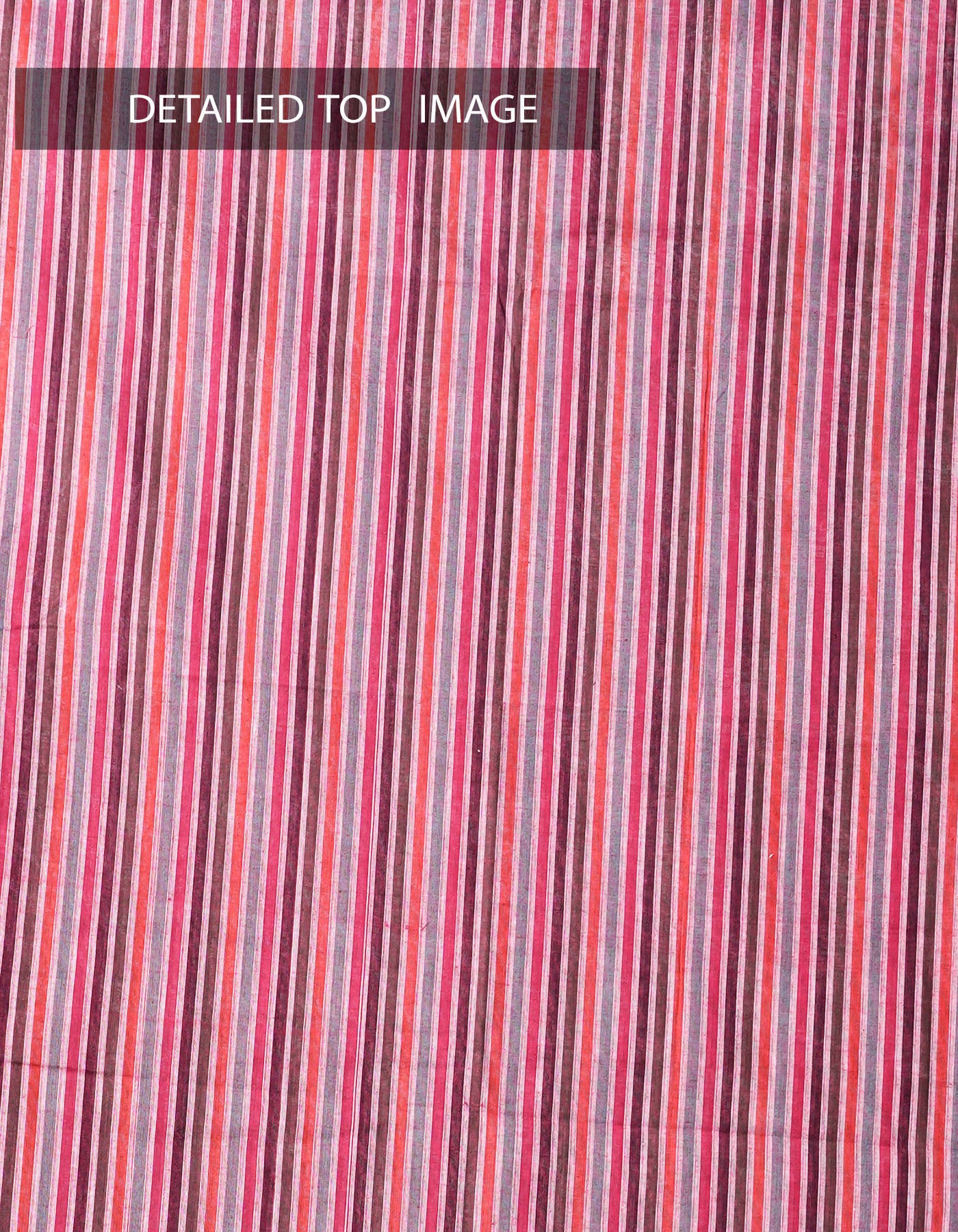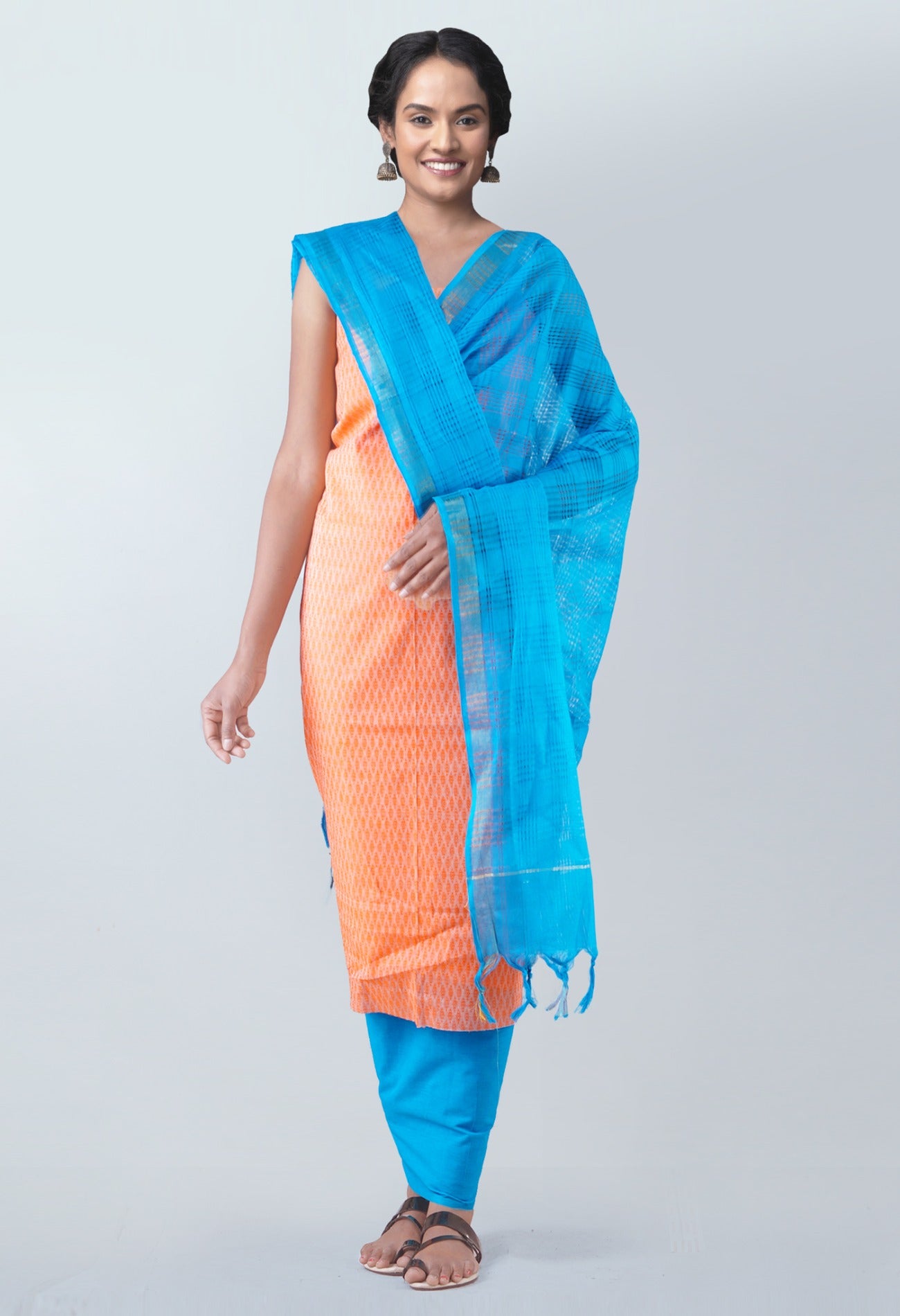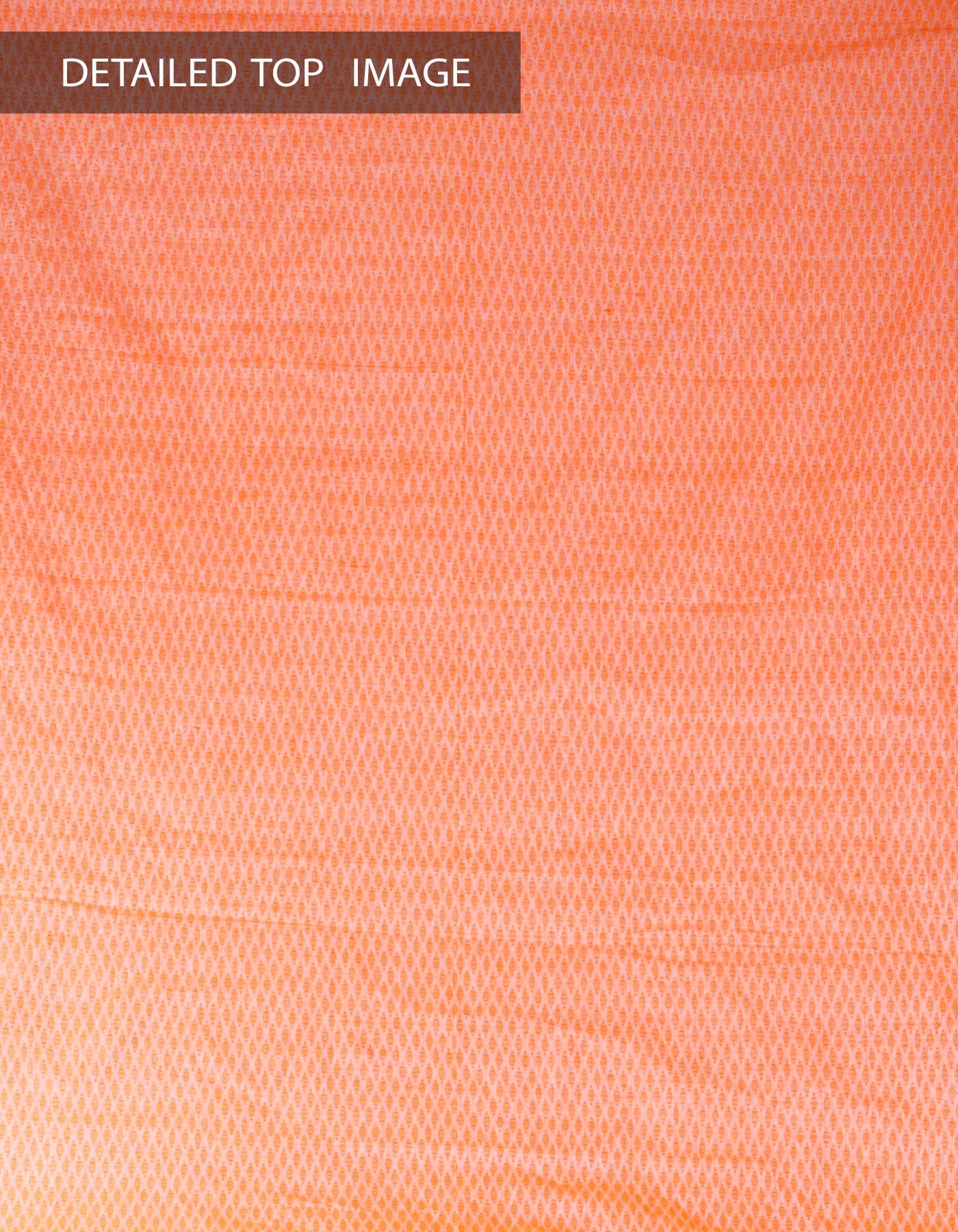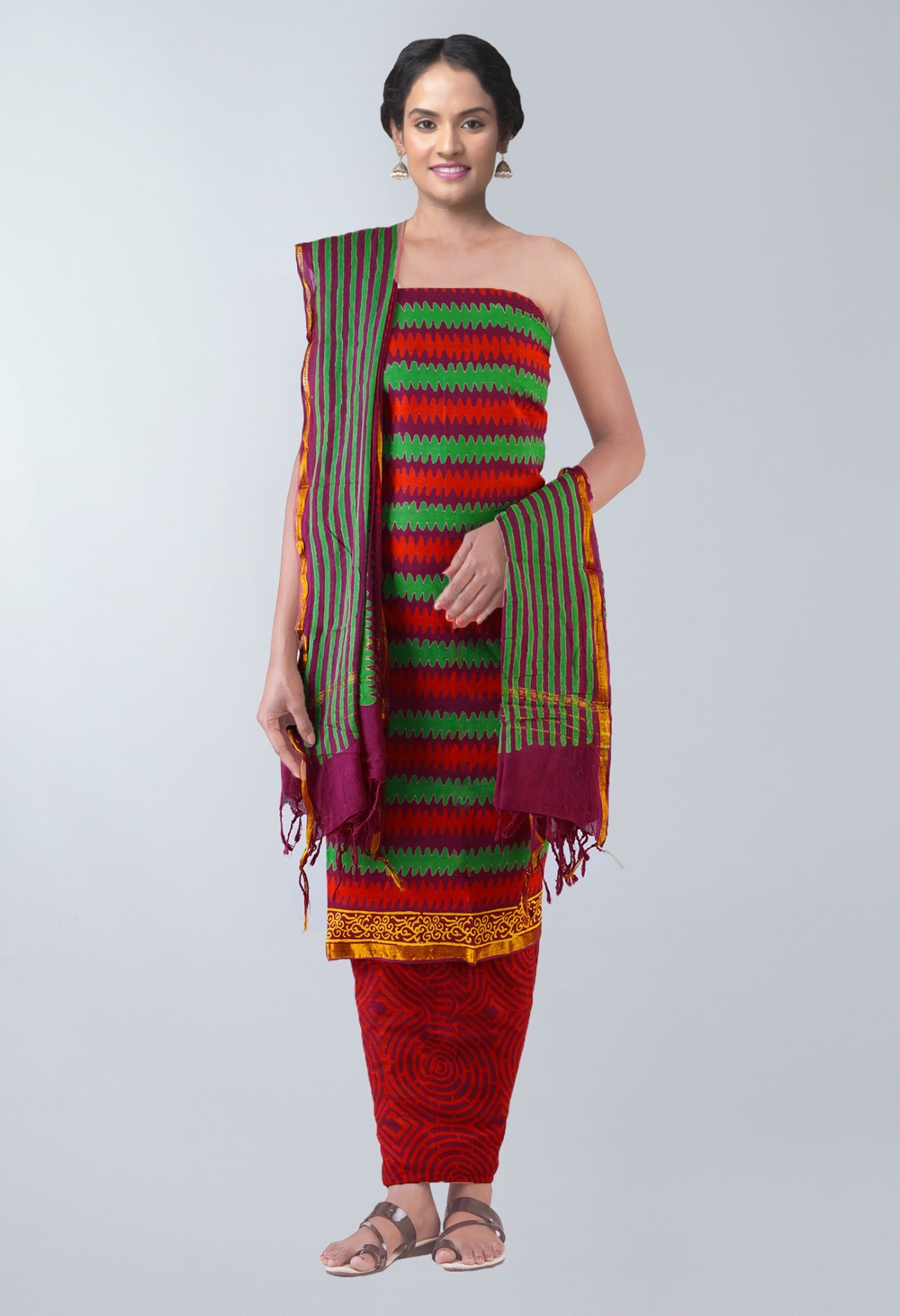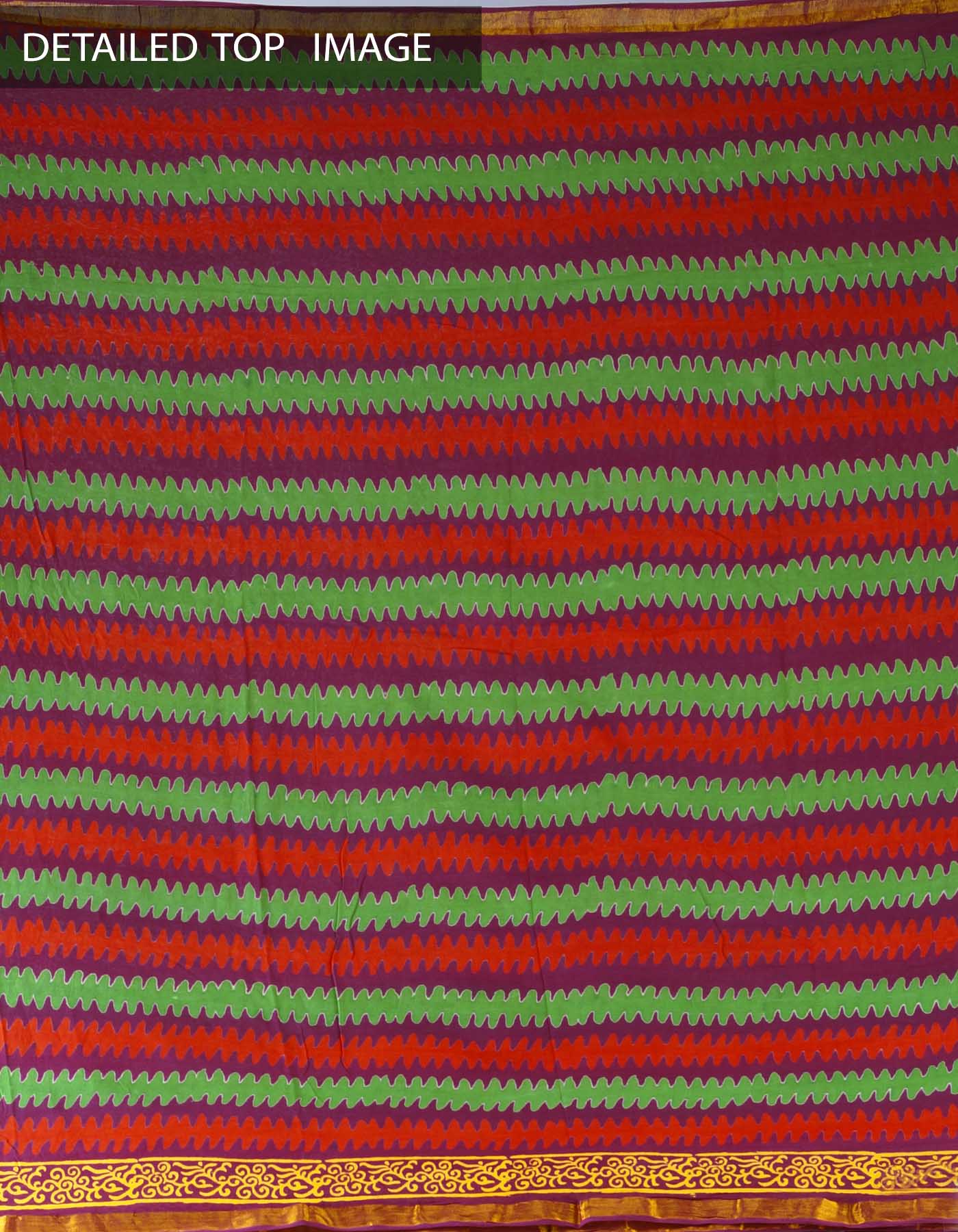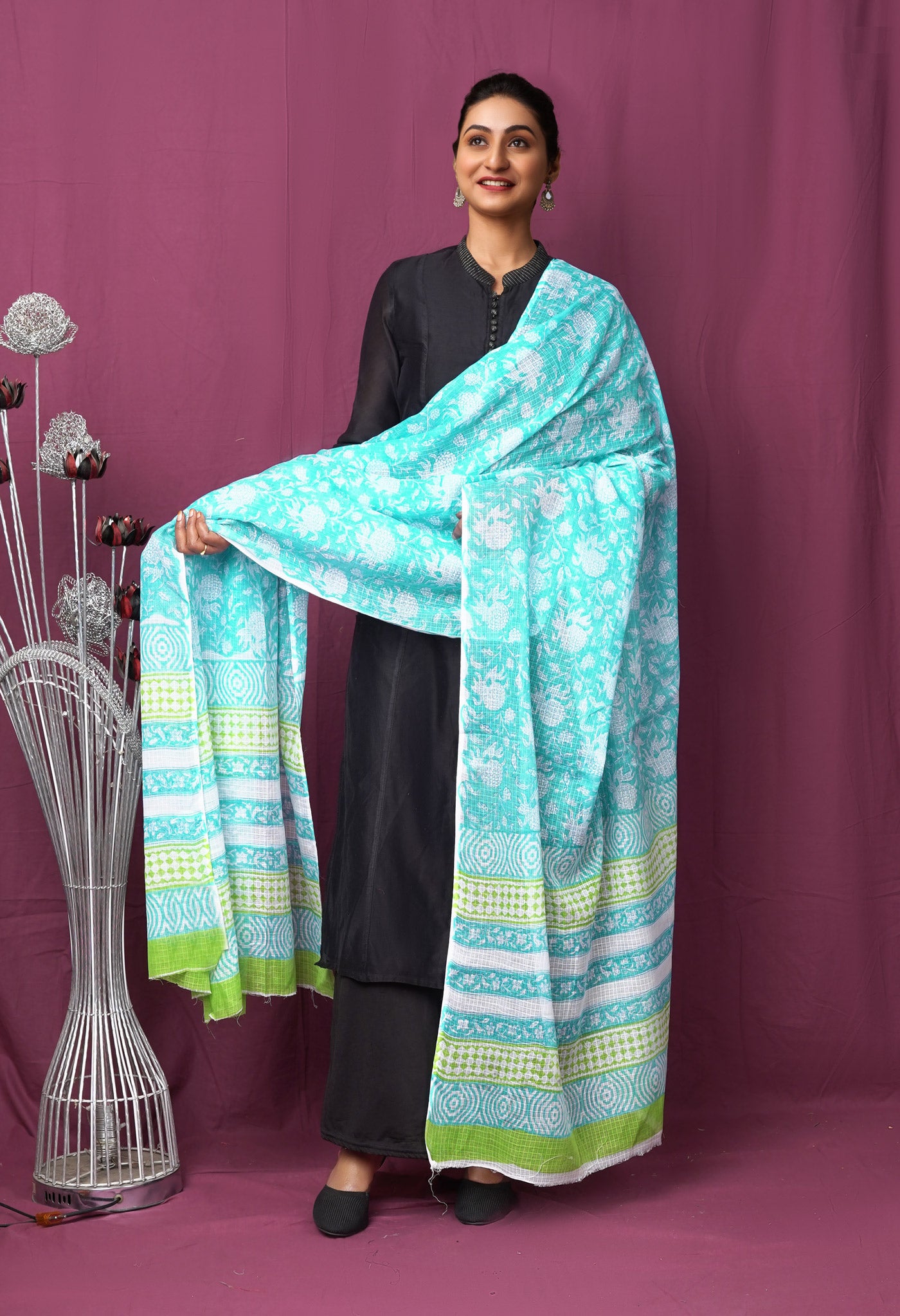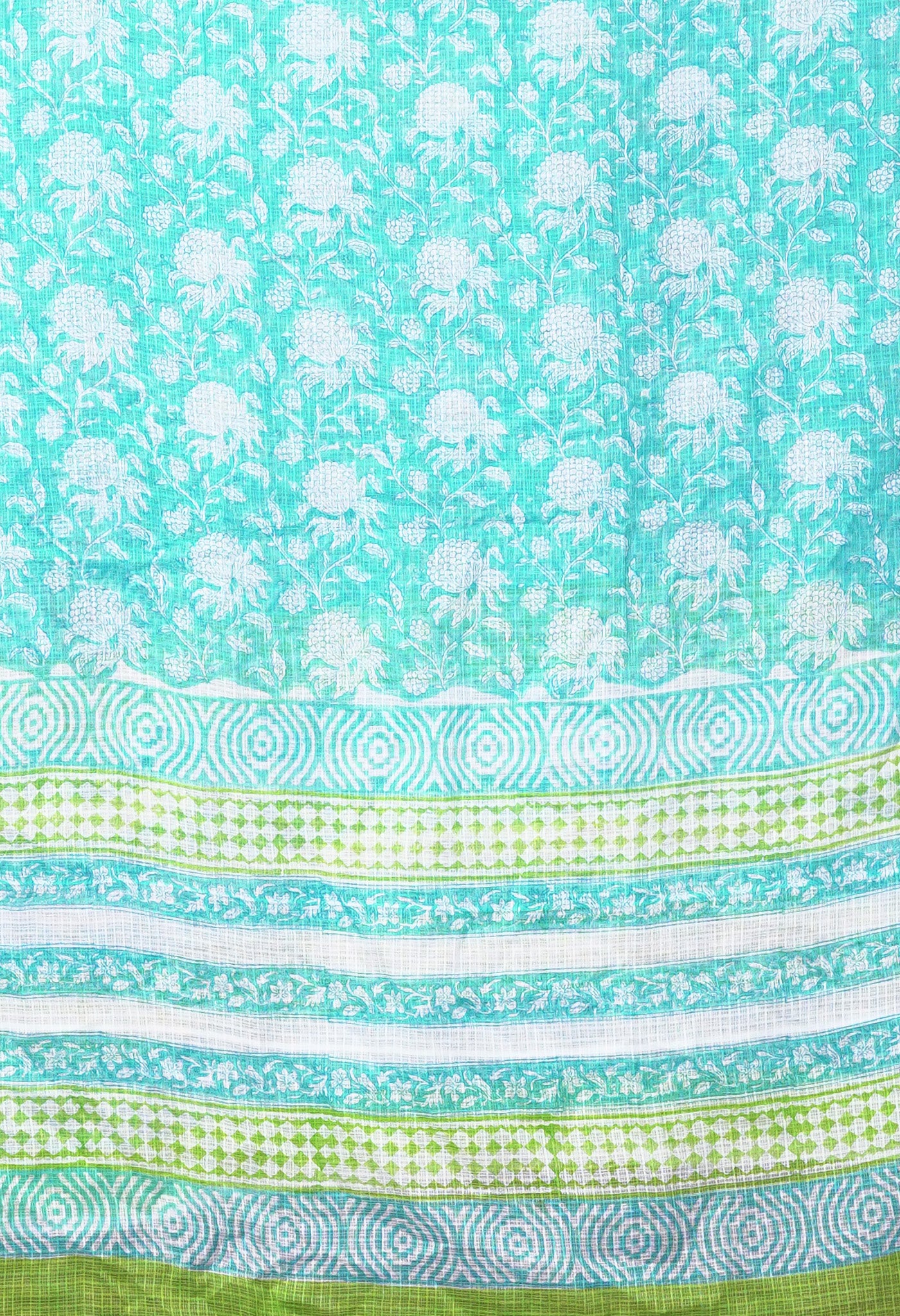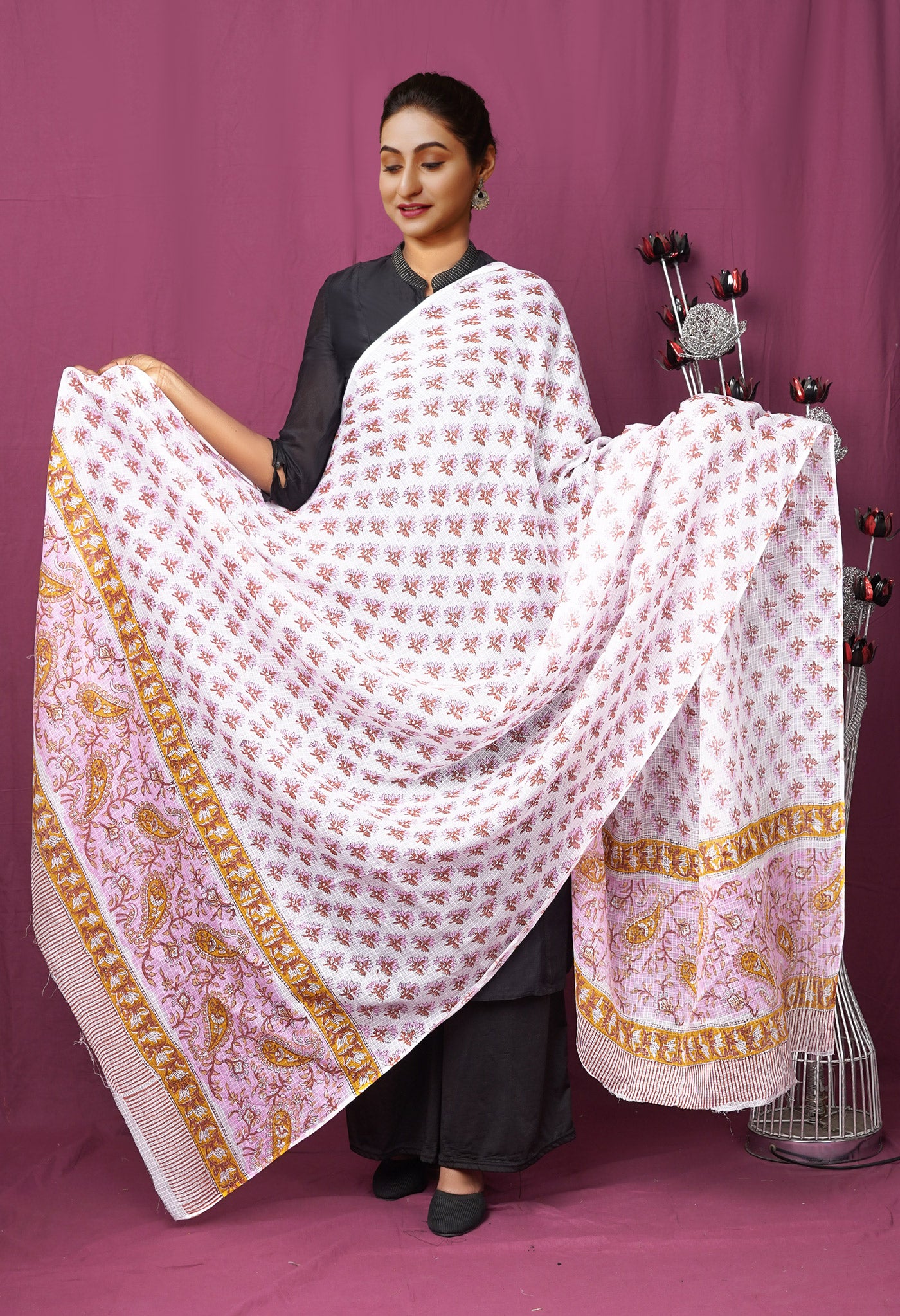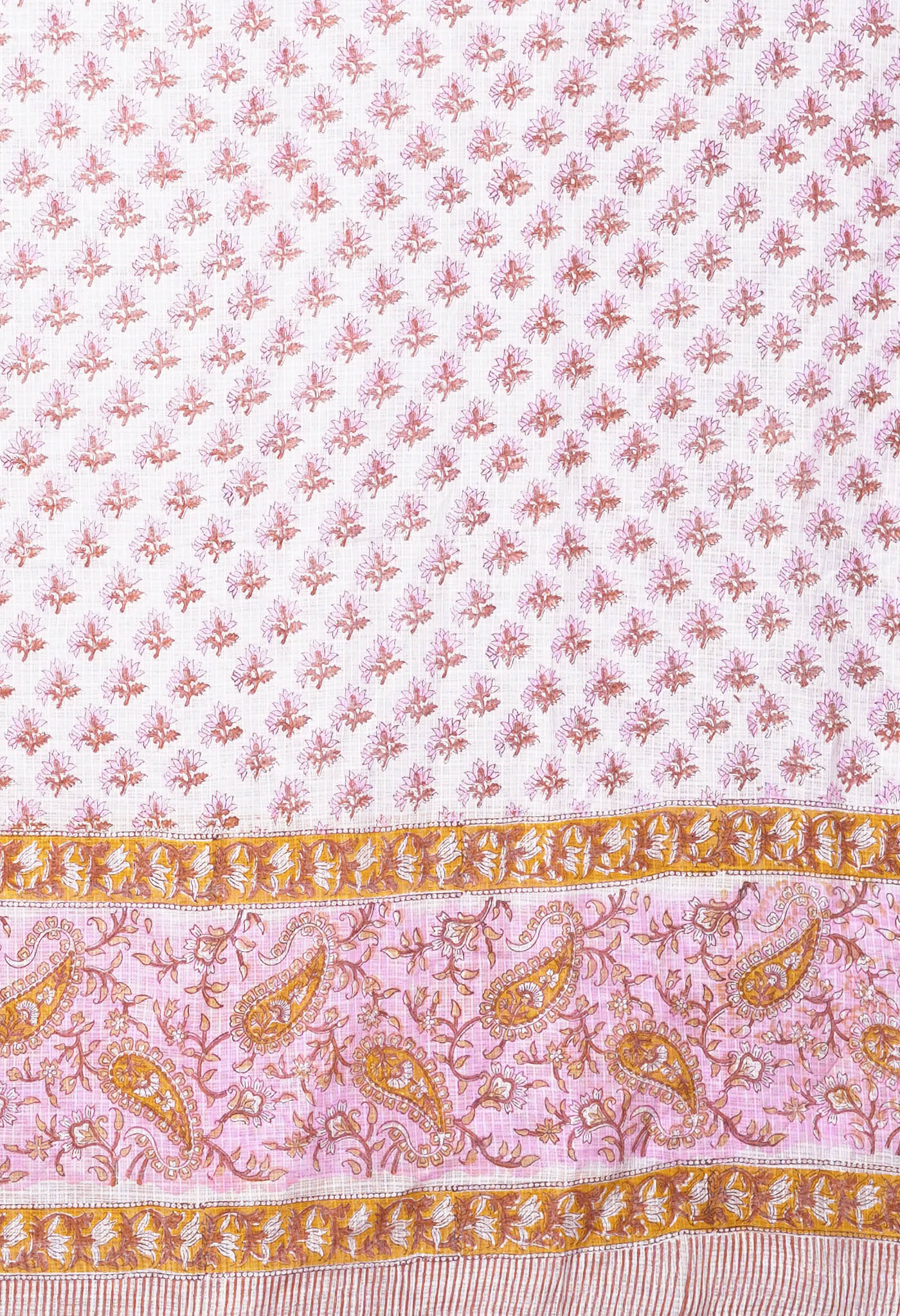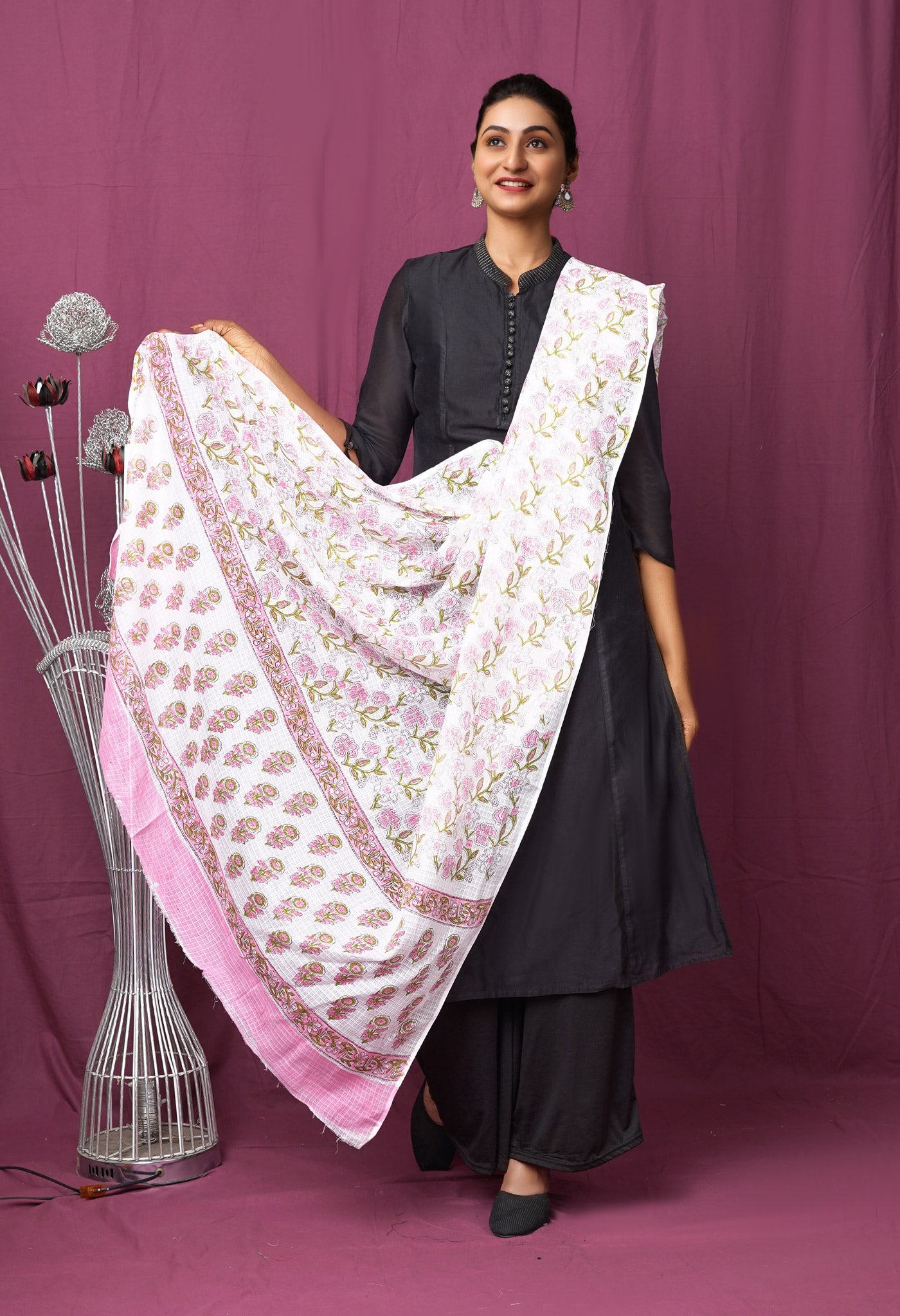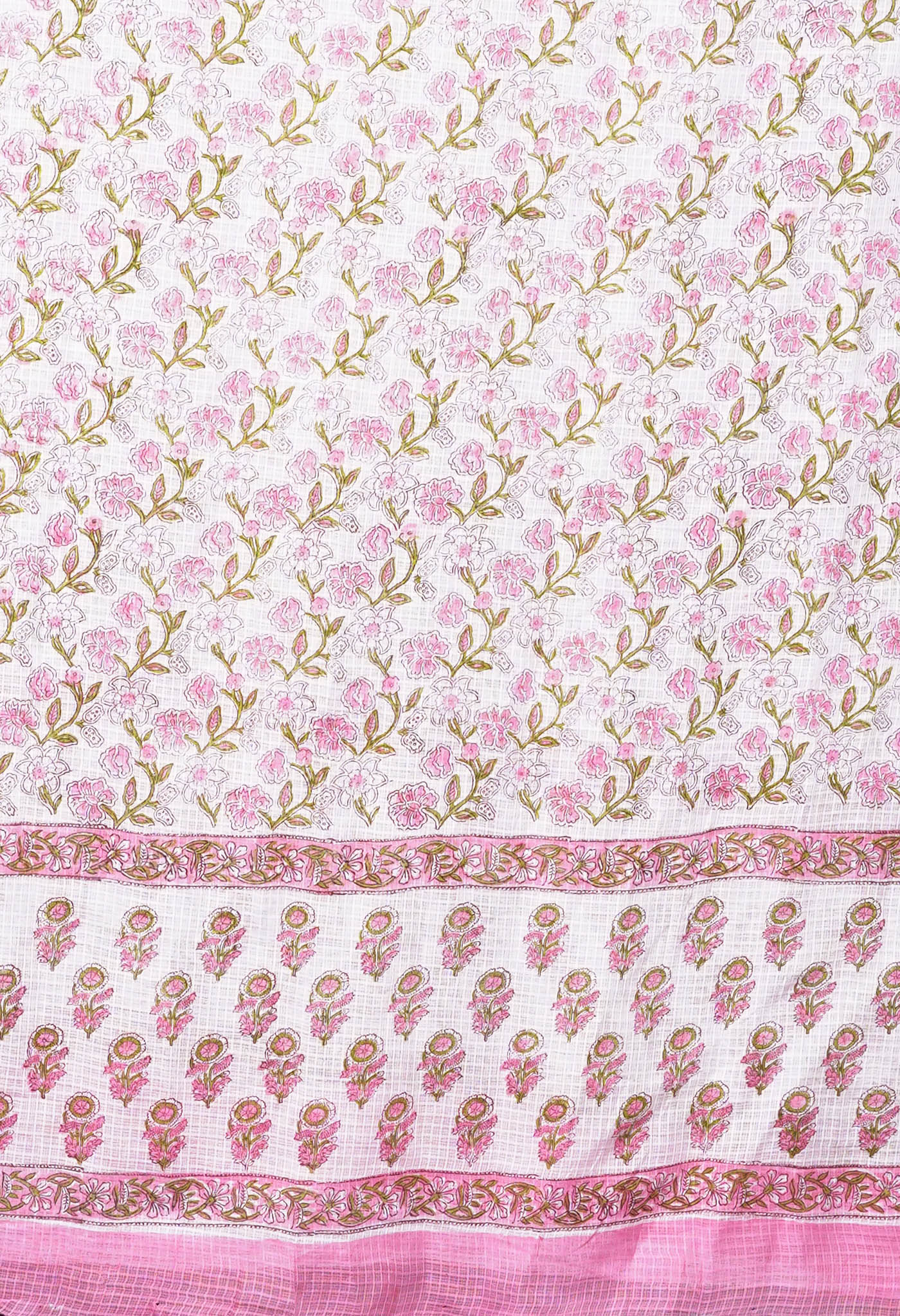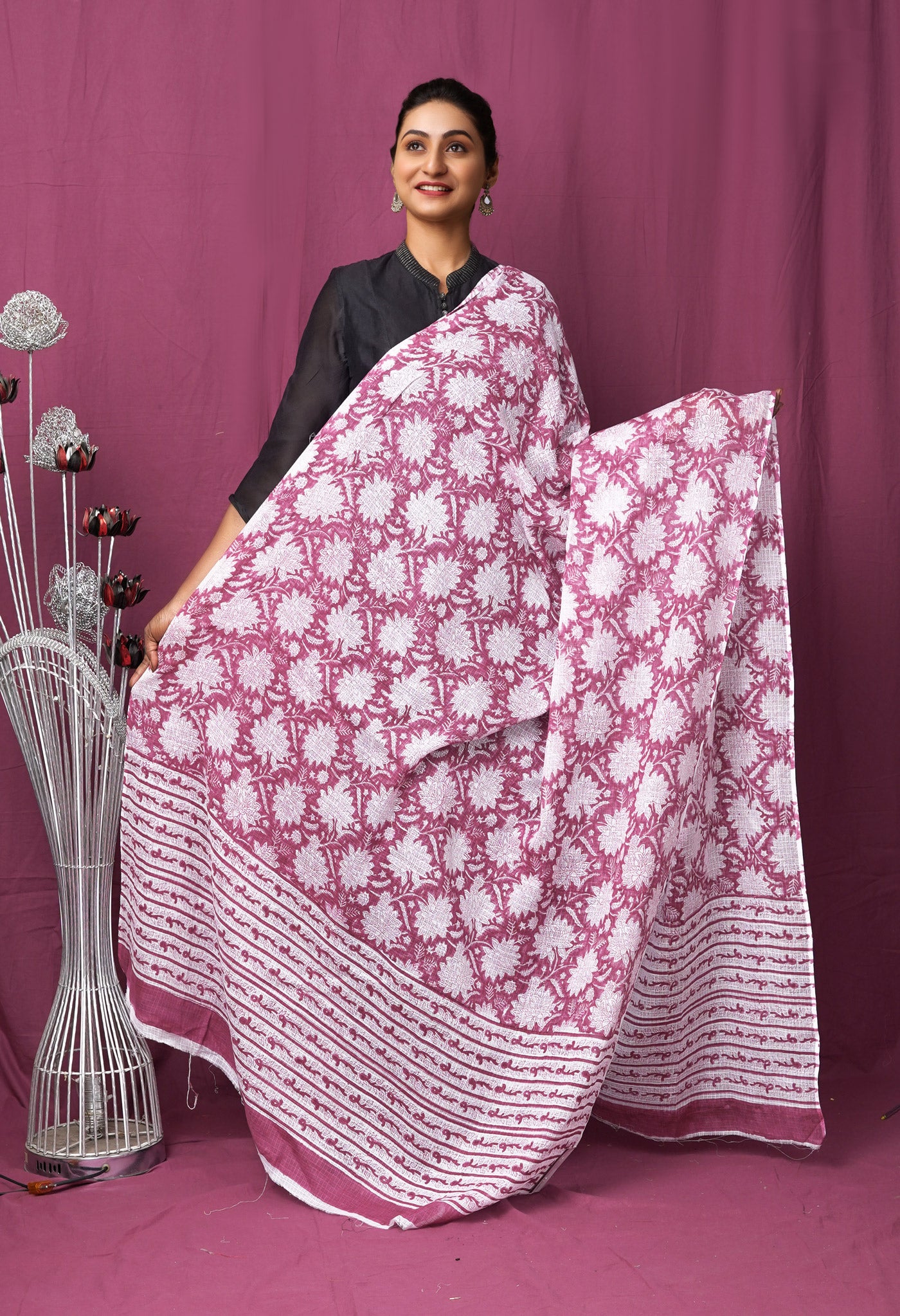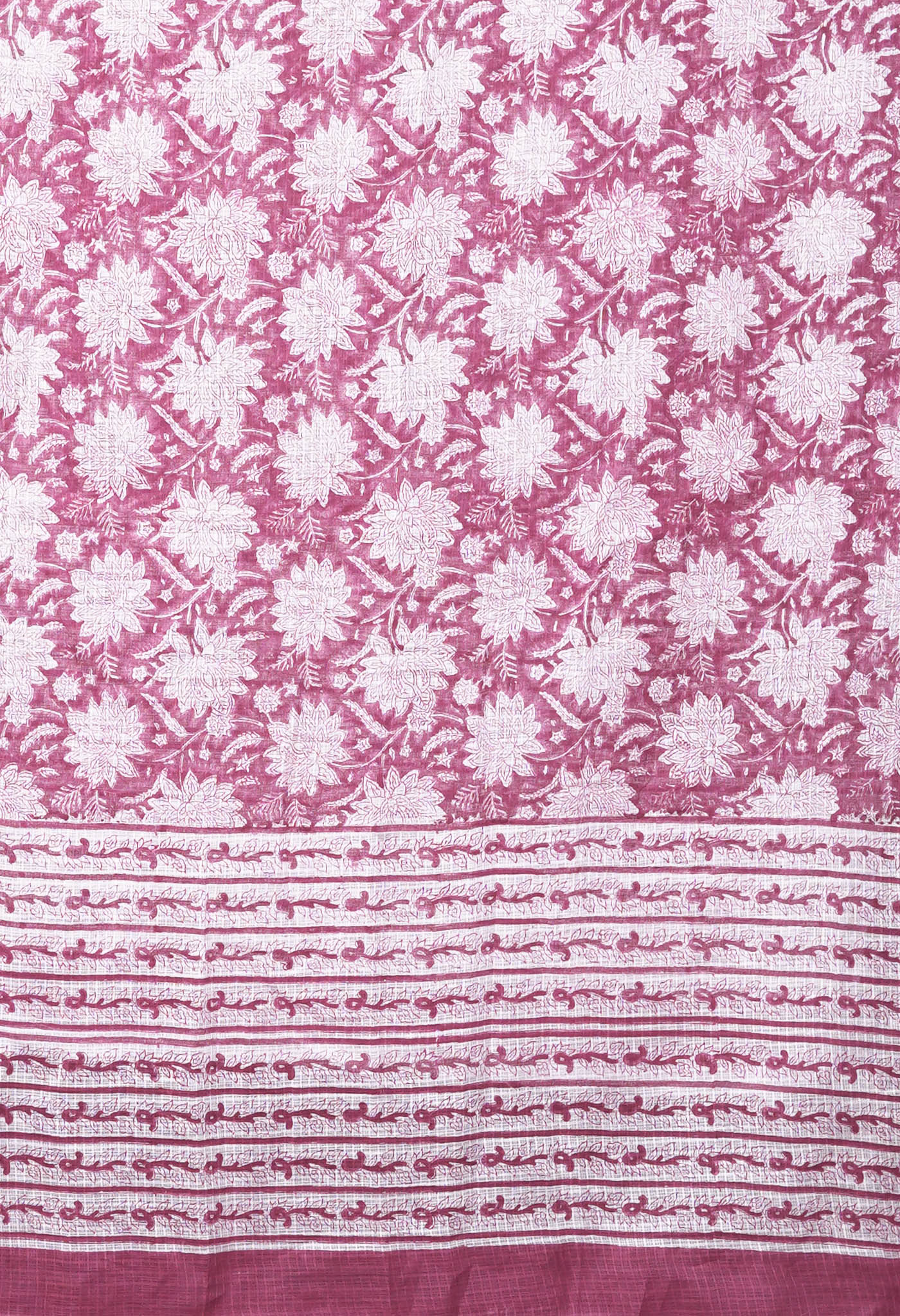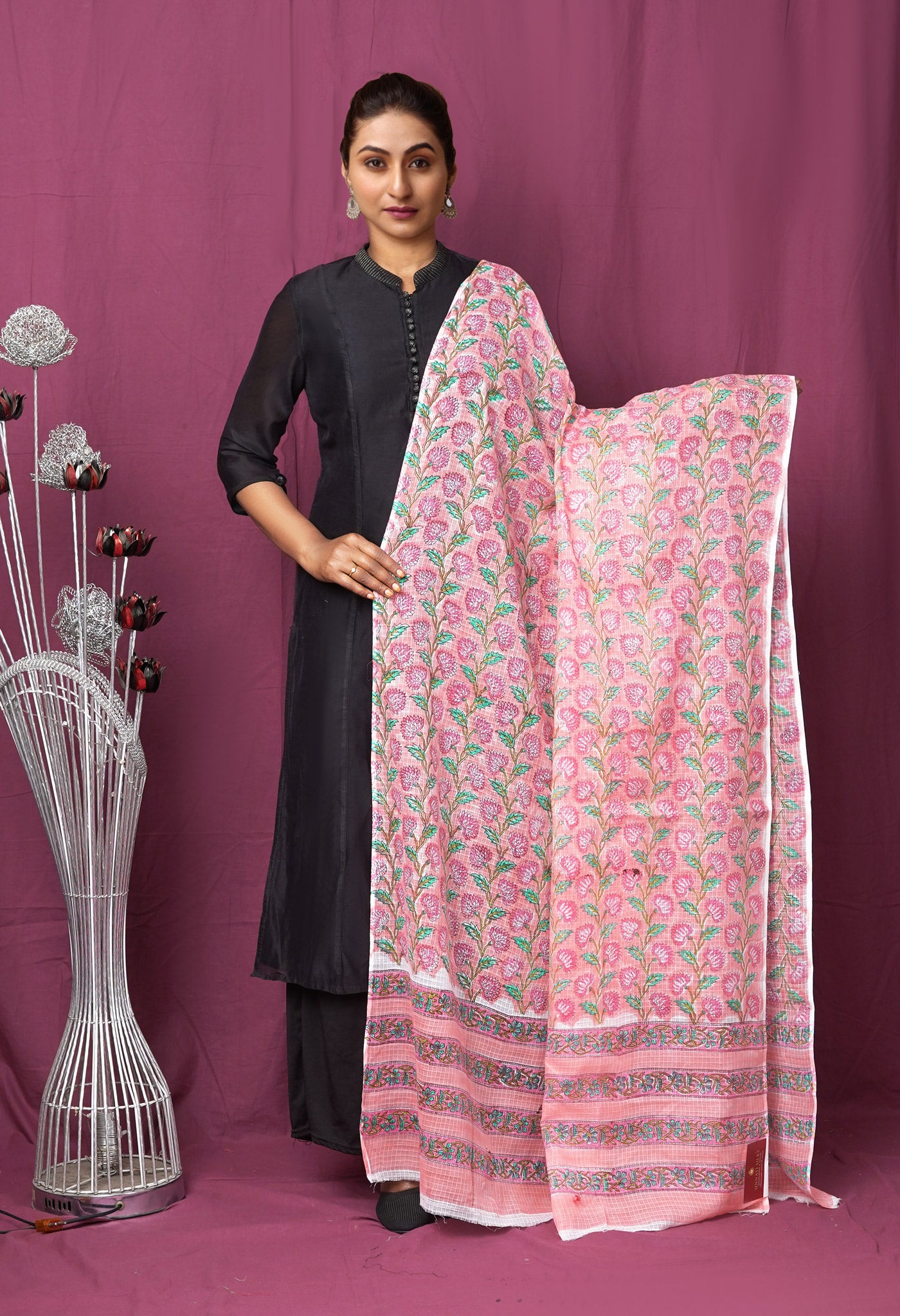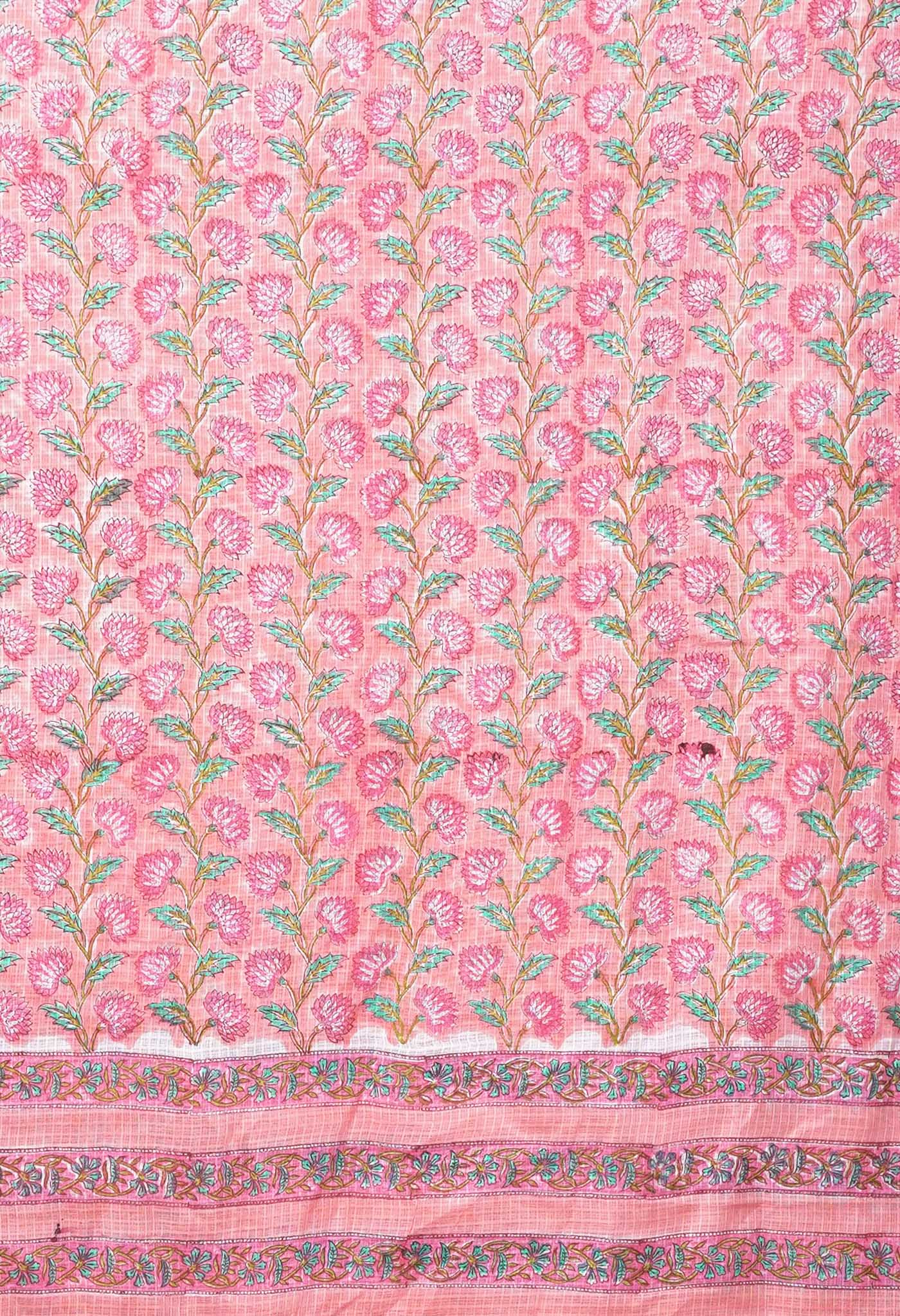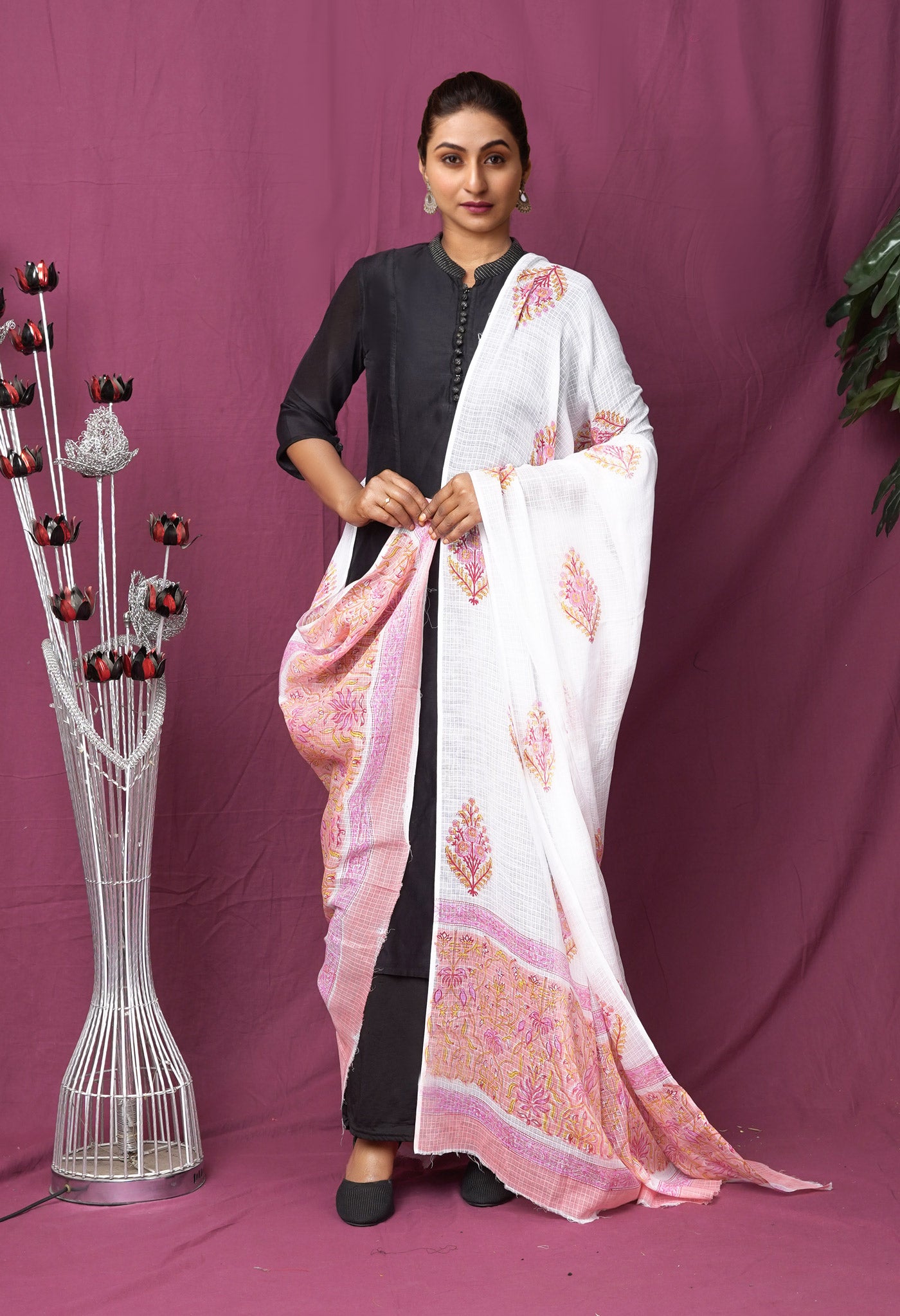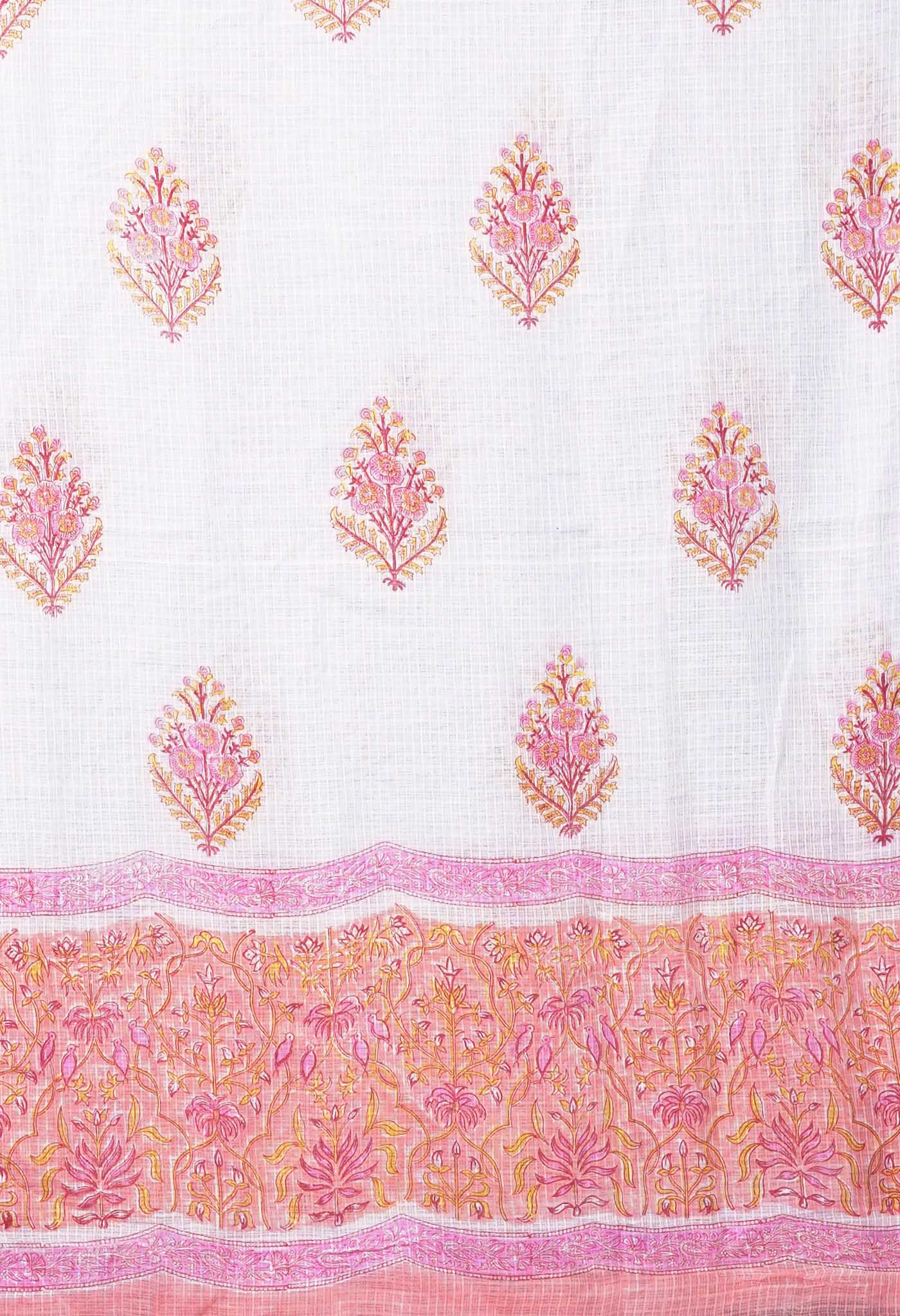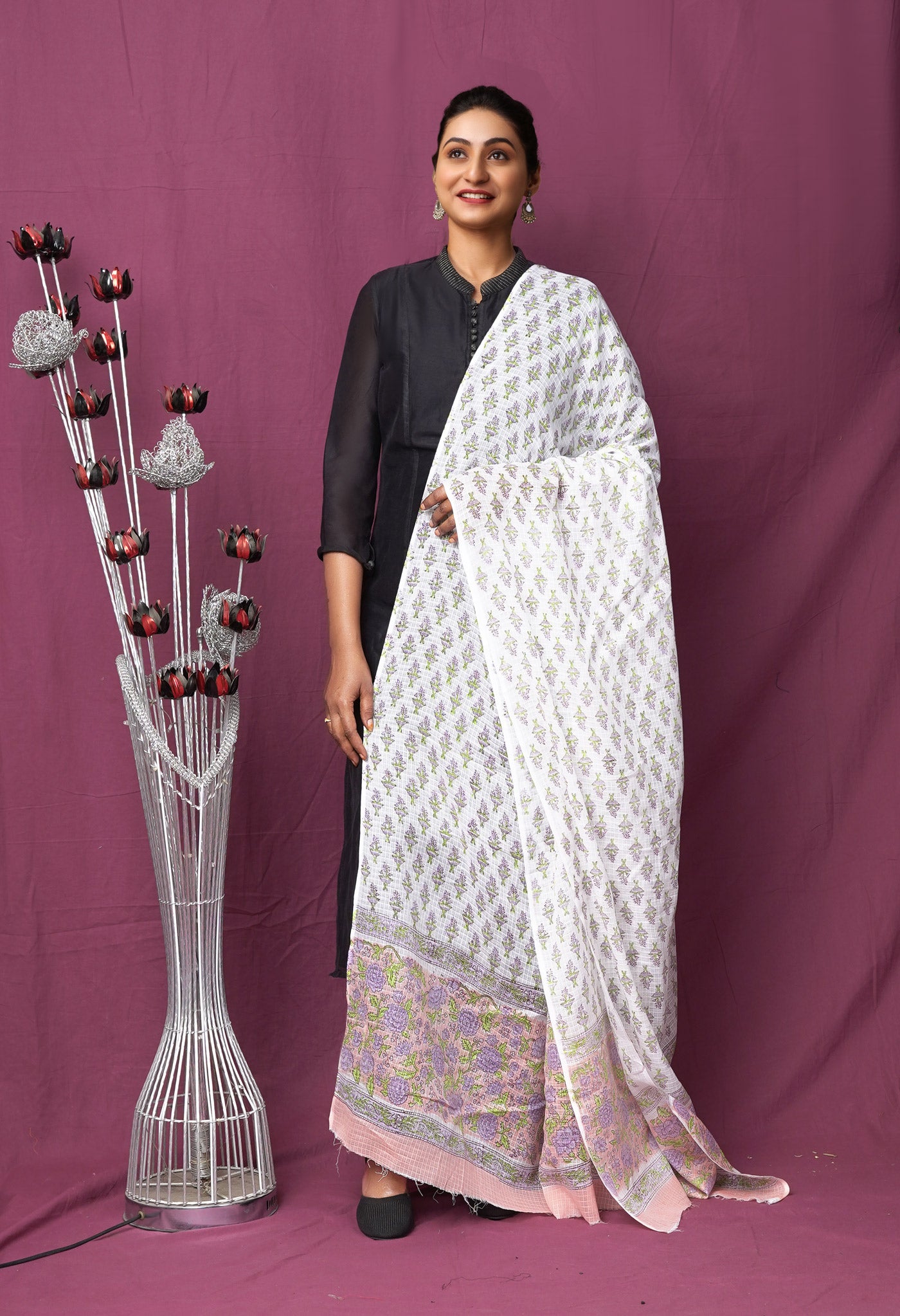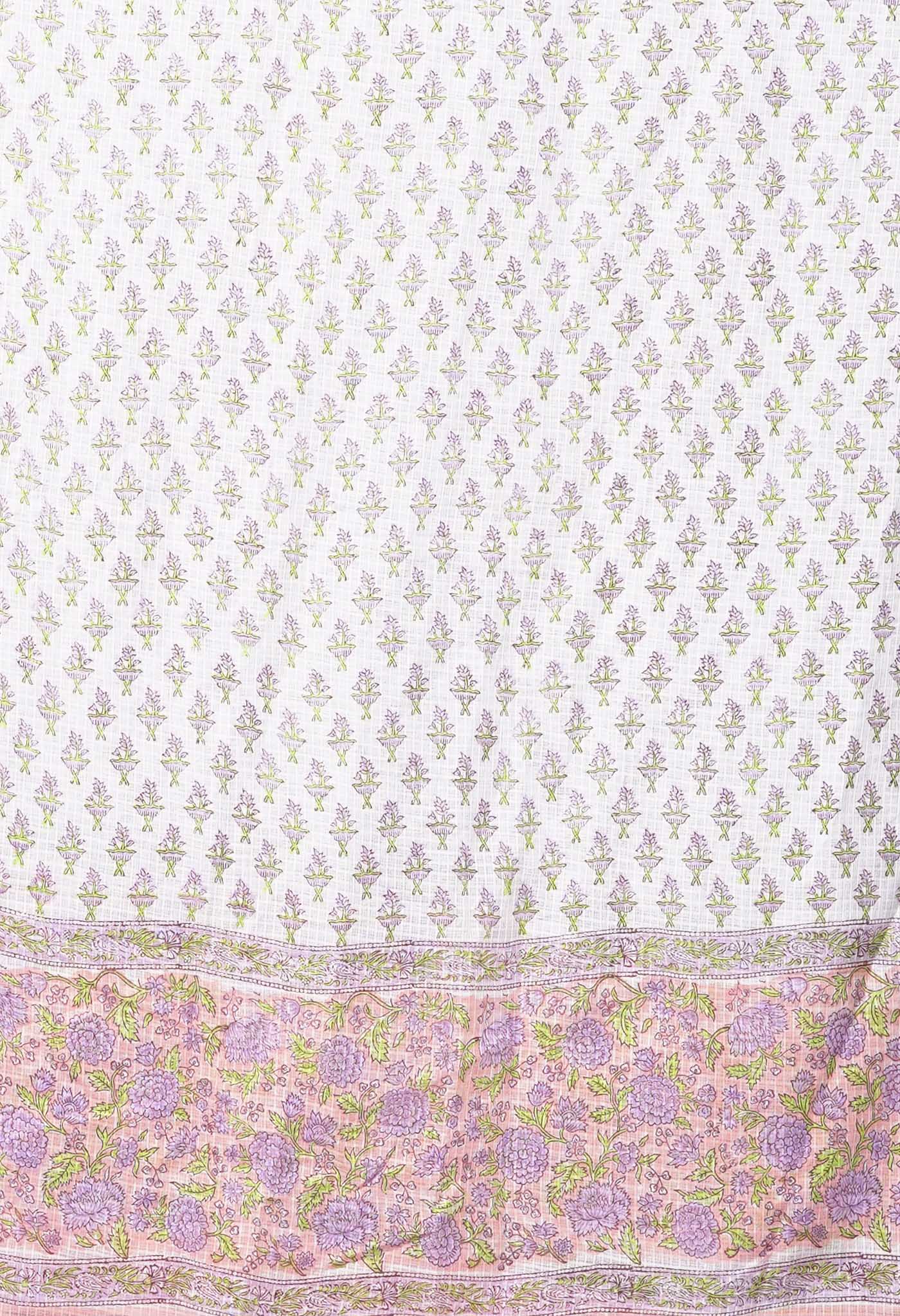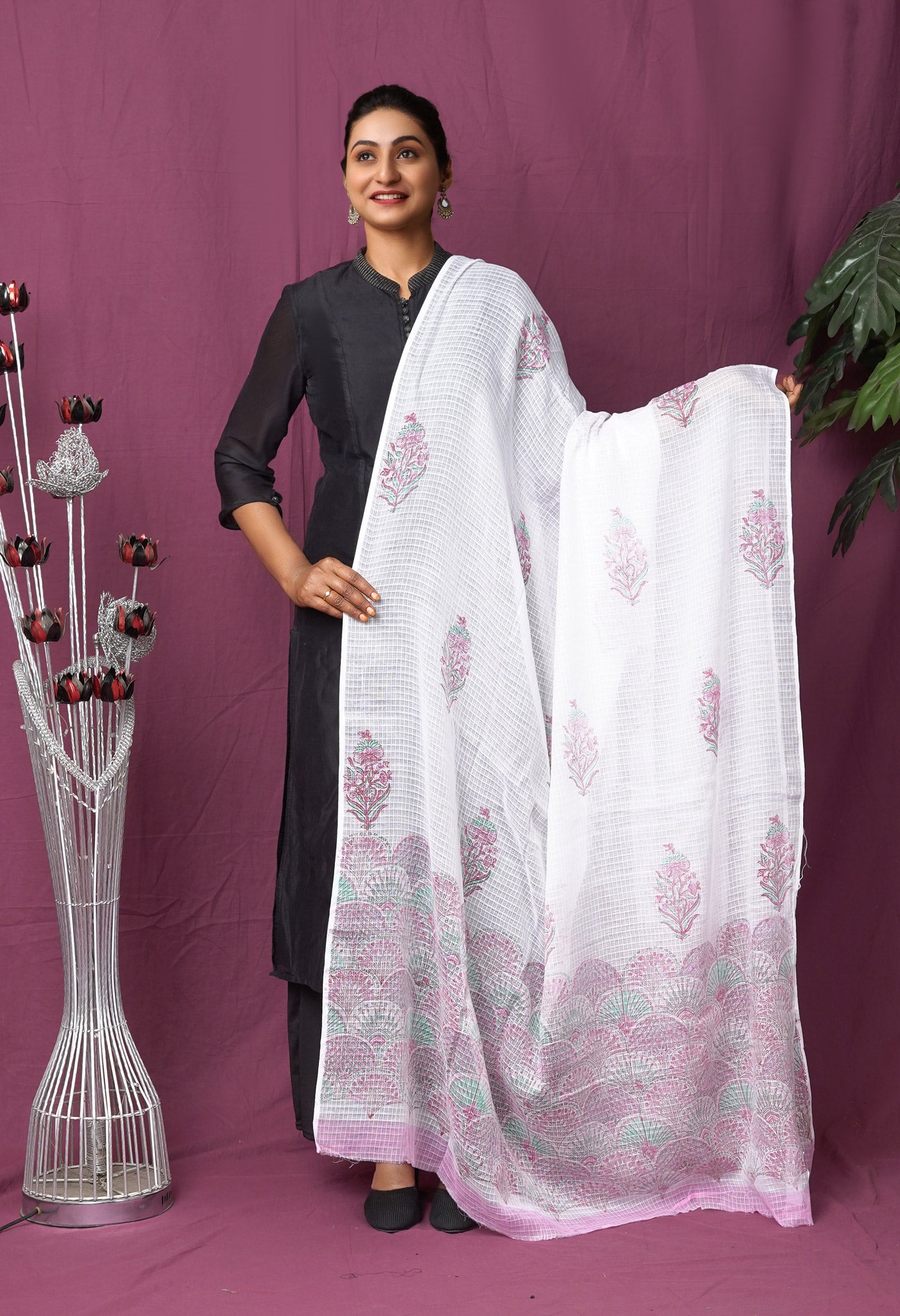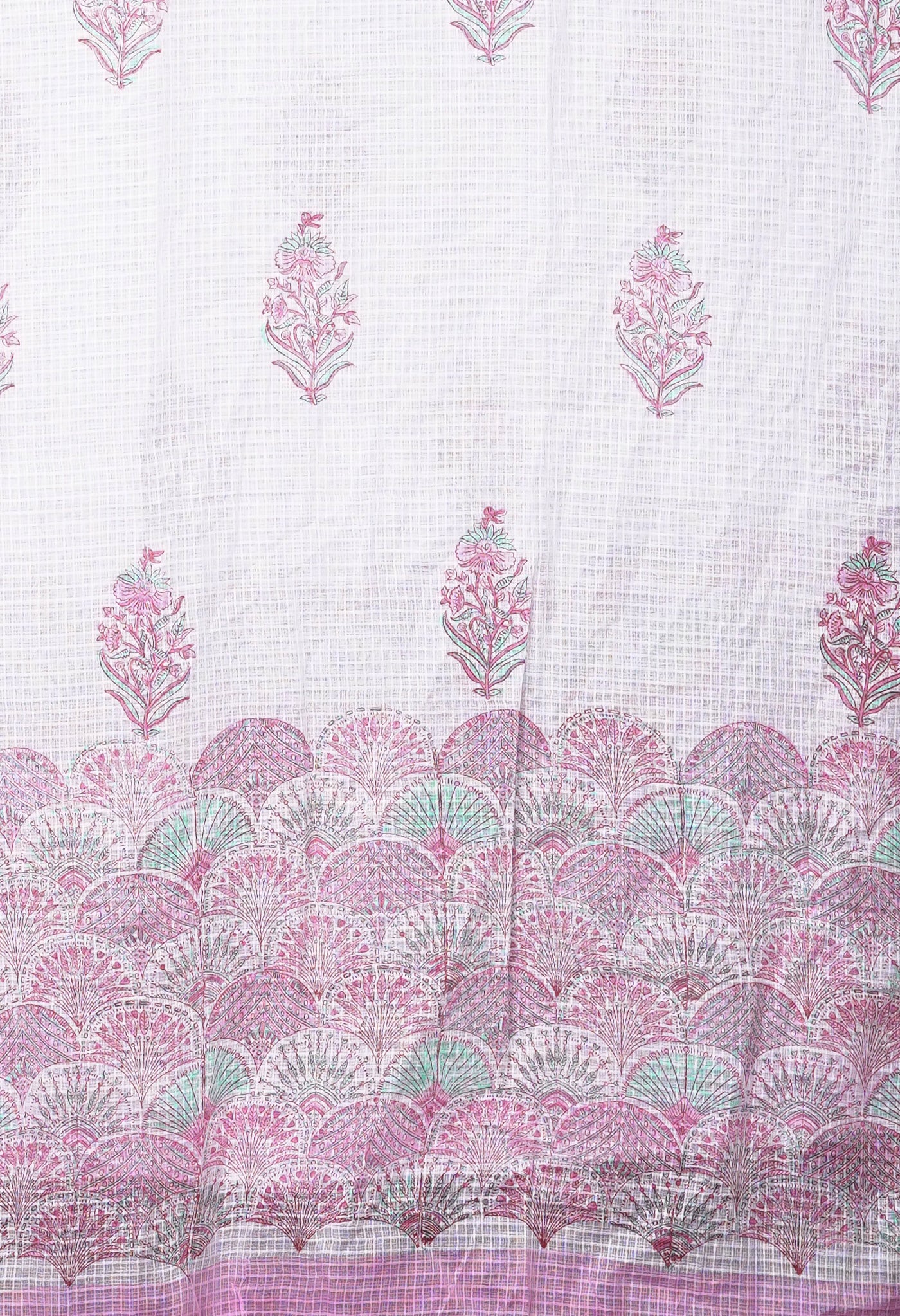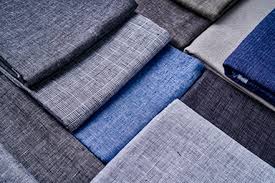
Would you prefer to wear linen or hemp?
When one looks at a fabric made of linen and a fabric made of hemp, it is highly doubtful that they can be clearly distinguished as which is which by an average person. In fact the fibers of hemp resemble that of linen so closely that the naked eye cannot distinguish easily at first glance. With virtually similar properties and appearance it is the trained eye that distinguishes the difference.

The fibers can only be distinguished by the direction in which they twist upon wetting: hemp will rotate counterclockwise; flax, clockwise.
What are the similarities that we find in linen and hemp fabrics?
- Both linen and hemp are soft fabrics, easily handled, very elegant in appearance and with fluidity.
- As fibres they are both strong, with hemp being much stronger of the two and with more durability. Hemp is supposed to outlast other natural fibres in lifespan.
- Both linen and hemp have admirable moisture retention qualities with hemp (12 %) being able to retain a bit more than linen (between 10 & 12 %).
- As breathable fabrics both are excellent.
- And what to say of keeping cool in summer and warm in winter? Both having hollow fibres are able to achieve that.
- Both linen and hemp have anti-bacterial properties, are insect resistant by nature, become softer and lustrous with subsequent washes, and are known for their excellent dye absorbing qualities.
- Both hemp and flax (from which linen is derived) are made from fibers found in the stems of plants, and both are very laborious to produce. The strength and quality of both fibers are highly dependent on seed variety, the conditions during growth, time of harvest and manner of retting and other post-harvest handling.
- And of course both are bio-degradable hence environment-friendly.
- But on the flip side both wrinkle easily.

But both linen and hemp have their differences too.
- Hemp fibers are 4 to 7 feet in length. Linen fibres are comparatively much shorter at 1.5 to 3 feet in length.
- Flax fibers are yellowish buff to gray; hemp fibers are yellowish gray to dark brown.
- Hemp has the least elasticity of all natural fibres (stretches less) and compared to linen quite poor.
- But then Hemp is highly resistant to rotting, mold, mildew and salt water.
- It is also highly resistant to sunlight so it does not fade or disintegrate easily.
 And what about hemp as a fibre that grows well without the use of chemicals, is much more immune to pests compared to other natural fibres. The average yield of hemp between 500 to 800 lb. is much higher than that of flax (fiber for linen) at 325 to 450 lb. in the same area of land. The hemp yield also translates to a biomass that can be converted into clean-burning alcohol used as fuel.
And what about hemp as a fibre that grows well without the use of chemicals, is much more immune to pests compared to other natural fibres. The average yield of hemp between 500 to 800 lb. is much higher than that of flax (fiber for linen) at 325 to 450 lb. in the same area of land. The hemp yield also translates to a biomass that can be converted into clean-burning alcohol used as fuel.
- And the virtues of hemp as a crop of sterling qualities, is well-known. The roots of the hemp plant go deep into the soil (three feet or more) thereby protecting the soil from runoff, keeping the topsoil moist and most importantly keeping the soil in good condition, crop after crop. Because of the manner in which the roots go deep, it does not allow weed growth to survive.
- But the virtues of the hemp fibre has not made it cheaper than the linen fiber primarily because the manual effort from start to finish is much more for hemp.
So which are the countries that grow hemp and have gone a big way in the creation of hemp fabrics?
[/vc_column_text][vc_btn title="Shop Online Beautiful Linen Sarees" color="warning" align="center" link="url:https%3A%2F%2Fwww.unnatisilks.com%2Fsarees-online%2Fby-popular-variety-name-sarees%2Fonline-linen-saree.html||target:%20_blank"][/vc_column][/vc_row]

